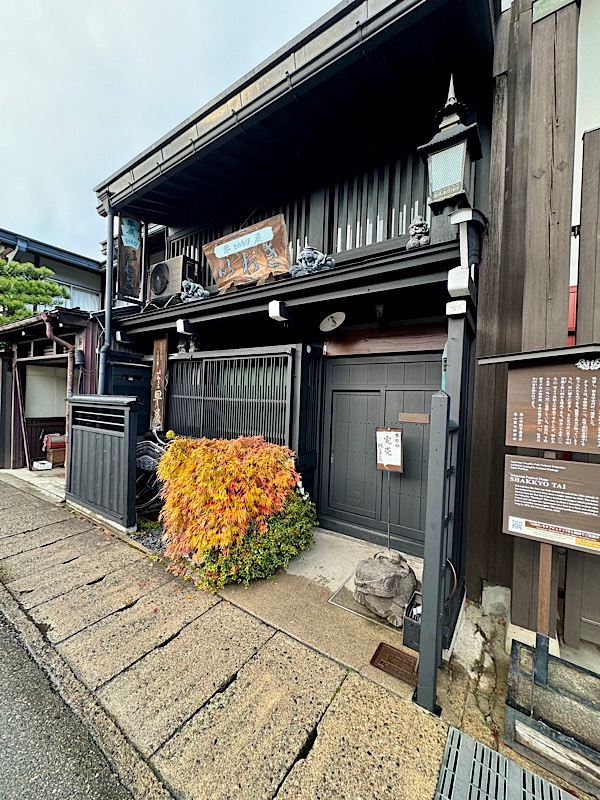Went looking this morning for the famous Intel Hotel Zaandam, which is known for its kooky, colourful architecture. We had a perfect day for it – weather was gorgeous, and is probably going to be the last sunny day we will get for a while. Problem was, the front of this hotel seem rather hard to find. There are plenty of other bright coloured buildings in Zaandam, but not quite the one I was looking for…
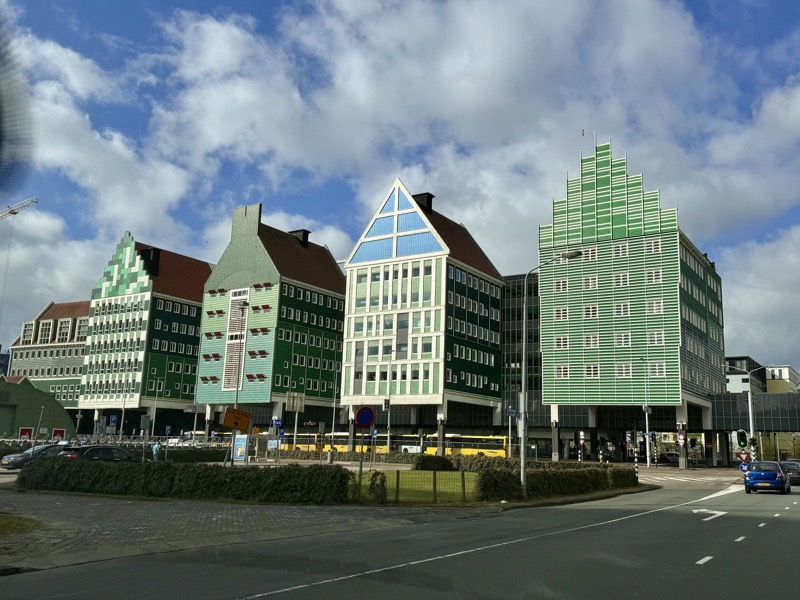
Close, but no cigar, I think that is the back of it on the right.

Felt like we were getting closer…
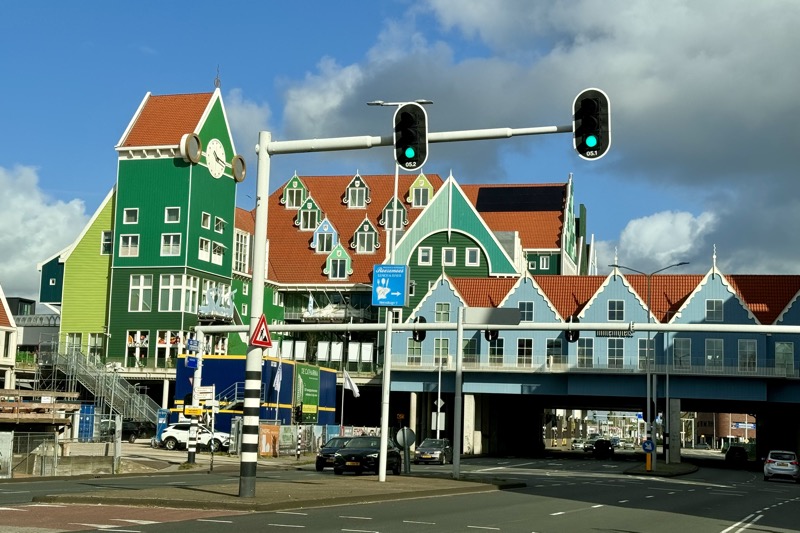
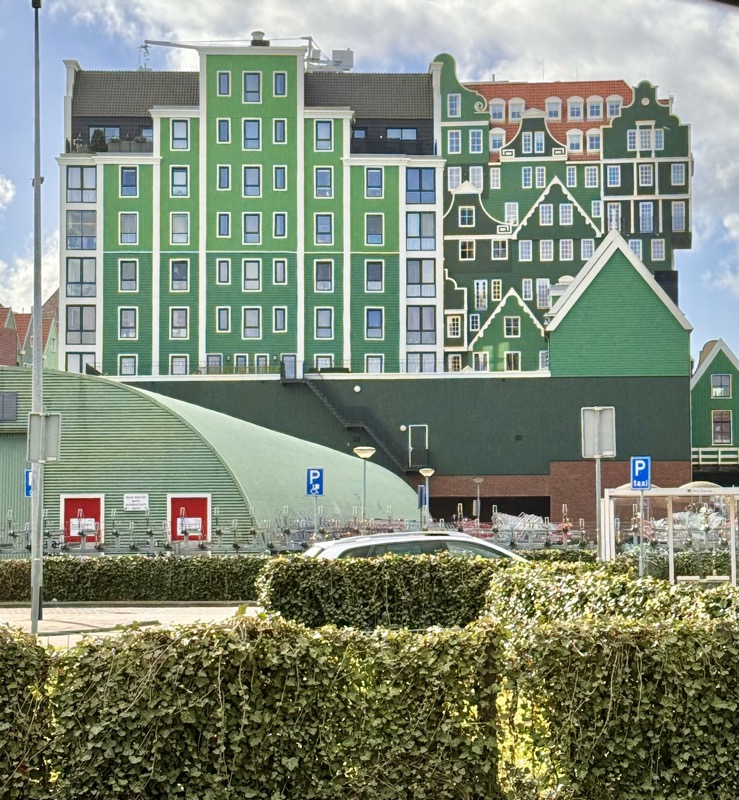
And then disco! Around one more corner and the perfect vantage point for the frontage of the crazy arse Intel Zaandam Hotel… I’d stay here, but it kinda looks unstable; like someone designed it while stoned out of their gourd.
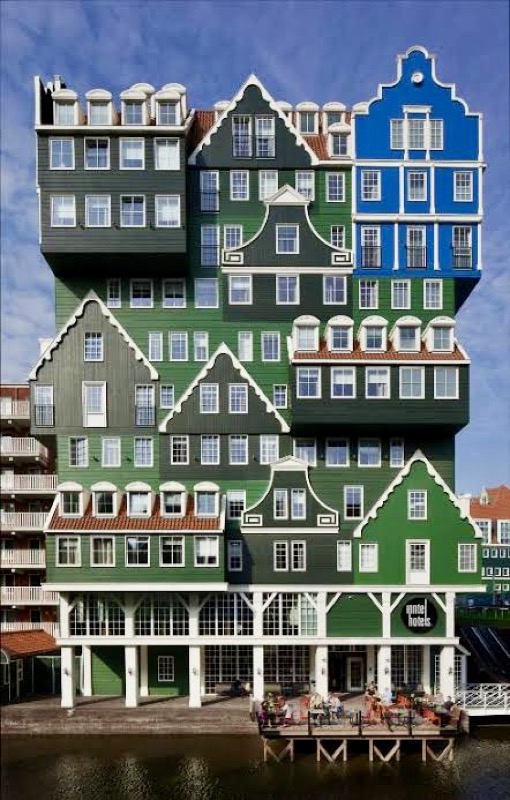
Anyway, after chasing down some crazy architecture and a decent coffee for Mr K, we hit the road towards Keukenhof to chase us some tulip fields. Back in 1993, I went to the Wynyard Tulip Festival in Tasmania, most of the way to Davenport on a day trip from Hobart – and the images I took from that trip were like this one below… long lines of tulips being grown for commercial purposes. Still beautiful, but flowers growing bulk in straight lines on singular colours for harvesting.
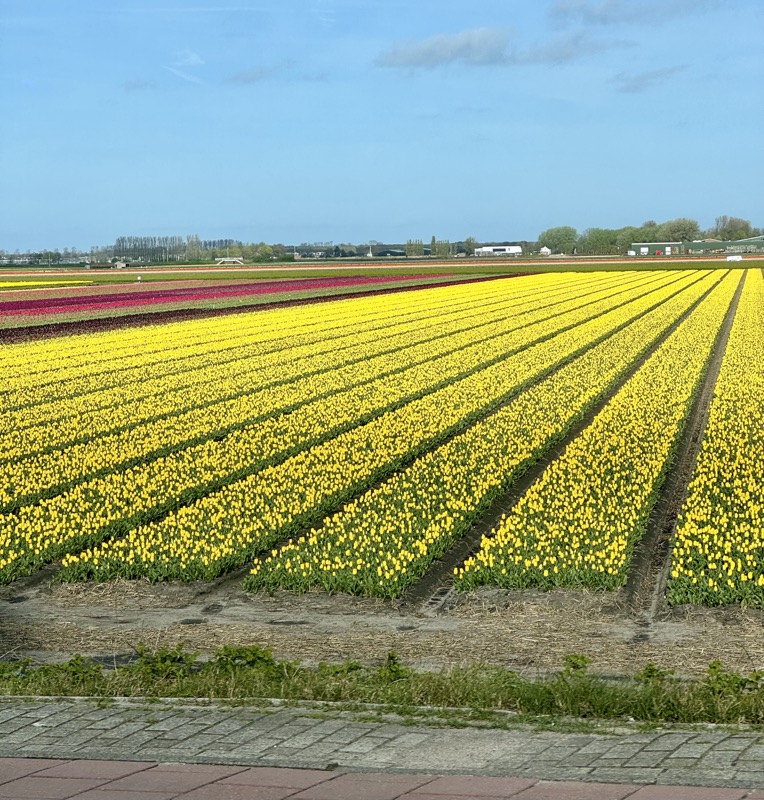
My god did I have that wrong – Keukenhof is known as the ‘Garden of Europe’ and I knew that before we got here, but I figured it was one of those self proclamation things that is always exaggerated, yeah?
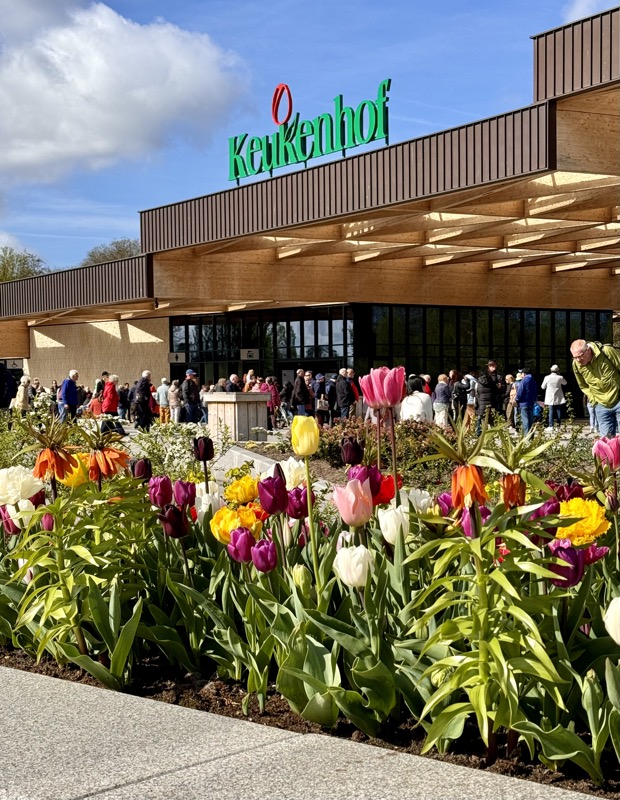
Turns out that Keukenhof is one of the world’s largest flower gardens and gardeners and flower fanciers literally come from all over the world to see the gorgeous flowers when they are in bloom – which is about now… March to late April before the tulips are all beheaded and the bulbs eventually pulled up.
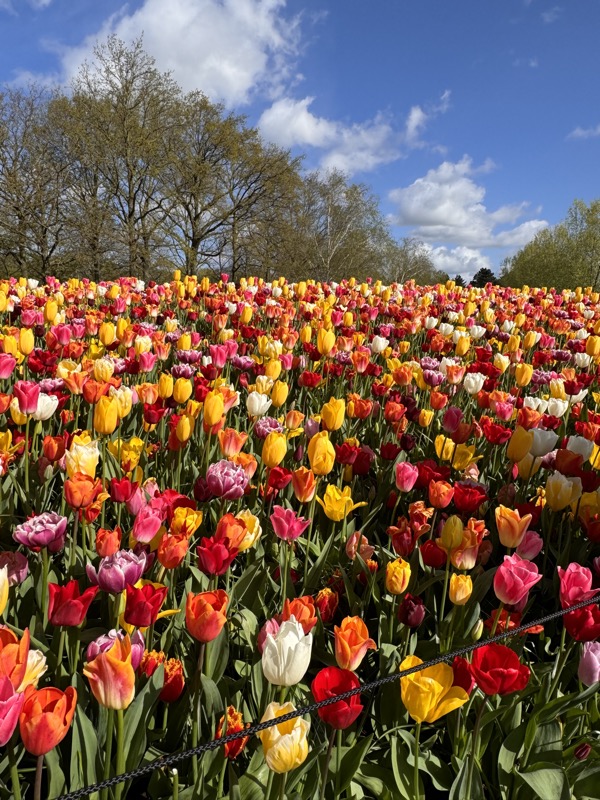
Most of the rest of this post is going to be just Pretty Flower Porn, so if it’s not your thing – scroll on by, baby.
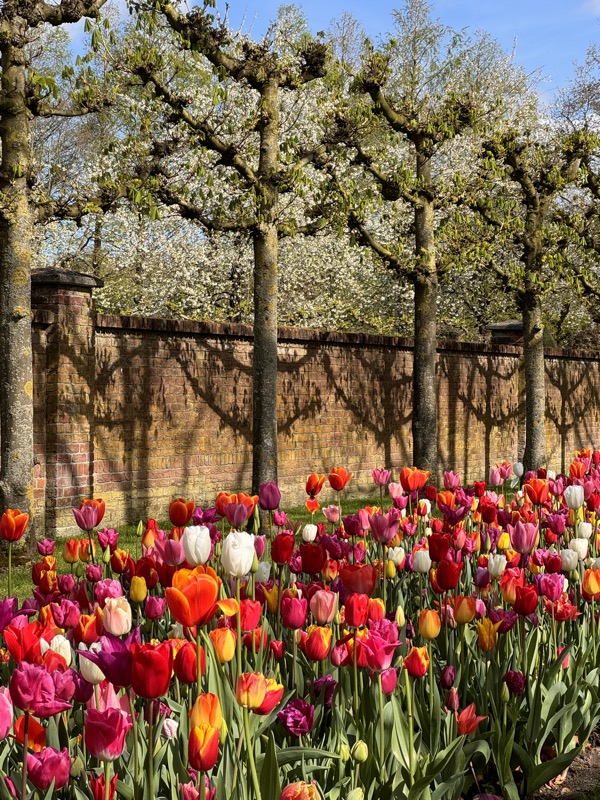
We walked around into a large communal area in front of one of the cafes, (and I say ‘one of’, because there are several!), to find this weird automated hurti-gurdi organ thing playing, ‘Walk Like An Egyptian’ by the Bangles, but sounding like a Wallace and Gromit intro… and let me tell you, that is a vile ear worm to give to people wandering around a psychedelically bright, hyper stimulated environment filled with colour and packed with people! Yes, I know there are no people in my pictures, but the place was as packed as a Manhattan side walk at a St Patrick’s Day Parade! This noisy thing, can go eat a bag of dicks though!
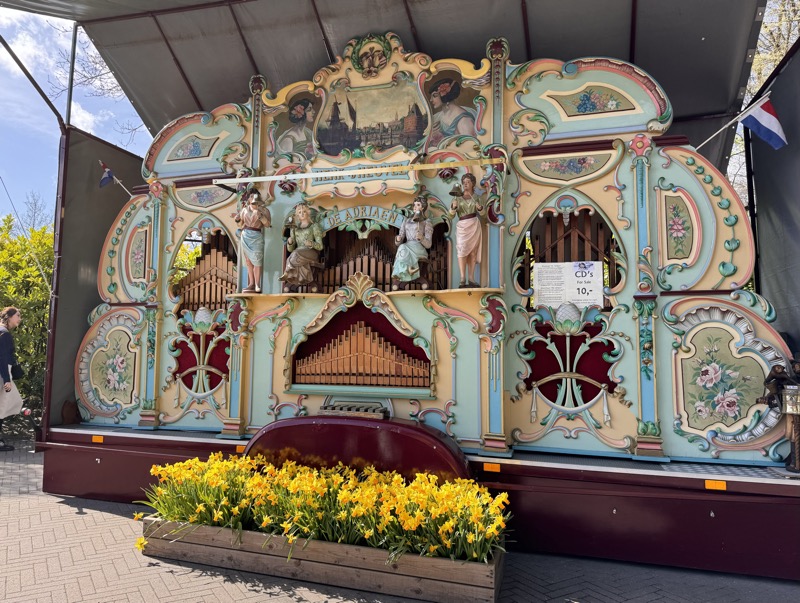
Anyway, back to the beautiful hues of the flowers. Something, something… preferably with a soundtrack from Alice of Wonderland or something…
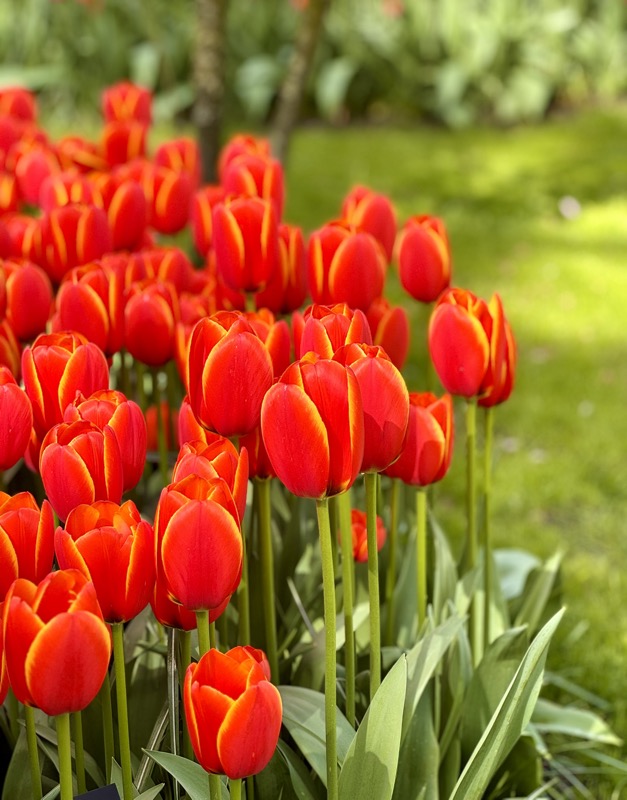
I loved these ragged looking yellow tulips… never seen anything like them before. They were so fine and fringey in appearance, they looked more like silk or fabric than living flower petals.
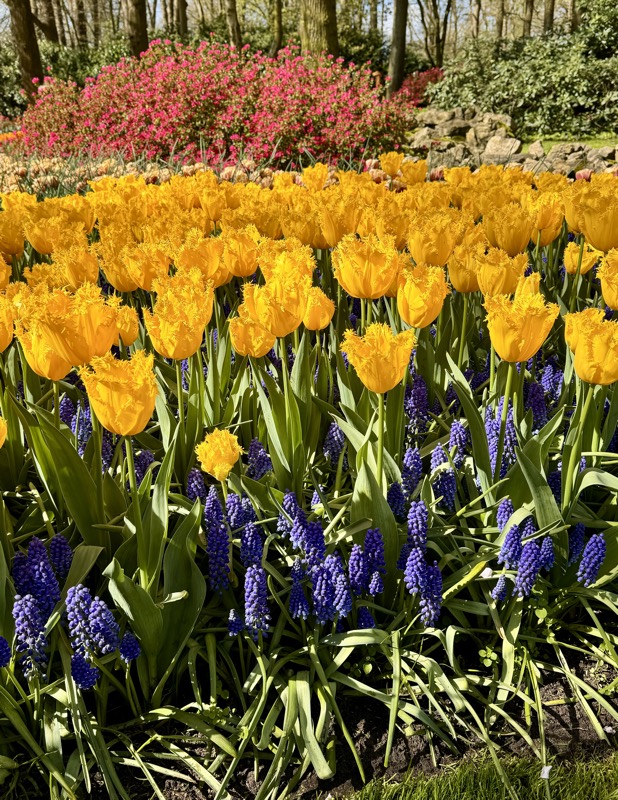
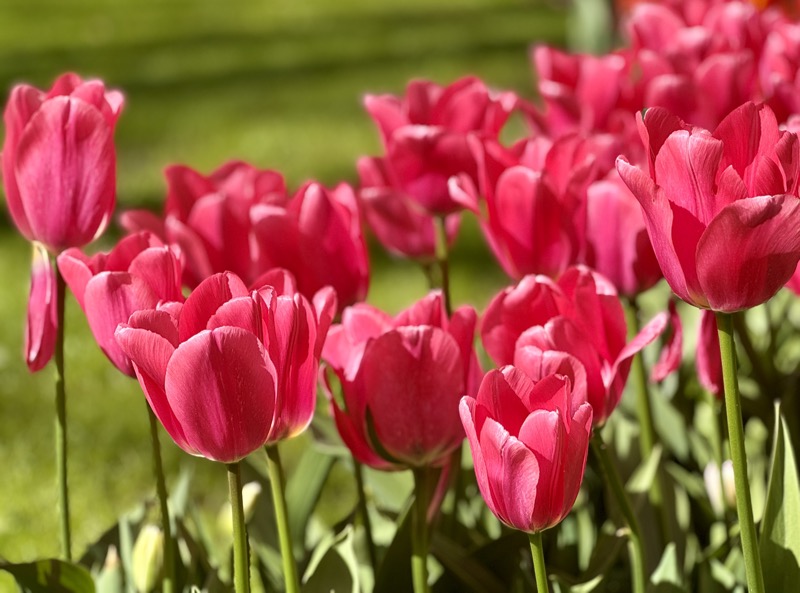
Purple and red – best flower colour combo ever!
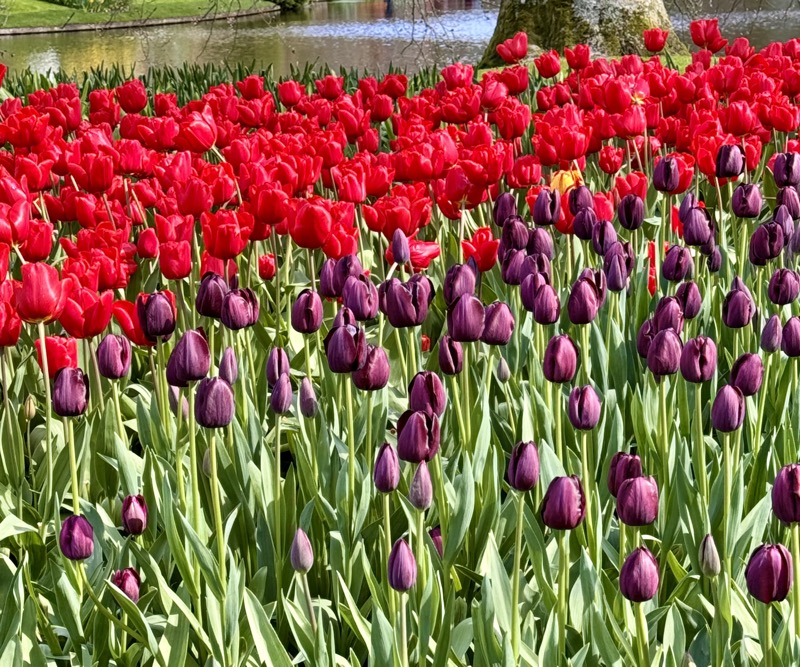
It’s about now that we start to get a feeling for how large the park is – it covers an area of 32 hectares and they say that approximately 7 million flower bulbs are planted in the gardens annually. 😮
That’s a LOT of bulbs and bullshit.
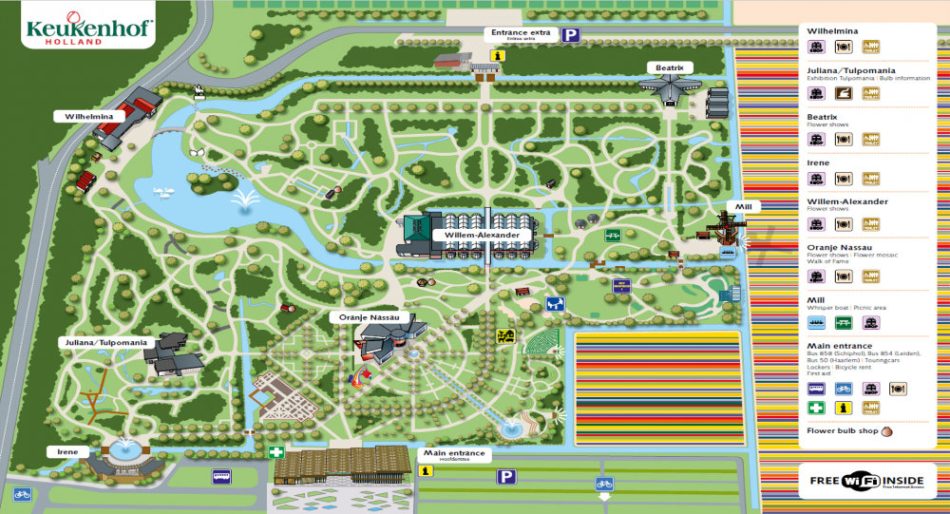
So many vibrant colours!
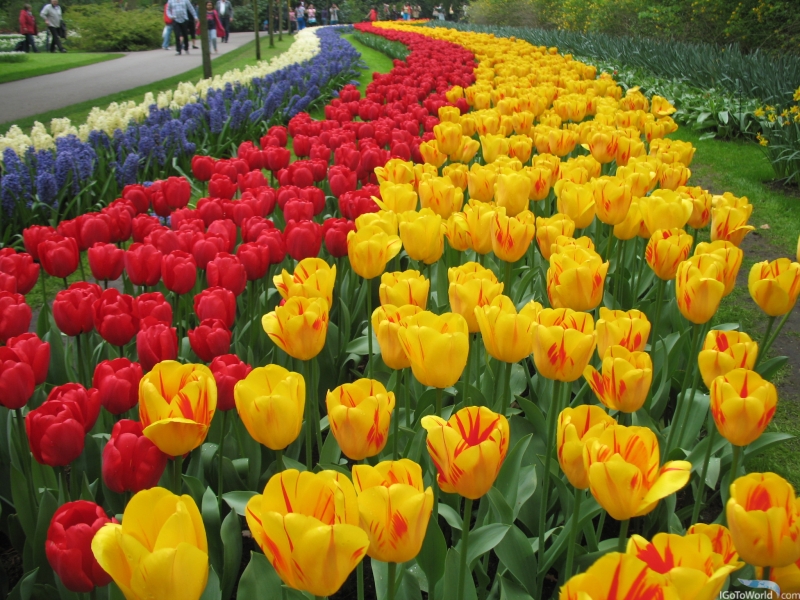
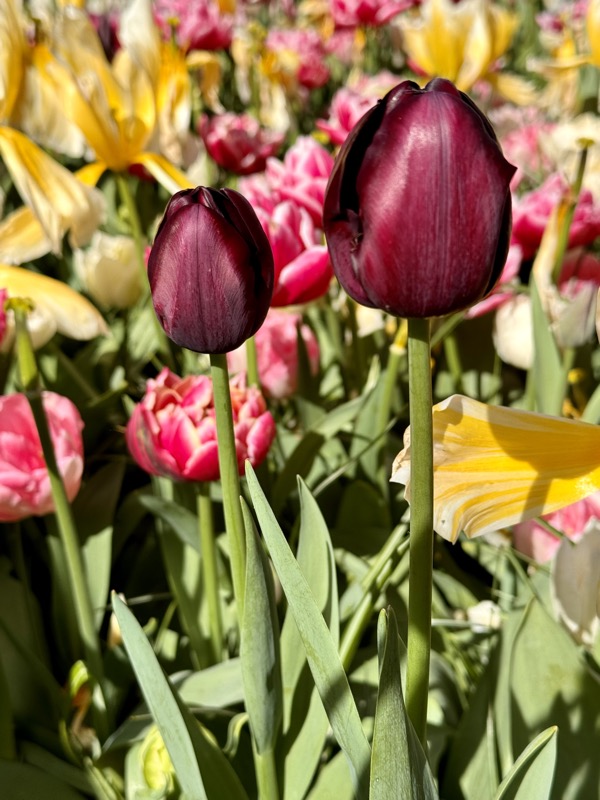
These ones look very cool.. a Van Gogh palette if I’ve ever seen one.
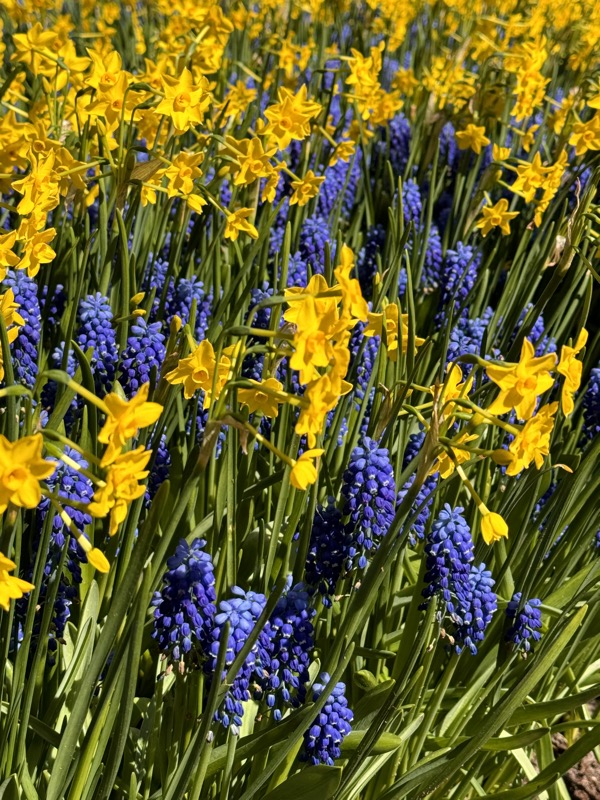
The gardens were opened in 1950 and have approximately 1.5 million visitors a year, which is no small feat considering they are only open this year from March 21st to May 12th, with their usual annual visitors season only last 8 weeks. After that, the gardens are closed as no one wants to come and see bare garden beds. Seems perennials aren’t really their thing here. We didn’t come here specifically at this time of year to see the gardens, it just happened to be on a ‘Things To Do’ in the area, list when I Googled up something to do on our way out of Amsterdam, and we though, ‘Sure, sounds like something different.’. We did however meet a couple on the plane who were beside themselves with excitement because they had always wanted to come to Keukenhof, and they had flown from Australia just to see these gardens. I hope they were here today, as this was the only sunny day we were going to get this week! I’m sure they weren’t disappointed though.

So many gorgeous colours… I took sooo many photos.
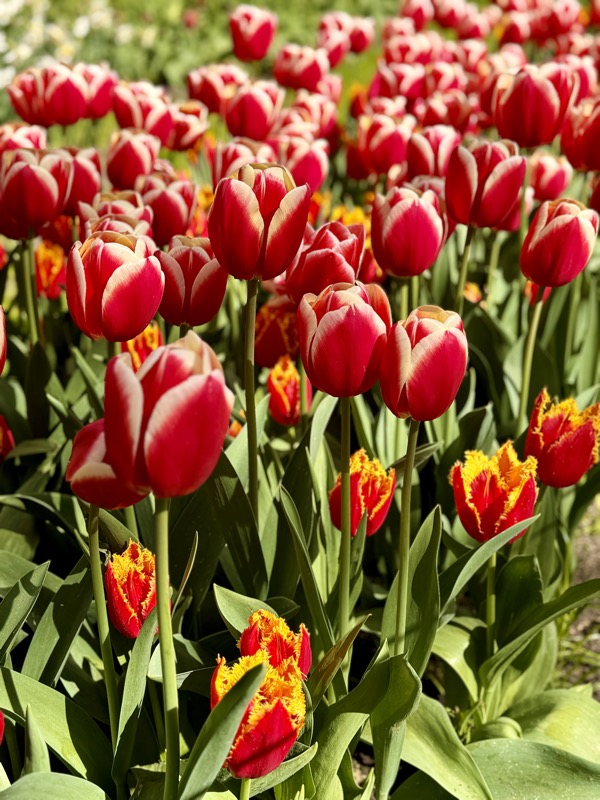
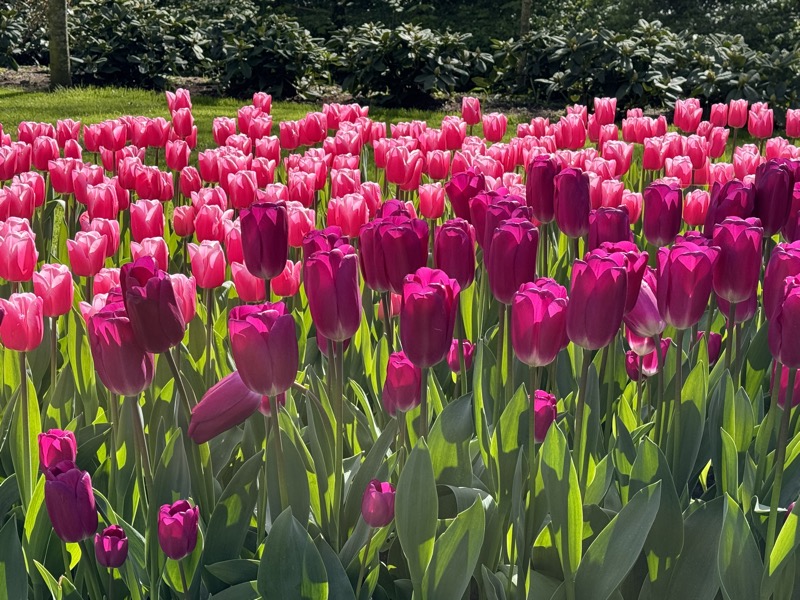
Some of these images look surreal, the colour is so punchy and the leaves so vibrant and shiny.
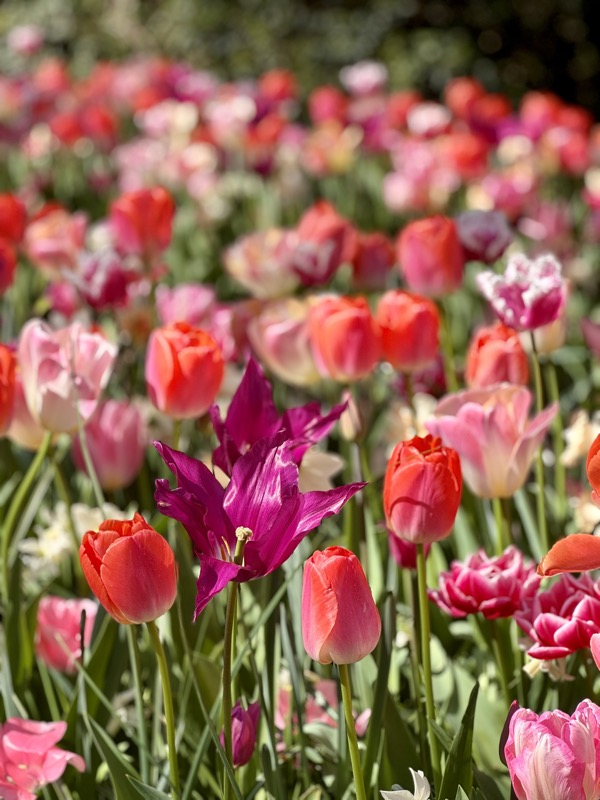
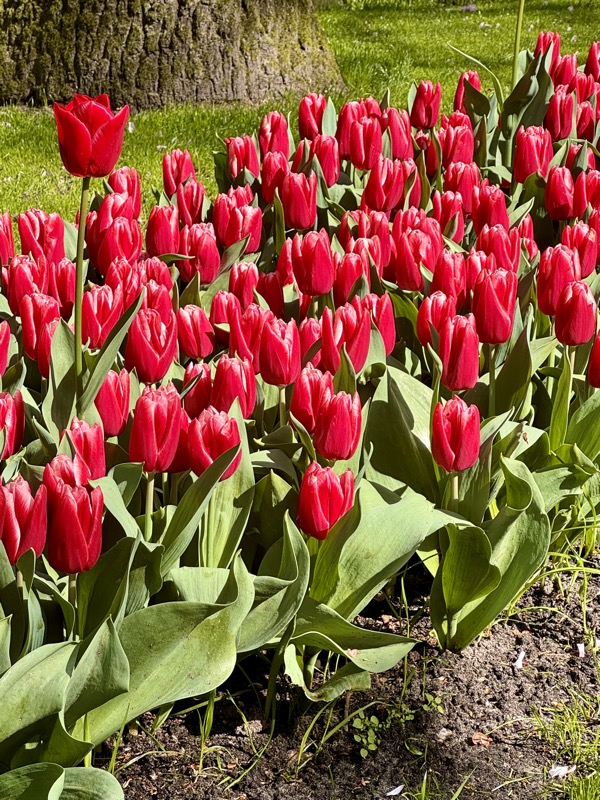
Red and purple… what do we say? We say, ‘yes!’. Always say, ‘yes’, to red and purple flowers.
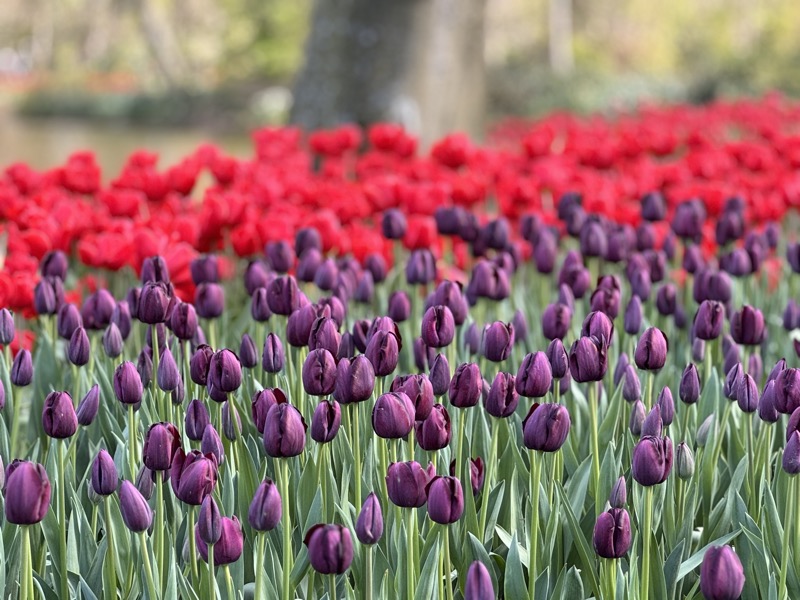
There were many areas that were planted to look more like wild meadows, with flowers coming up among grasses between the trees – which is something you rarely seen in Australia, unless it is some introduced pest species.
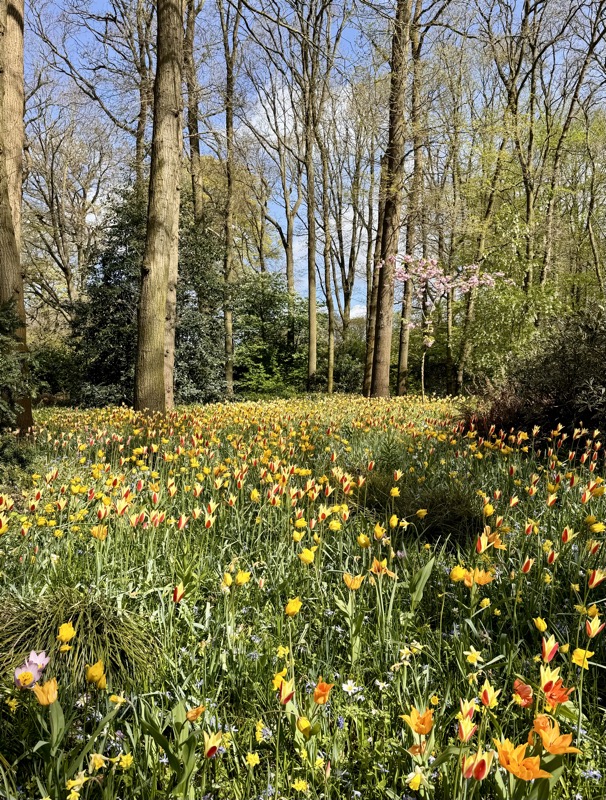

Mr K promised not to do any tip-toeing, and true to his word, here he is squatting amongst the tulips.
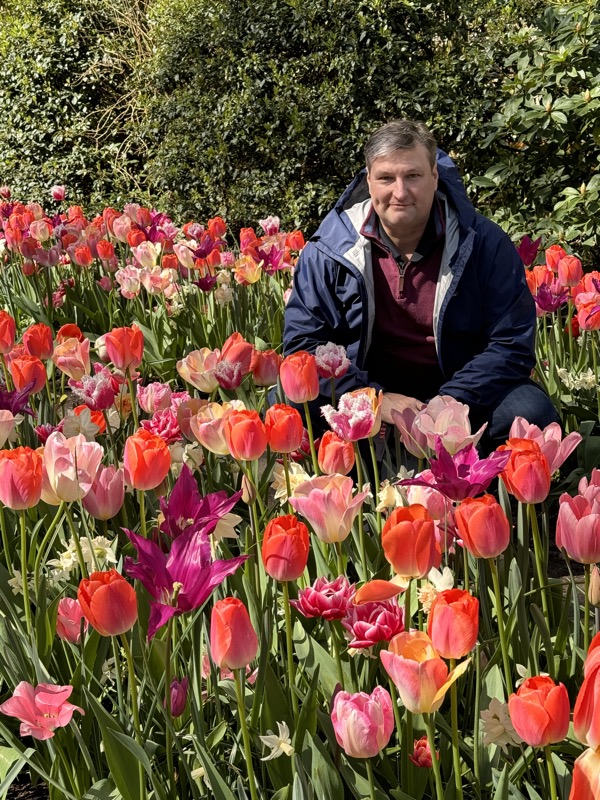
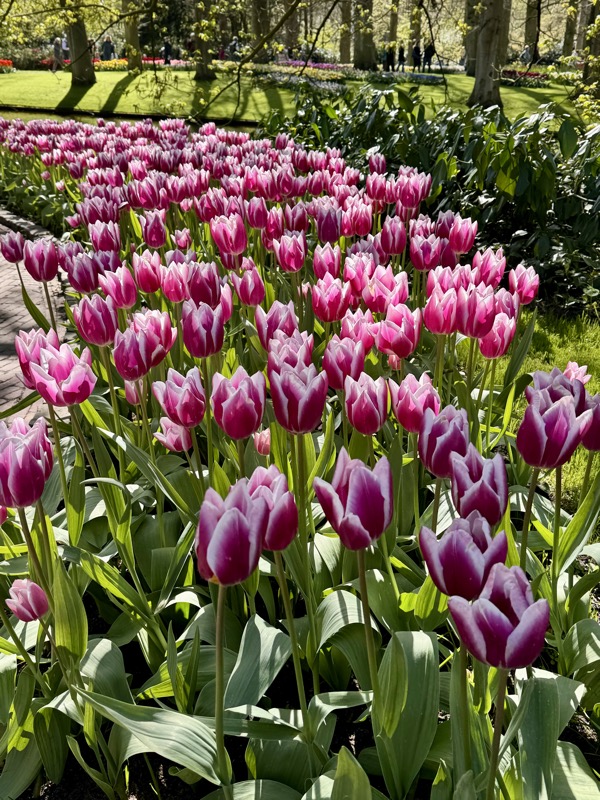
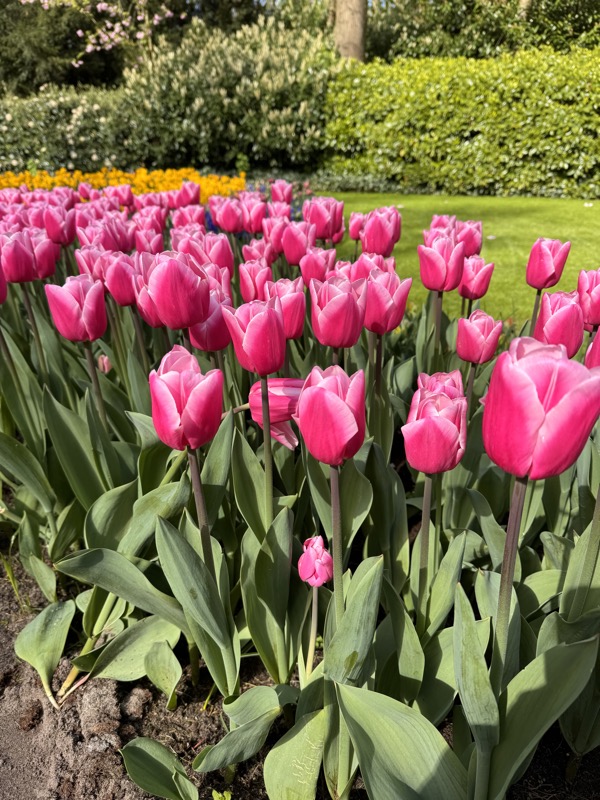
Orange is not one of my favourite hues, but these complimented each other beautifully.
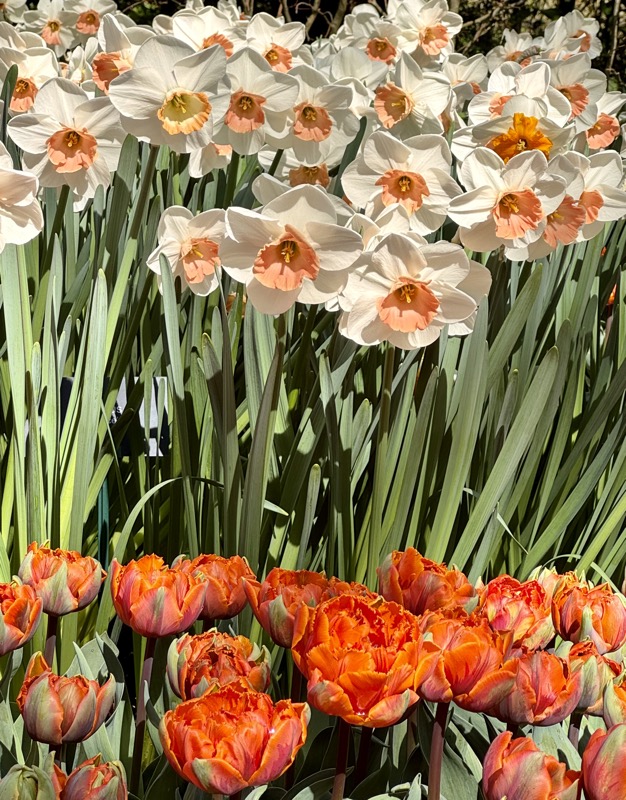
There’s been lots of thoughtful planting here. The colour combinations and the layout and design of the garden beds is truly spectacular. Yes, I know that is coming from someone who could kill a mint plant (and should confess, I actually have killed some mint plants), but I can still appreciate the work that goes into a place like this.
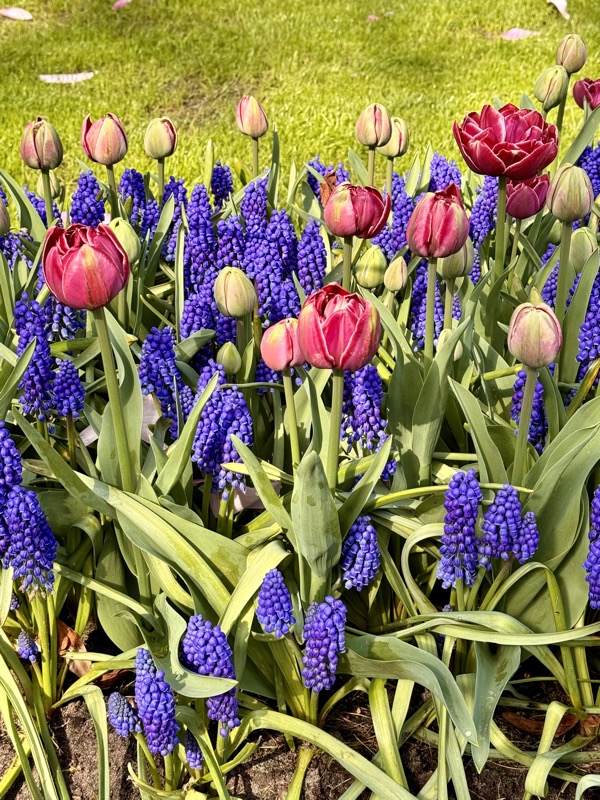
I mean, look at that…!
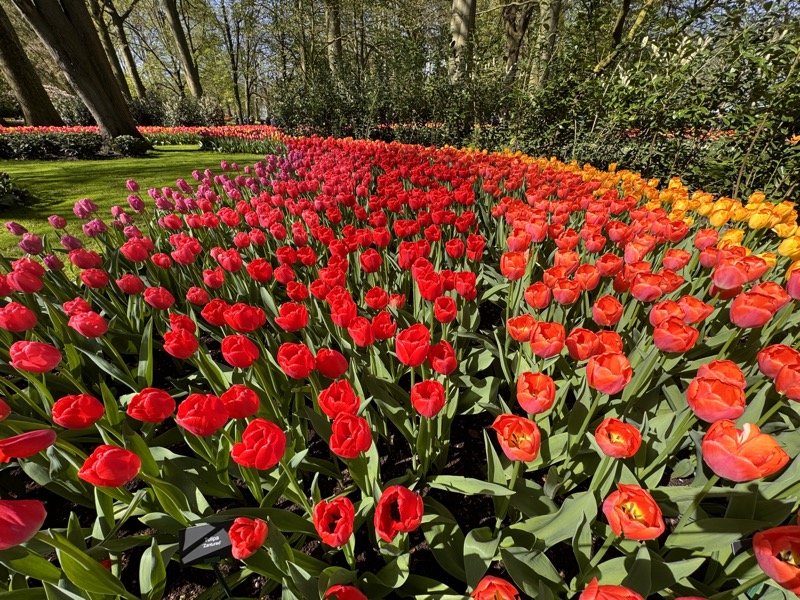
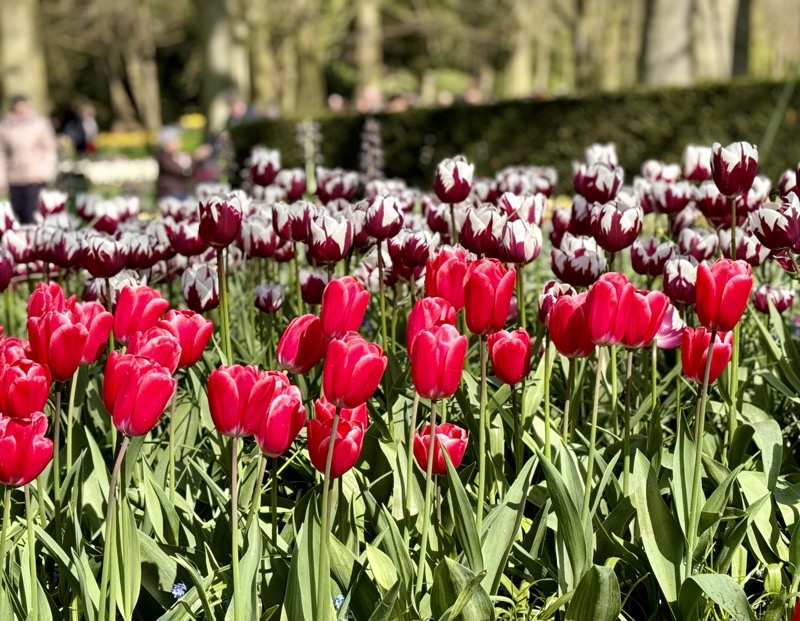
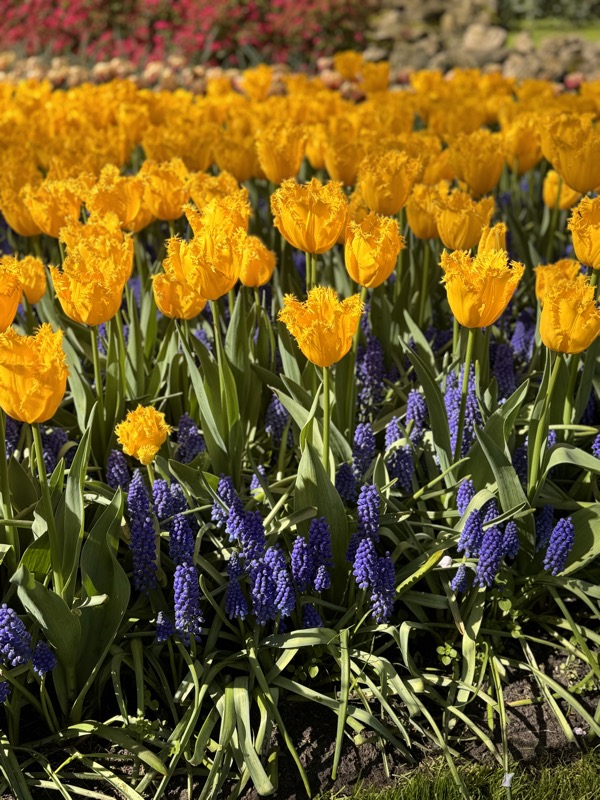
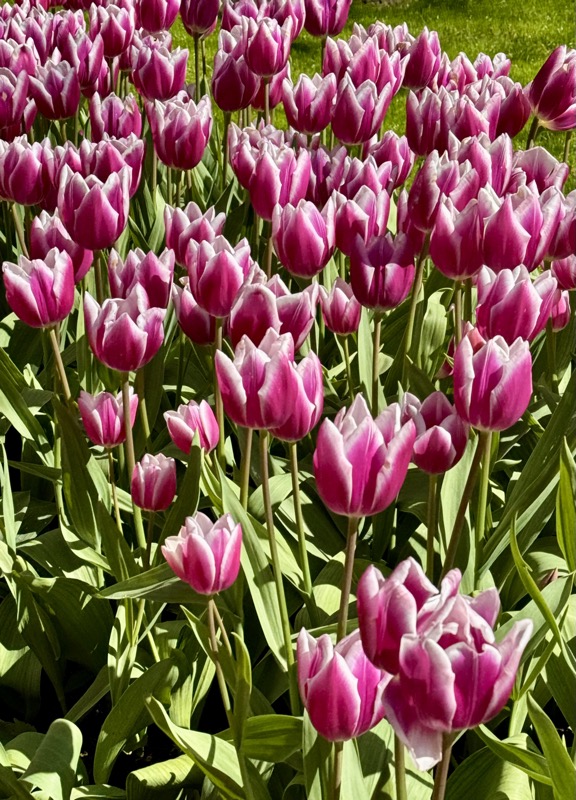
Oddly, I do not like commercial cut flowers, I think they are expensive, unsustainable as an industry and they look lovely, but they just bloody die in your house! But these gorgeous flowers alive and in the dirt, I can really appreciate that – even though I know they’re gonna die soon too, yeah, I know. Weird.
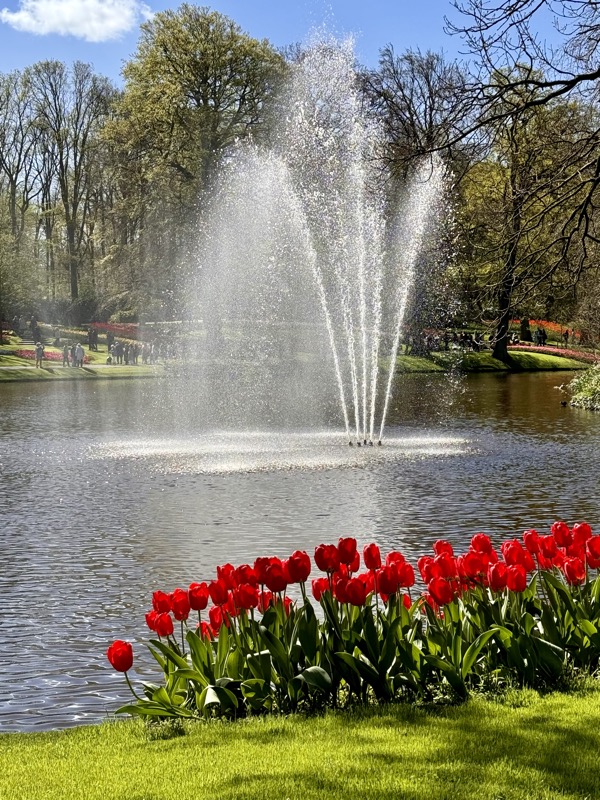
There was some cool stuff in the gift shop by the exit – tulip themed mugs, cheese boards, magnets, key rings, coasters, tea towels, coffee mugs, and fucking tulips smacked on everything, but there was also these cool Bylin Tulip handbags which were made of leather and looked very cool. *Mental note: I need to show them to Humphrey.
https://by-lin.com/product-category/tulip-collection/tulip-handbags/
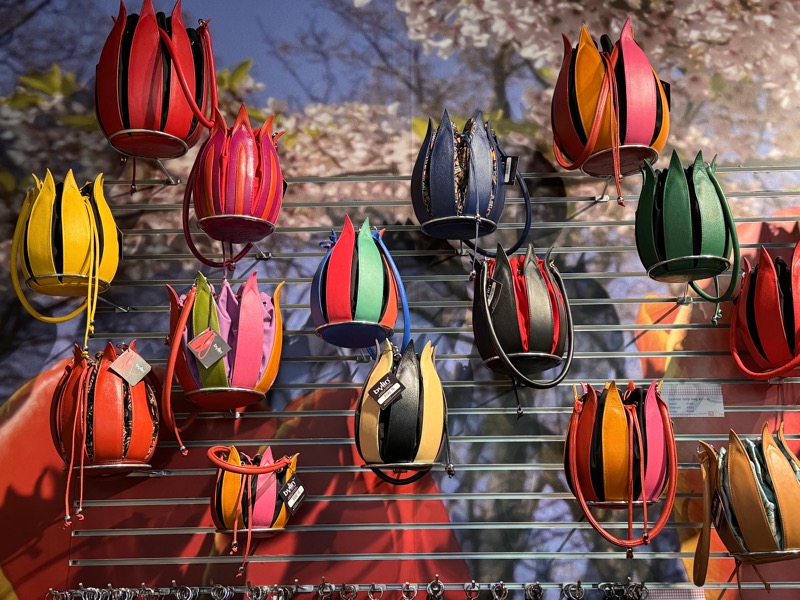
Anyway, we eventually had to get going and head to The Hague and more beautiful tulip fields lined our drive towards the town.
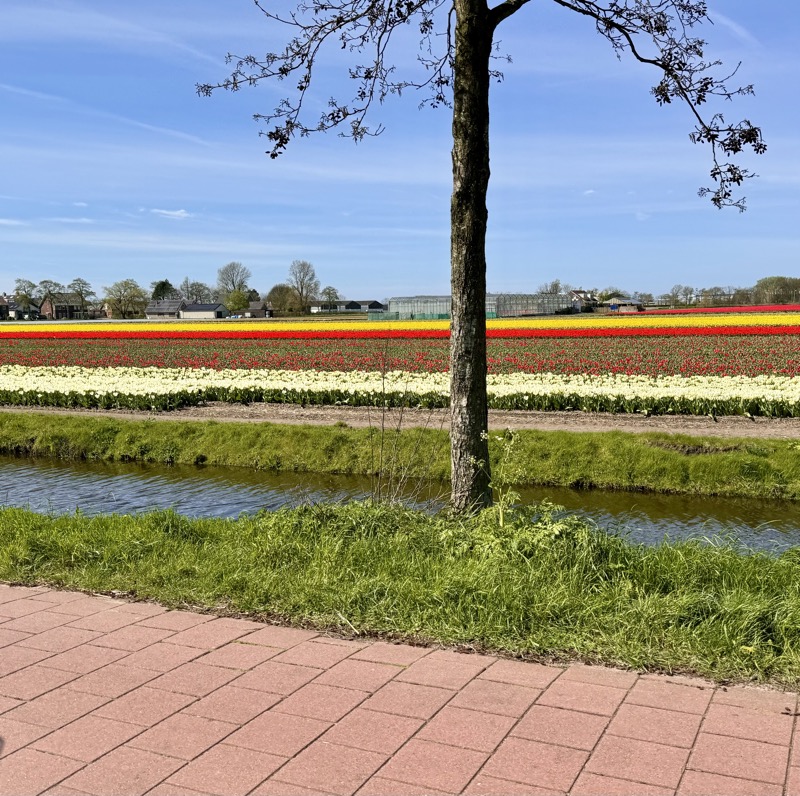
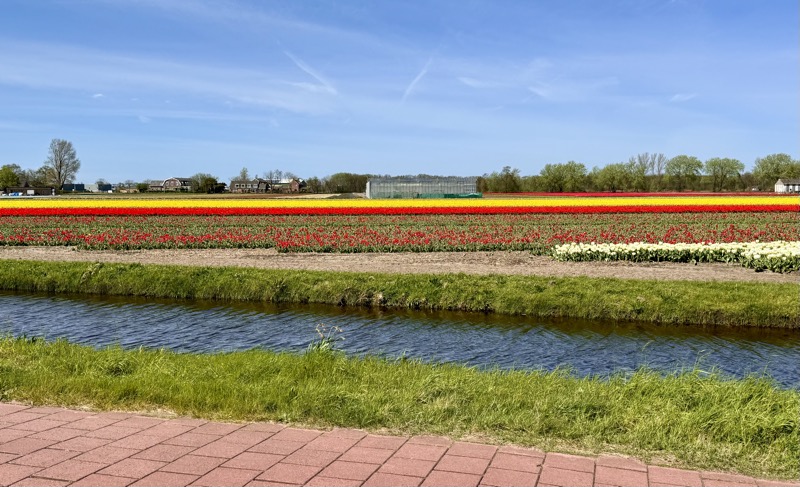
We were headed to The Hague to visit the Peace Palace. The Peace Palace (Vredespaleis) is an international law building. It houses the International Court of Justice, which is the main judicial body of the United Natinls, and has Arbitration Courts, an Academy of International Law and an enormous law library. Built in 1913, it has been a place of arbitration and international collaboration ever since.
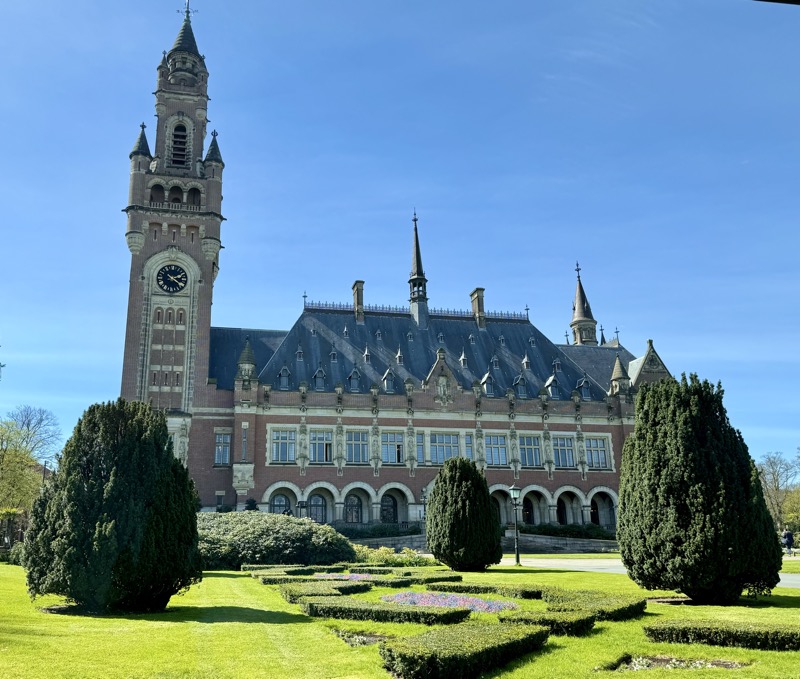
Unfortunately, there were no guided tours available today else we would have been able to go in and see cool stuff like this:
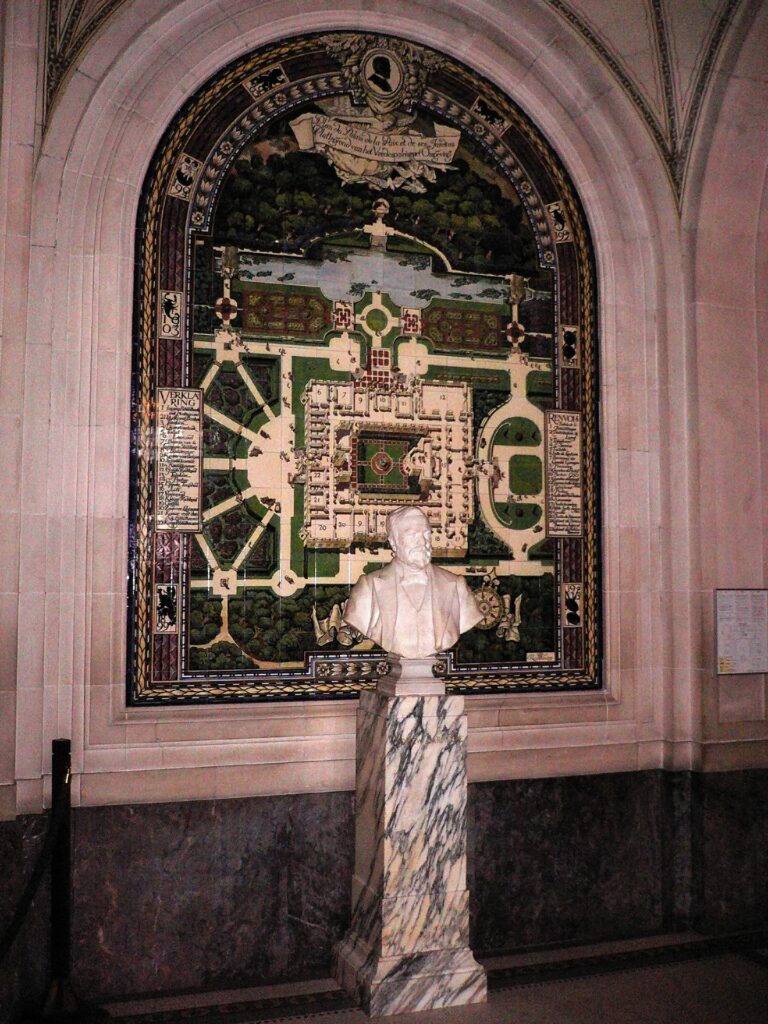
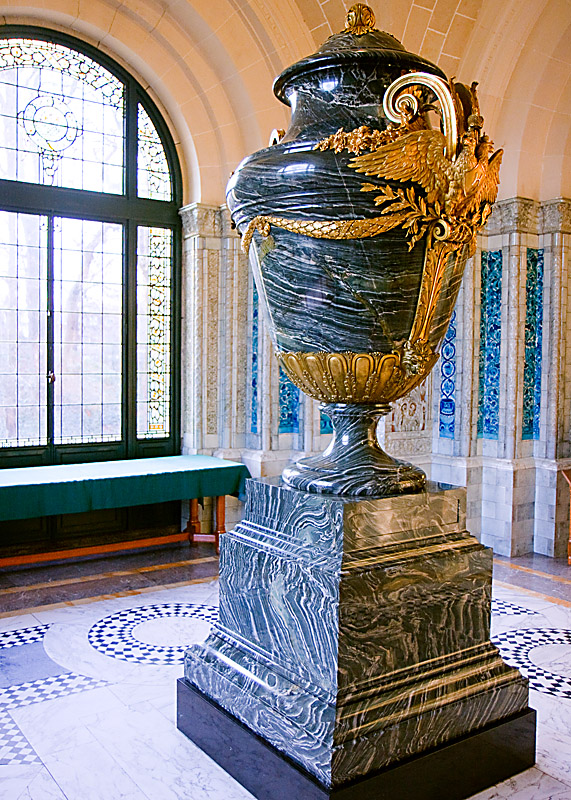

Thanks Wikipedia for showing us what we can’t see today! 😛 And I was sooo looking forward to seeing that vase that is taller than me that was gifted by Russia – bet Putin would like it back now, it’d probably cover his poisons budget for a few months. Instead, we had to content ourselves with a poke through the visitors centre. The entire city of Haag is dedicated to the administration of International Law, but also this is the seat of government in Netherlands.
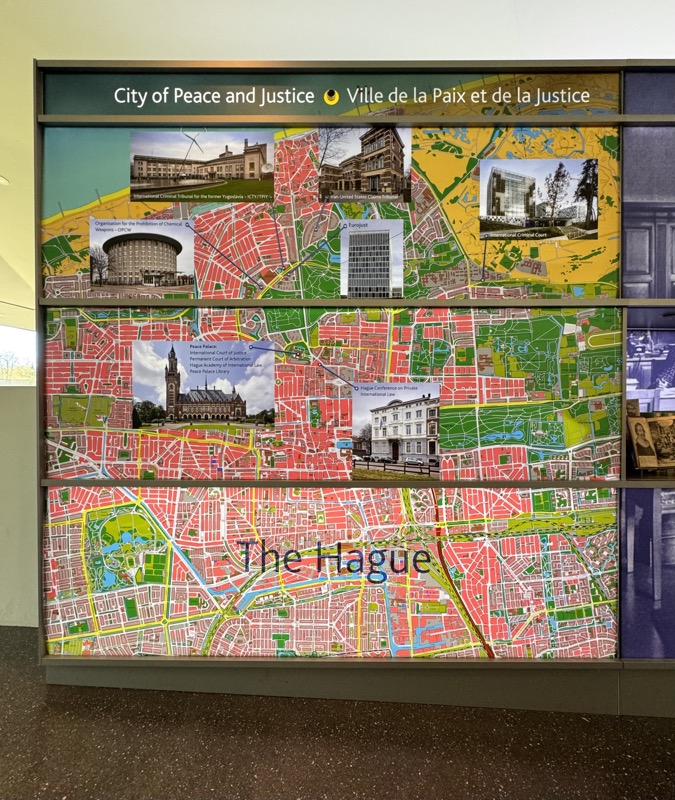
There were some cool looking objects on display in the visitors centre, but the labeling of most of these cabinets was… not great. I’ll have to do some research on them later.
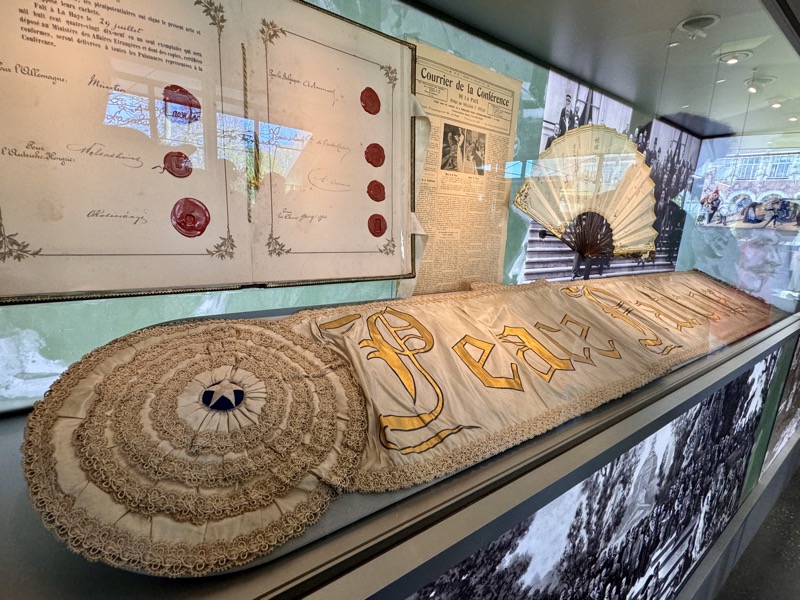
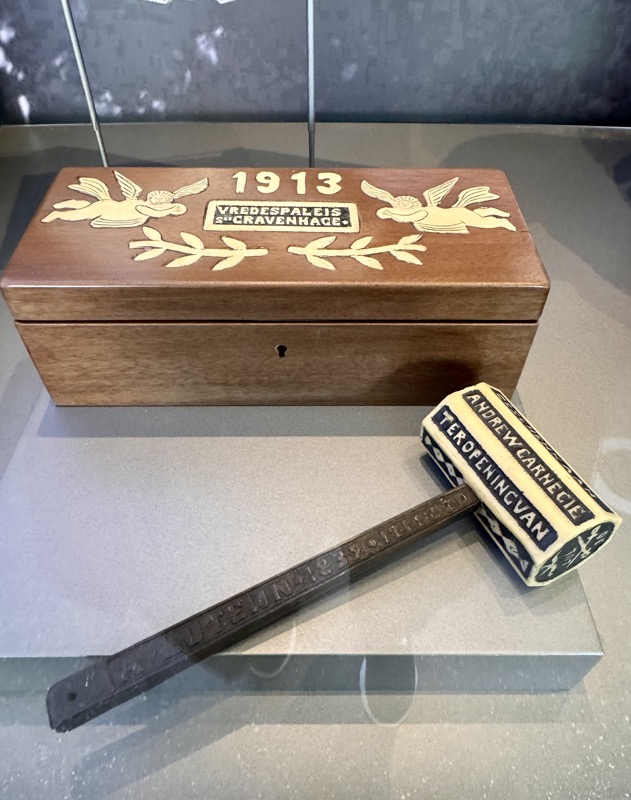

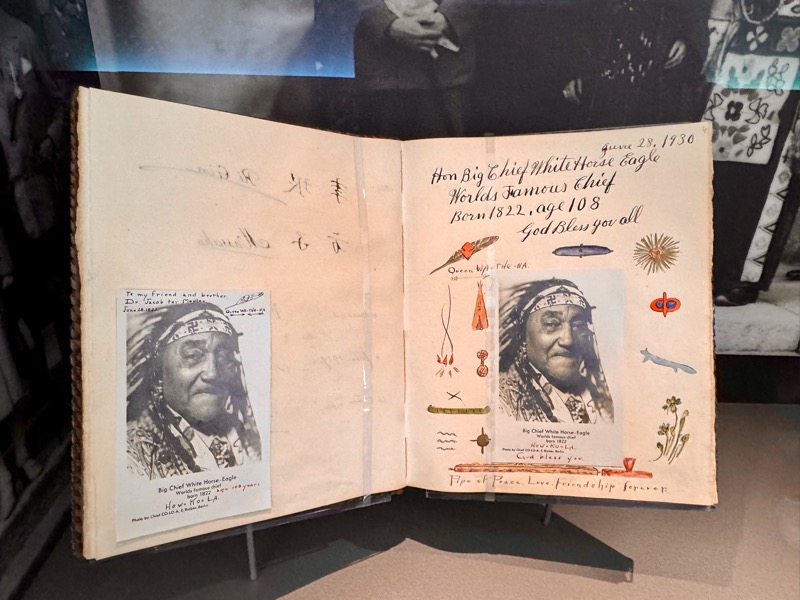
After our somewhat abortive stop at the Peace Palace, we went to go find some lunch at De Pier in Scheveningen. This whole area looks like it’s trying to be a Greek or Italian beach in the Mediterranean… only it’s in the Netherlands, and this is the North fucking Sea, it’s really cold and bloody windy, and wherever you look out to sea, there are huge container ships and oil tankers seemingly barely 500m off shore! So, not quite as inviting as the huge umbrella resort style beach restaurants in southern Europe!
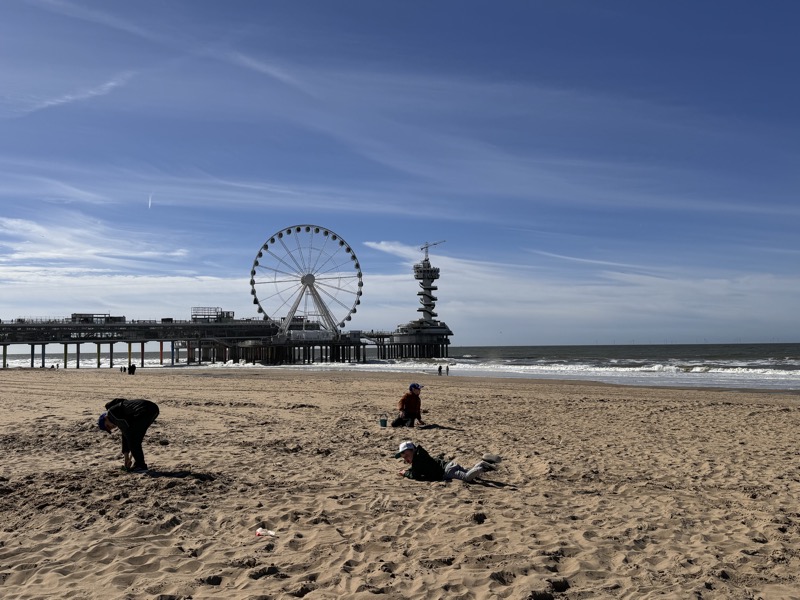
Still we found a nice spot, called ‘Atlantis’ for lunch… yeah, you don’t see many in-table braziers and throw rugs available in the Mediterranean either.
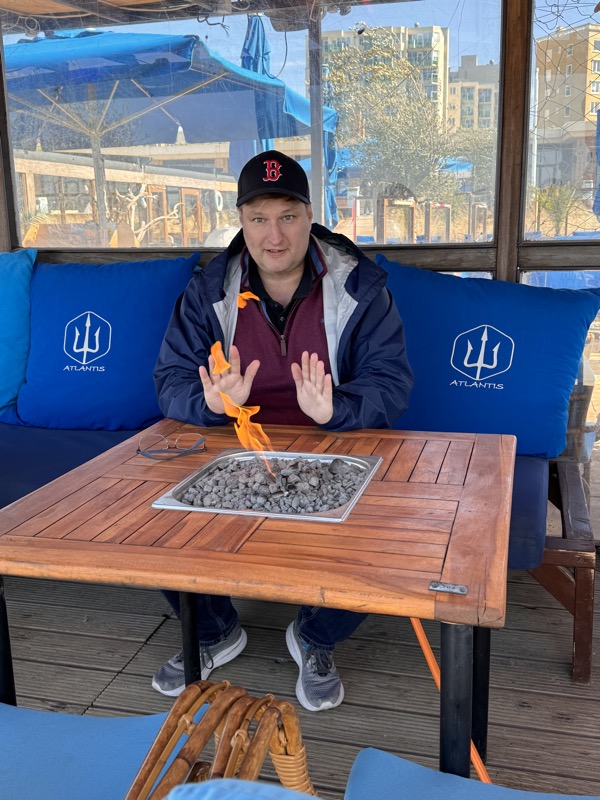
Lunch consisted of some delicious vintage cheese croquettes, a beef carpaccio pizza for Mr K, and a smoked salmon, Dutch shrimp and smoked eel salad for me. Super fresh and delicious.
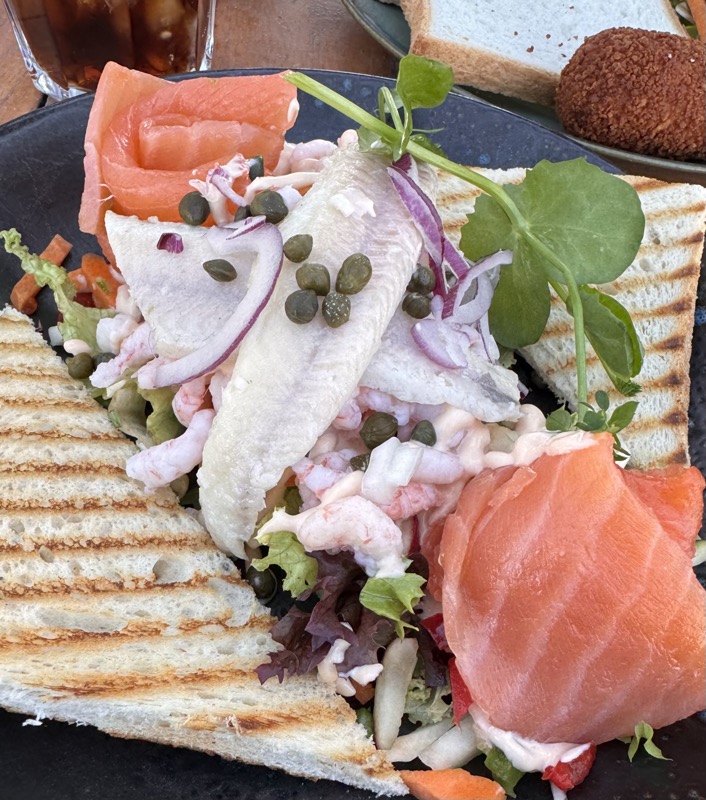
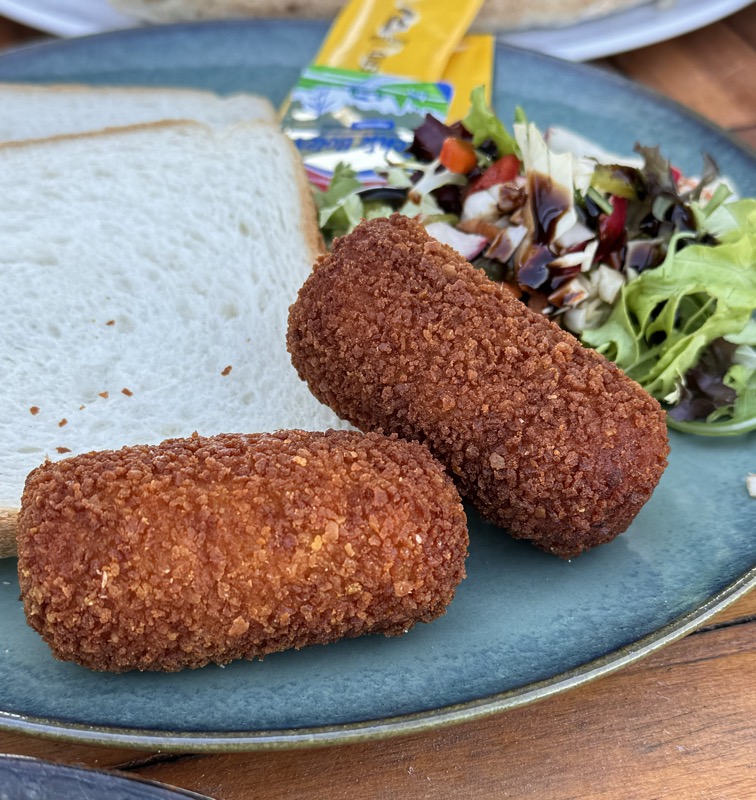
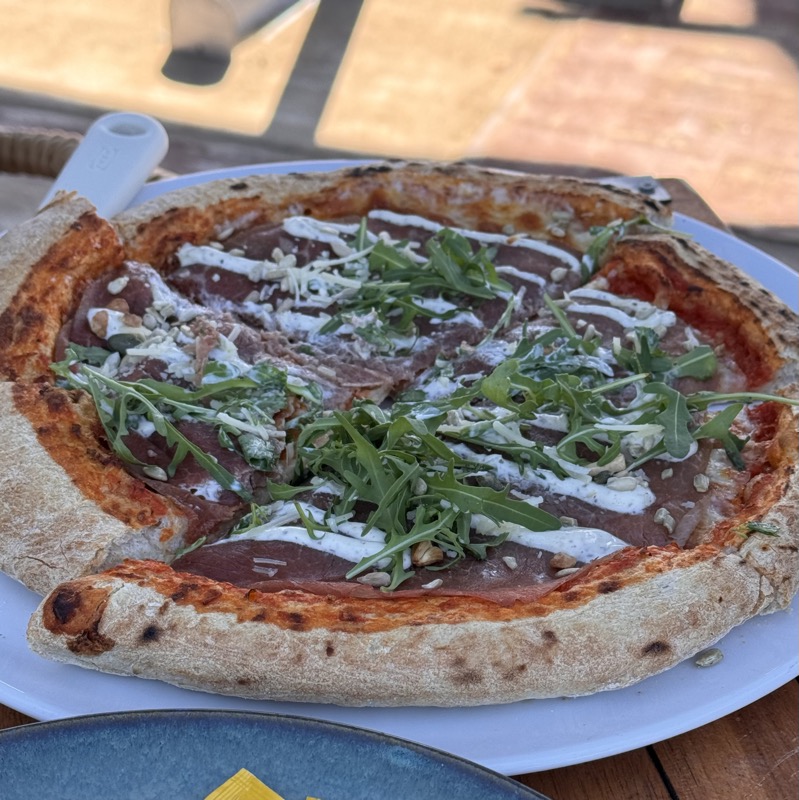
So many kids playing on this beach like they’ve never seen sand before… and here was us rugged up in our windproof jackets. We were also the only people trying to stay out of the midday sun – pick the Queenslanders and their habitual skin cancer paranoia! No wonder Europeans come to Australia and get burned to a crisp!
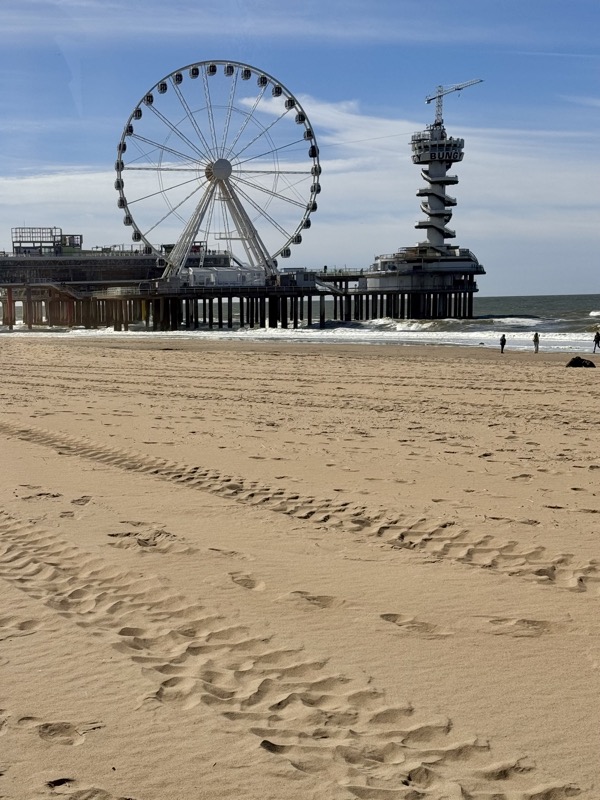
After lunch, we were checking out the Madurodam transport hub before heading to Bergen op Zoom for the night. Most people visit Madurodam for the scale model / little town theme park – but not us… no, no, no. We are visiting it to gawk at transport infrastructure! lol. 😀
Bergen op Zoom is a pretty little place – it reminds me of Dresden, only smaller. The Grote Markt is a medieval town square surrounded by beautiful medieval buildings. The history of Bergen op Zoom is fairly extensive with it having been a major trading town, before becoming a garrison town. It has suffered several major fires which have seen extensive loss of historical records and considerable amount of rebuilding.
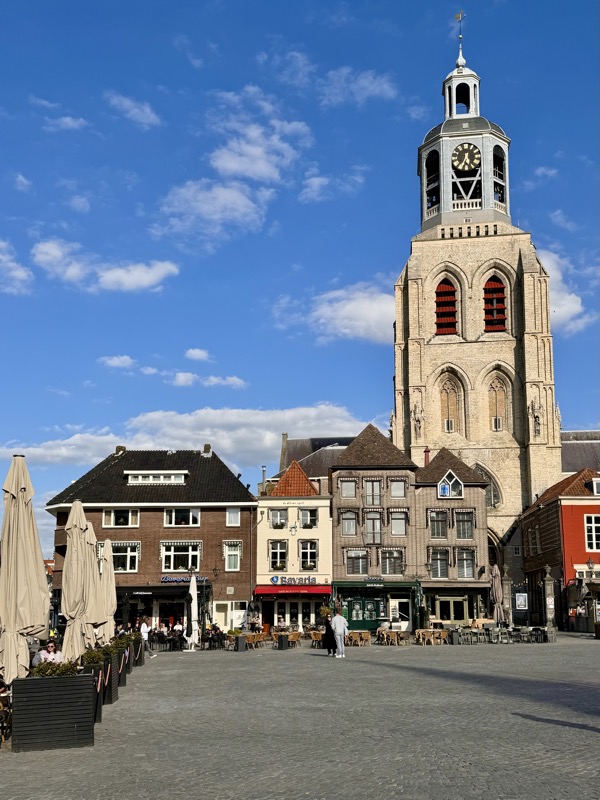
I imagine, the
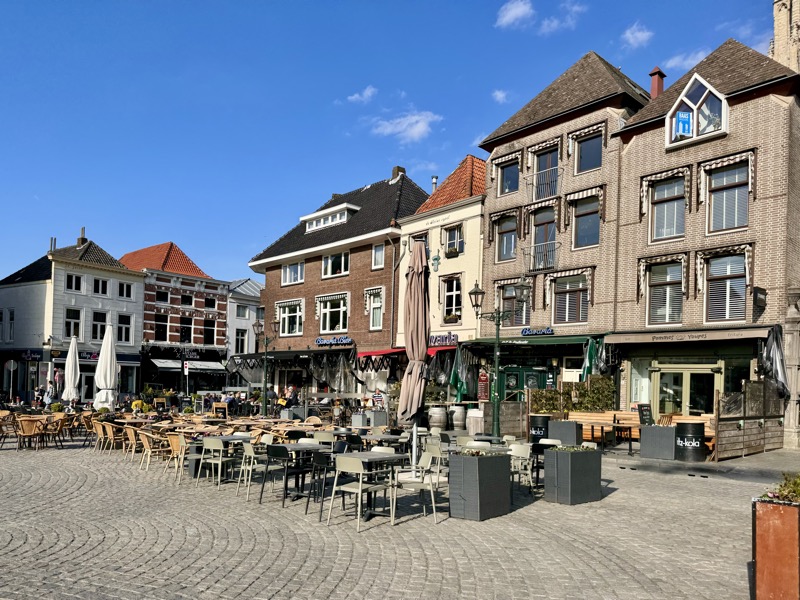
The Markiezenhof gothic palace used to be a residence for local lords and Marquises of Bergen op Zoom.
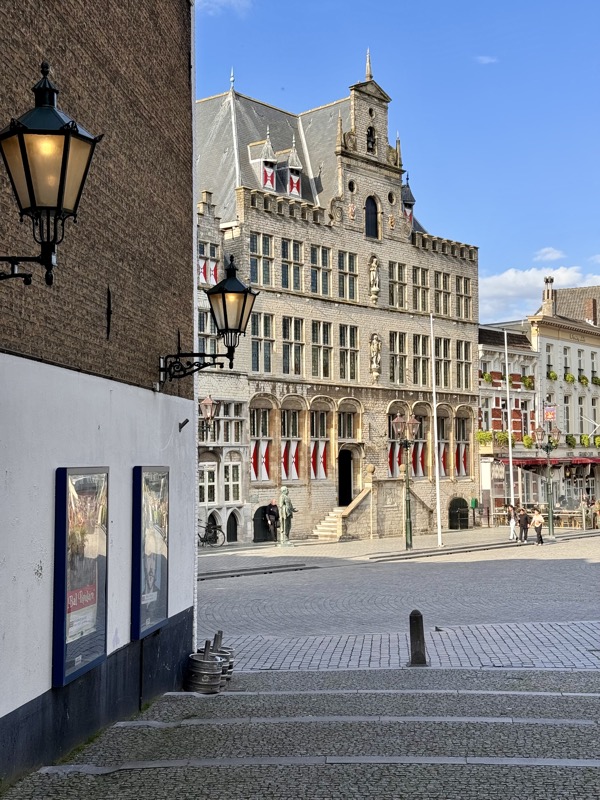
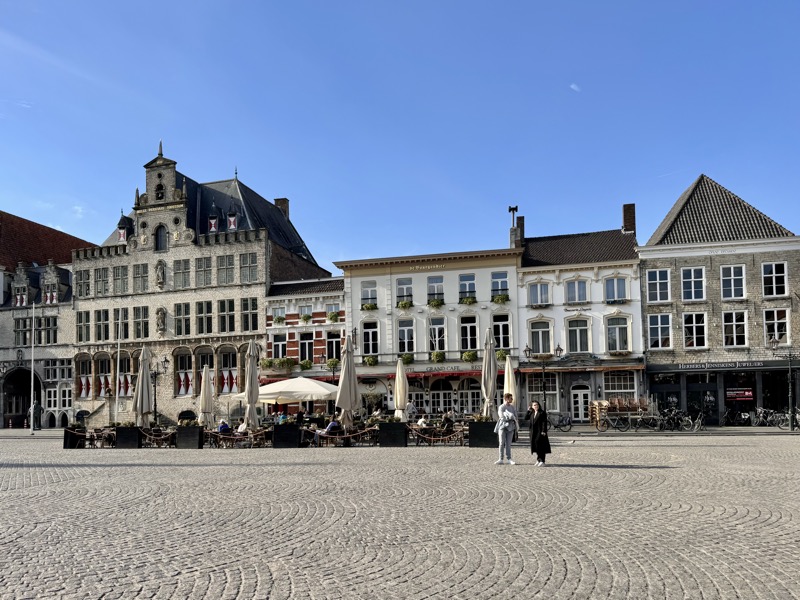
After checking into one of those decidedly European hotels which has one major front door, but then is a rabbit warren of having overtaken the buildings either side of it, we went down to the square to find a drink and enjoy the evening before finding something for dinner.
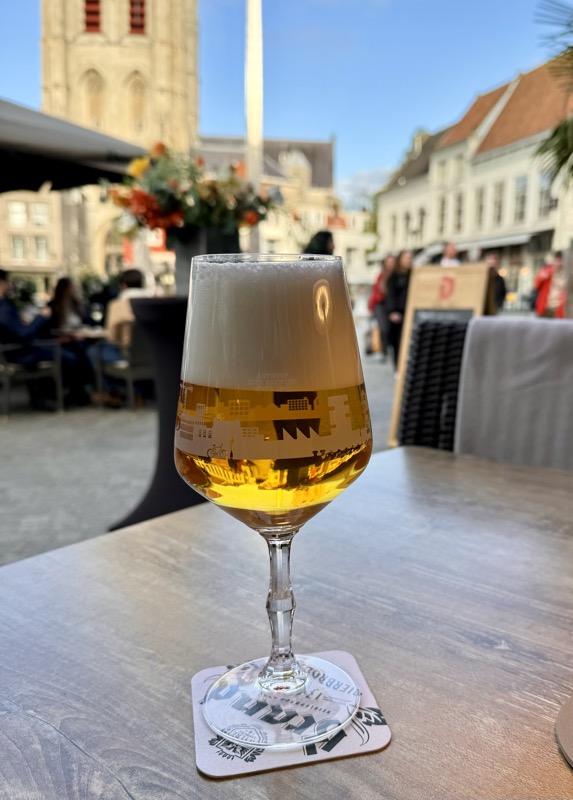
Bitterballen, lobster bisque and steak entrecôte for Mr K.
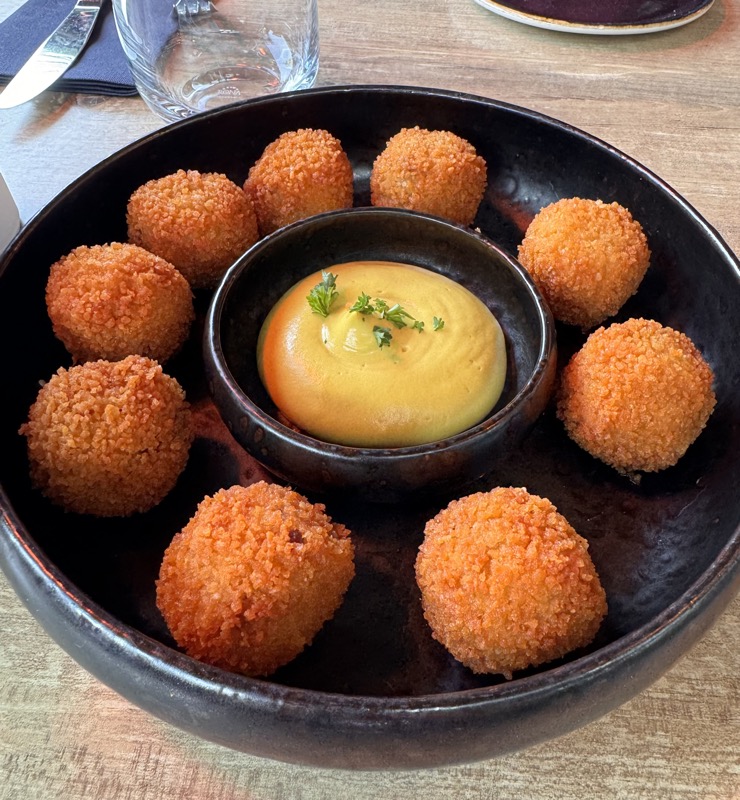
Totally delicious, but was more soup than bisque and definitely more langoustine than lobster.
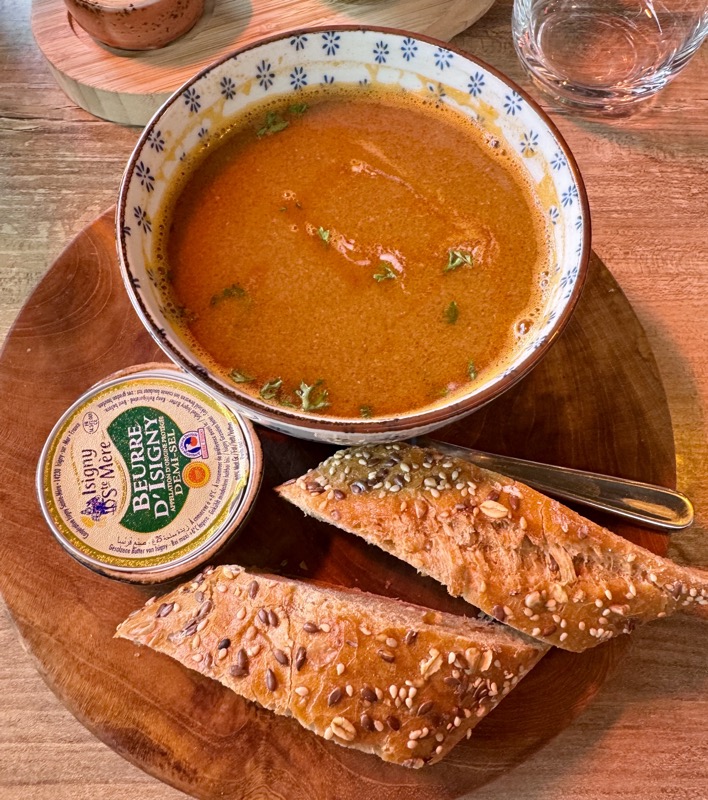
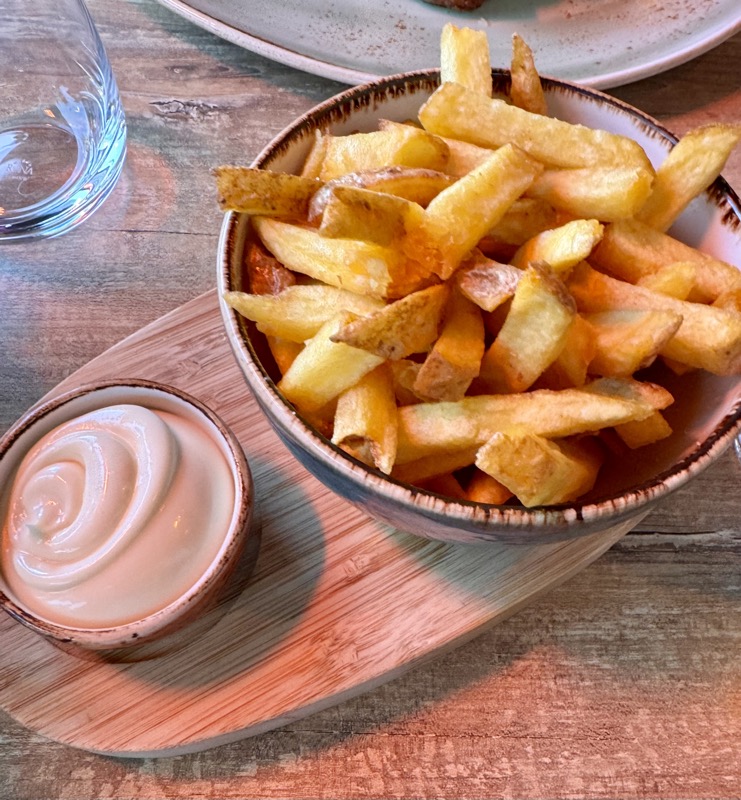
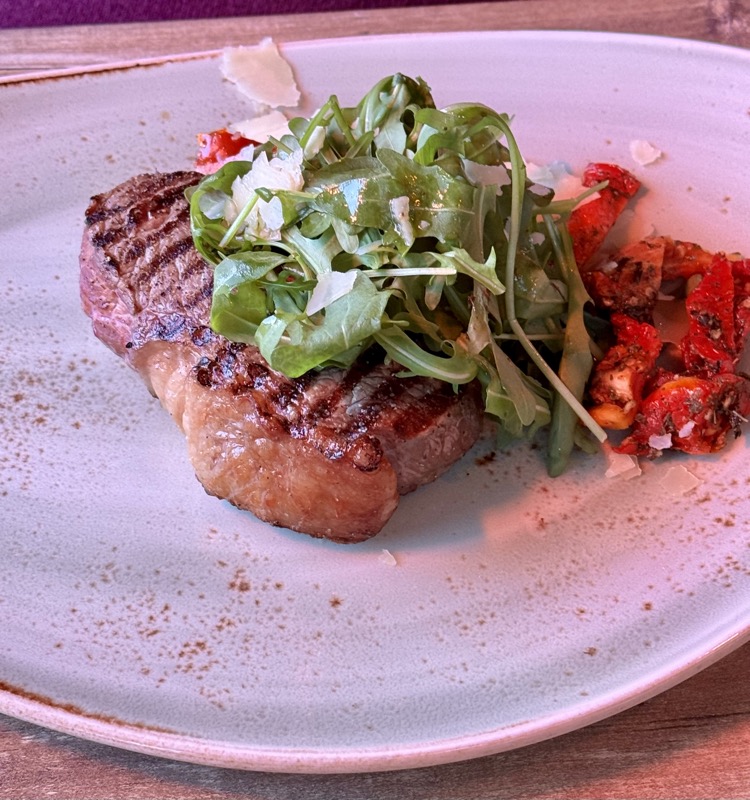
Back to the hotel in time to finish off some work for the evening!

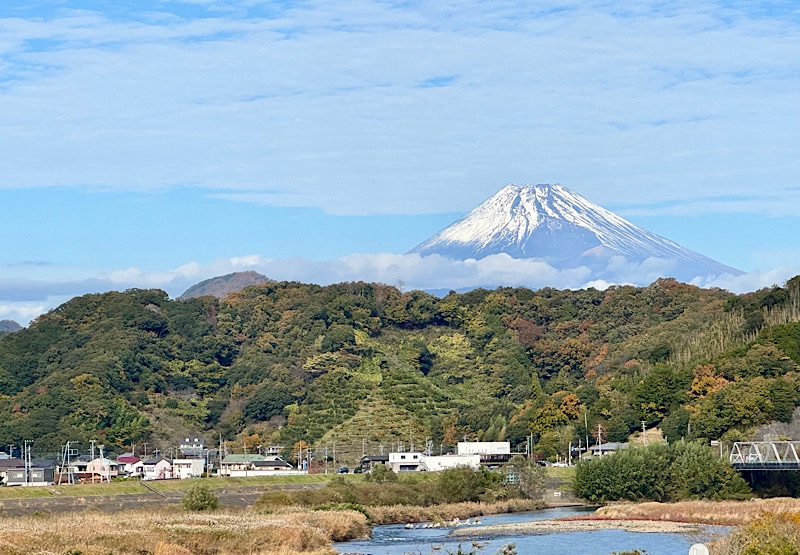

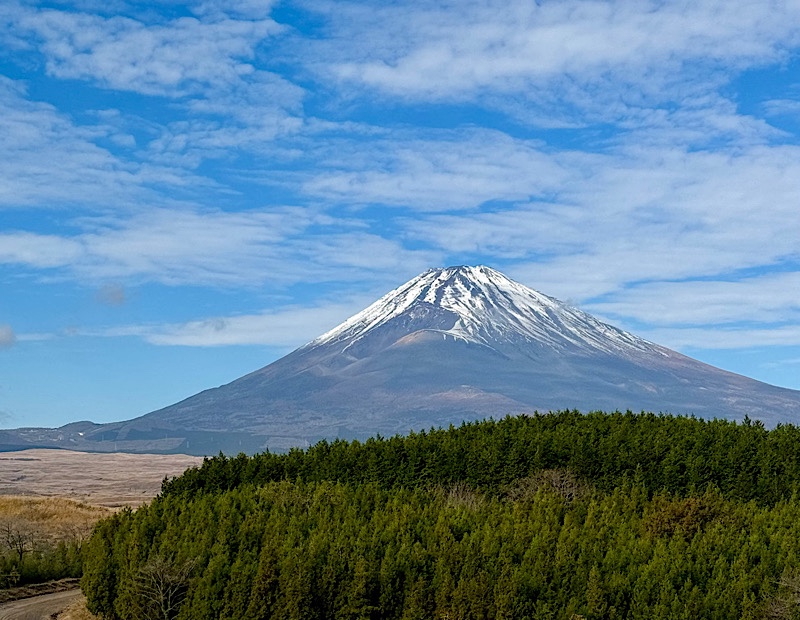
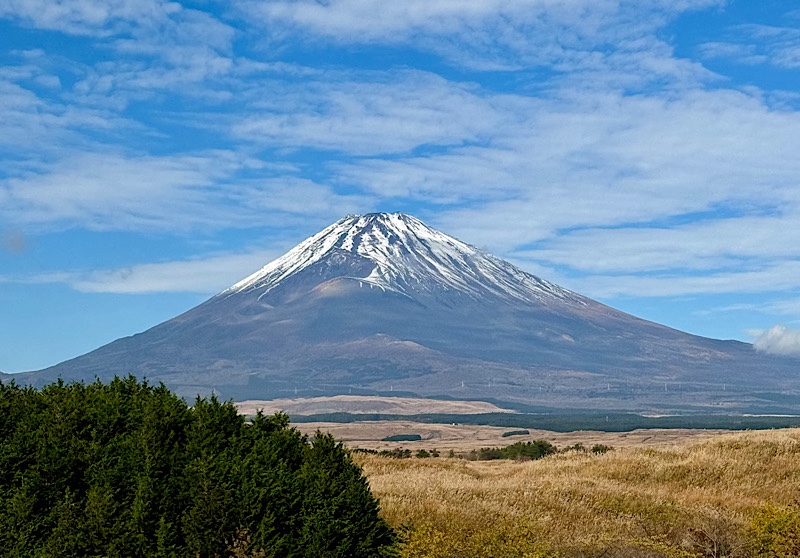

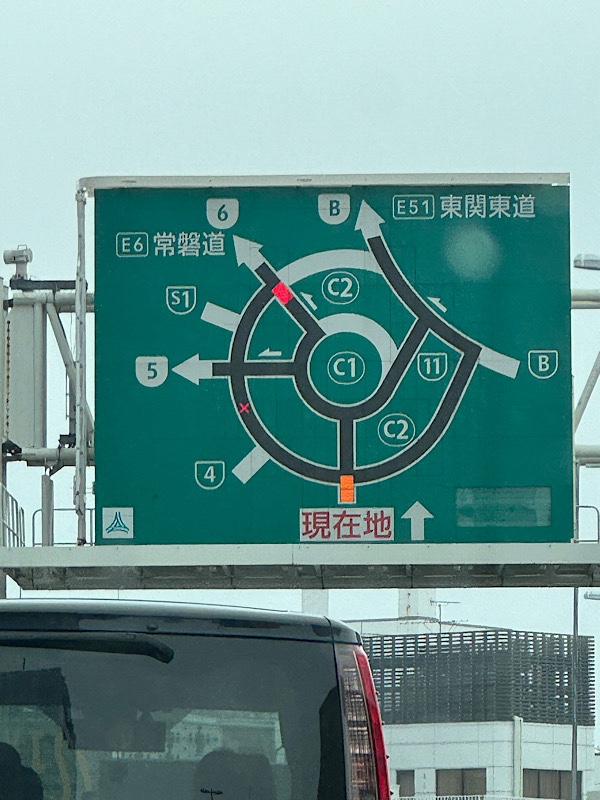
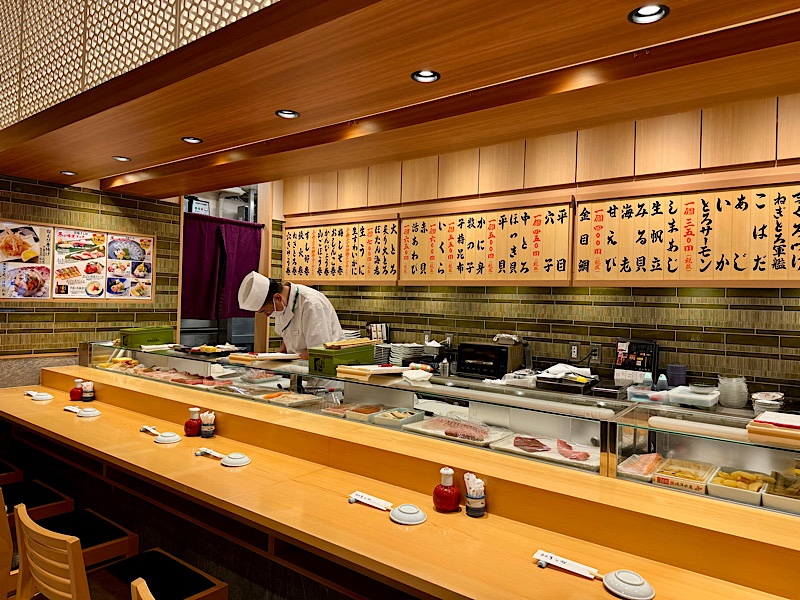
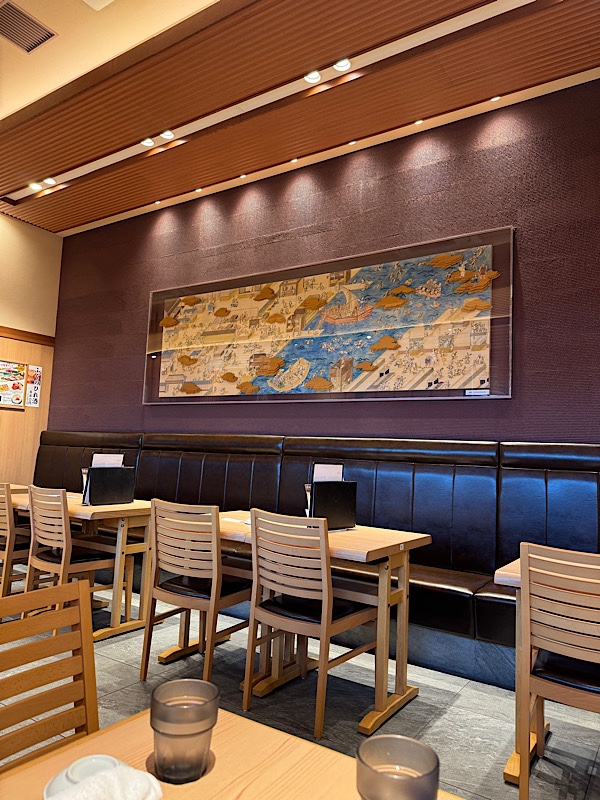
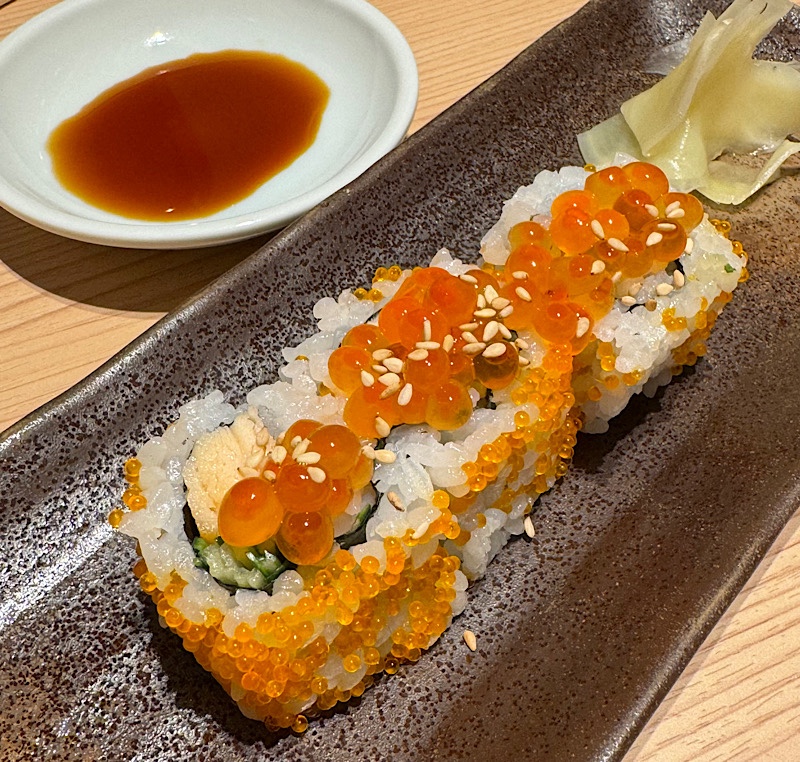

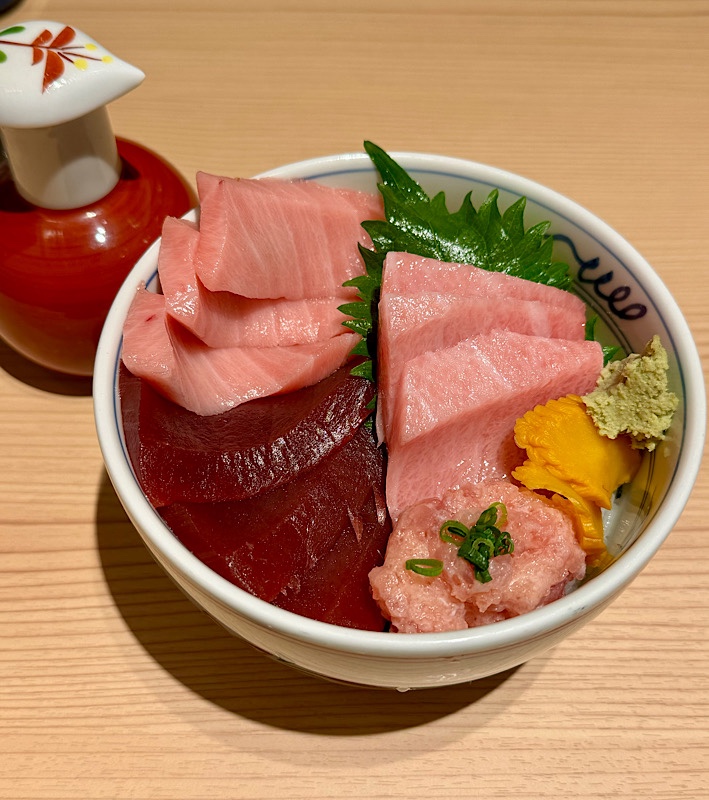
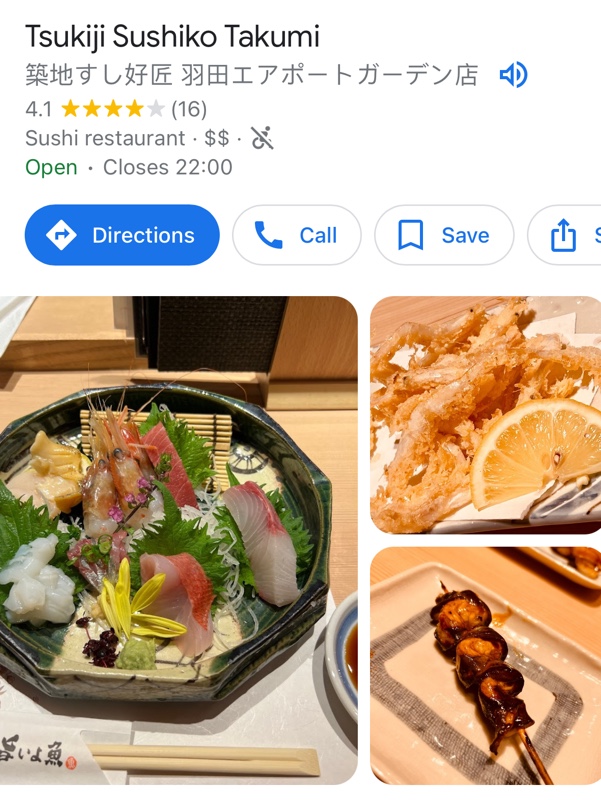
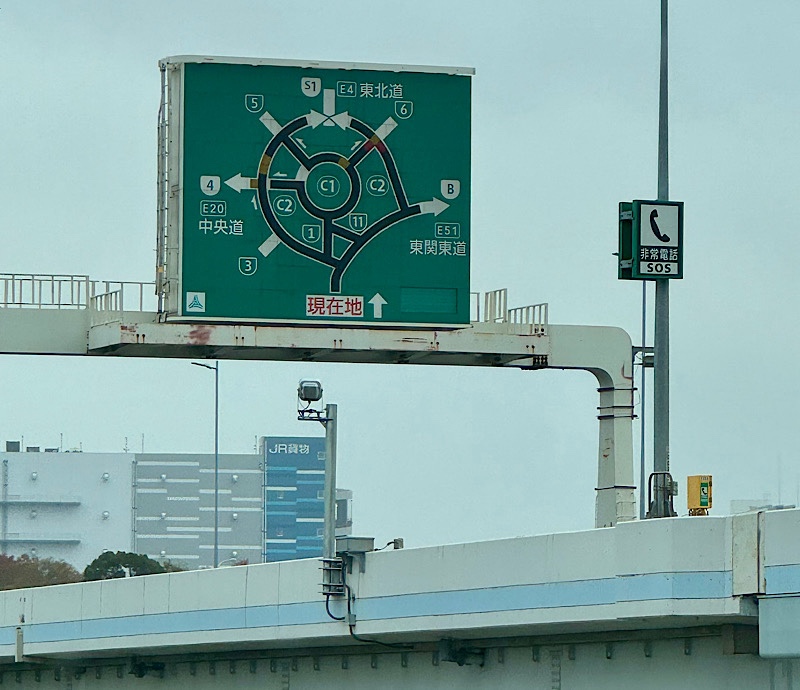
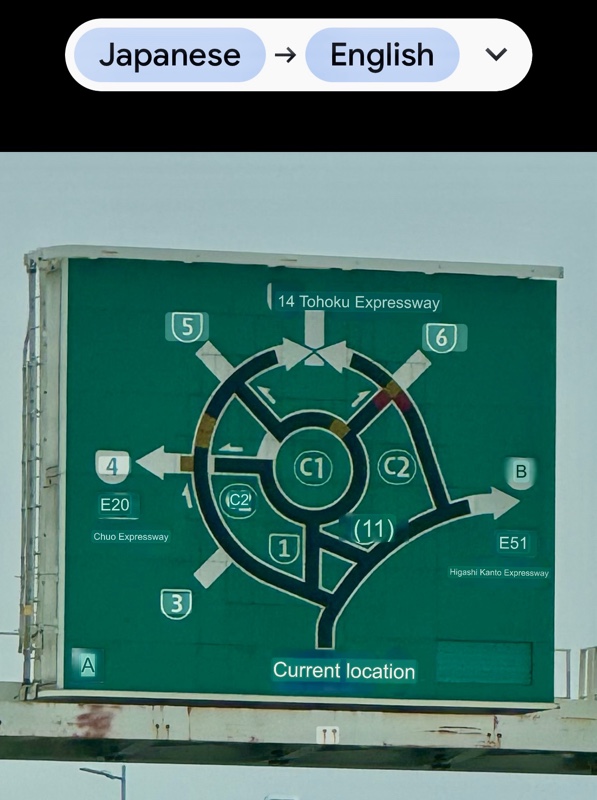
 Last Japanese selfie complete with obligatory cutesy filter. It’s tradition!
Last Japanese selfie complete with obligatory cutesy filter. It’s tradition! 
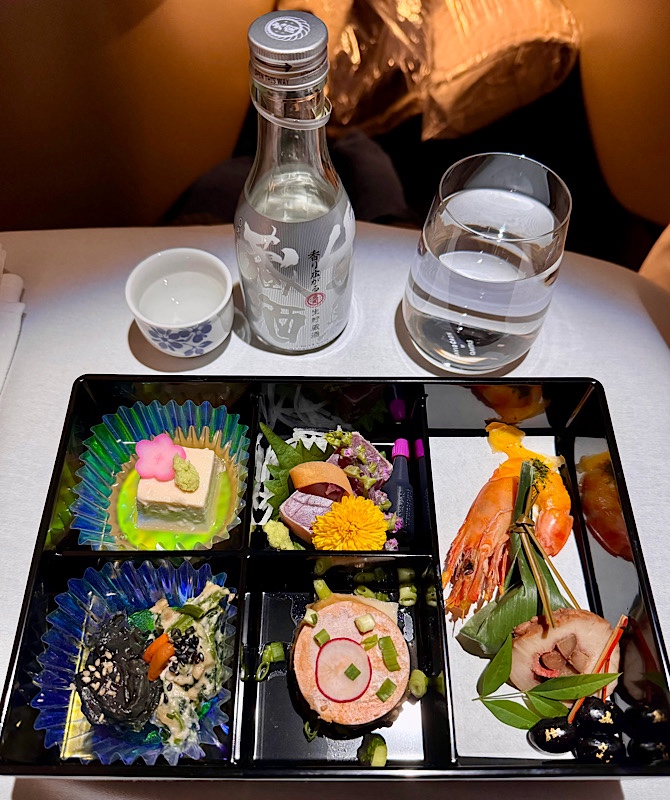
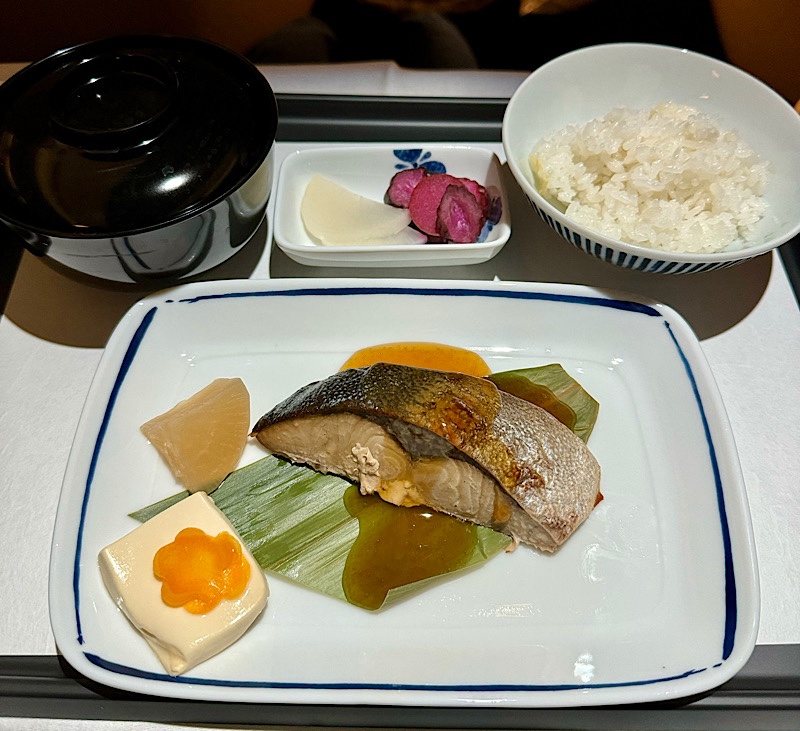
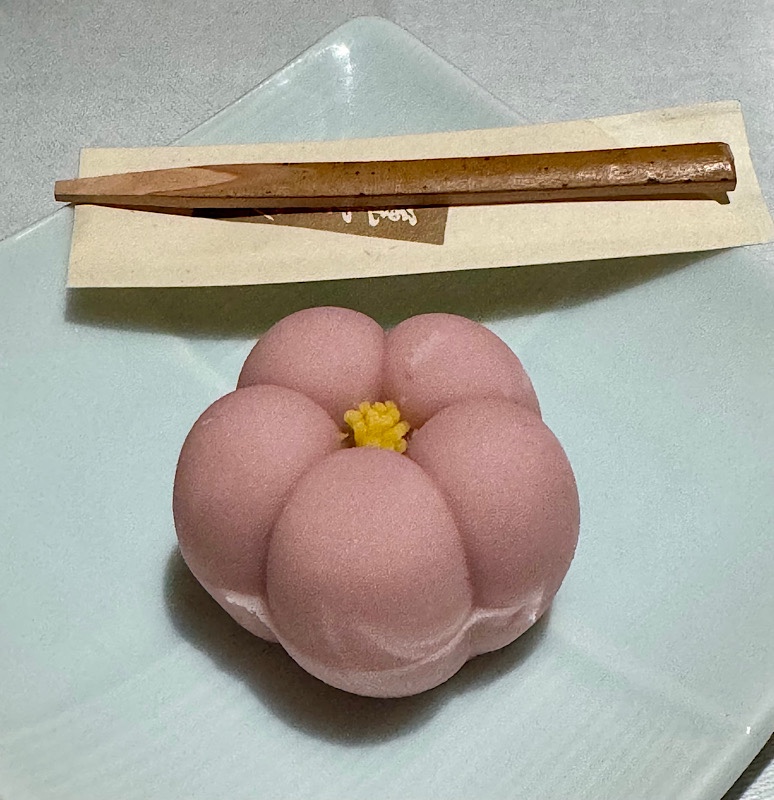
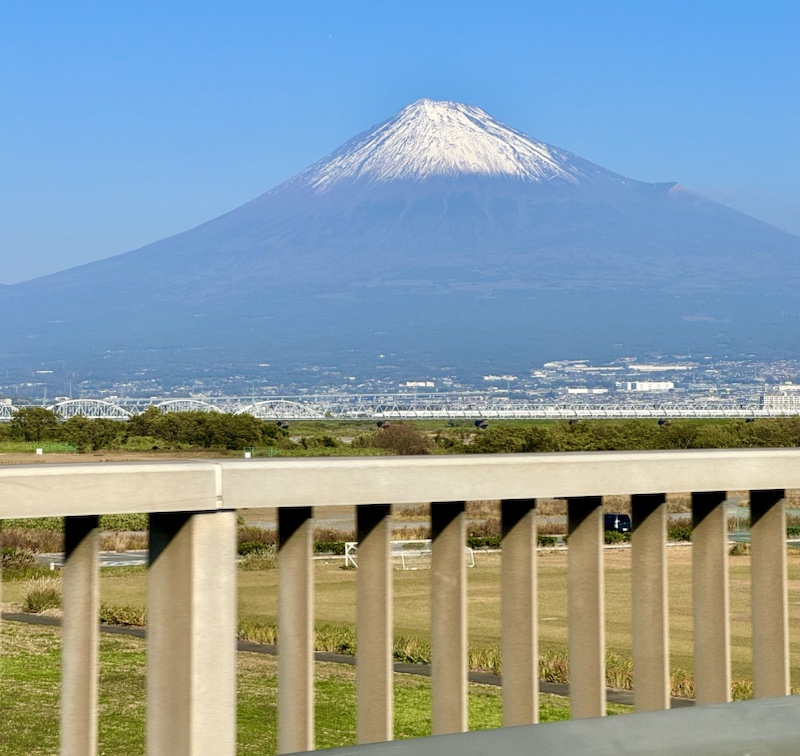
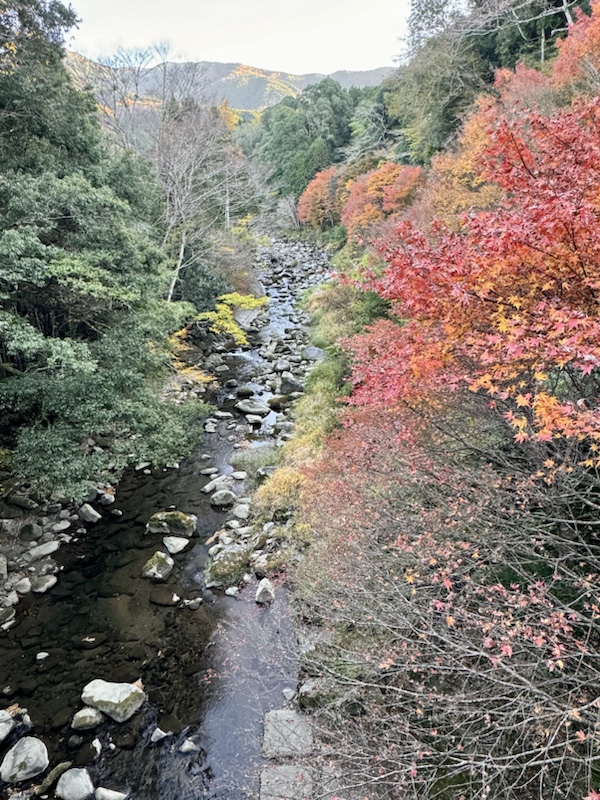
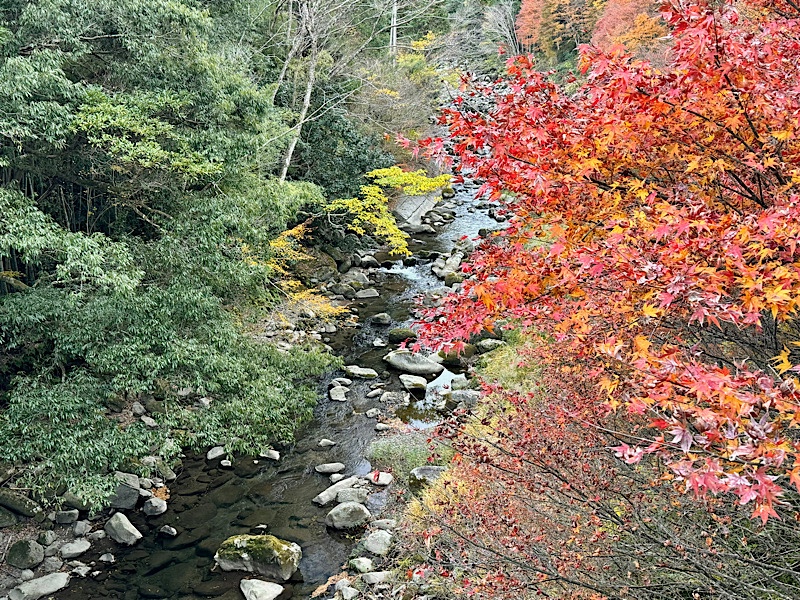
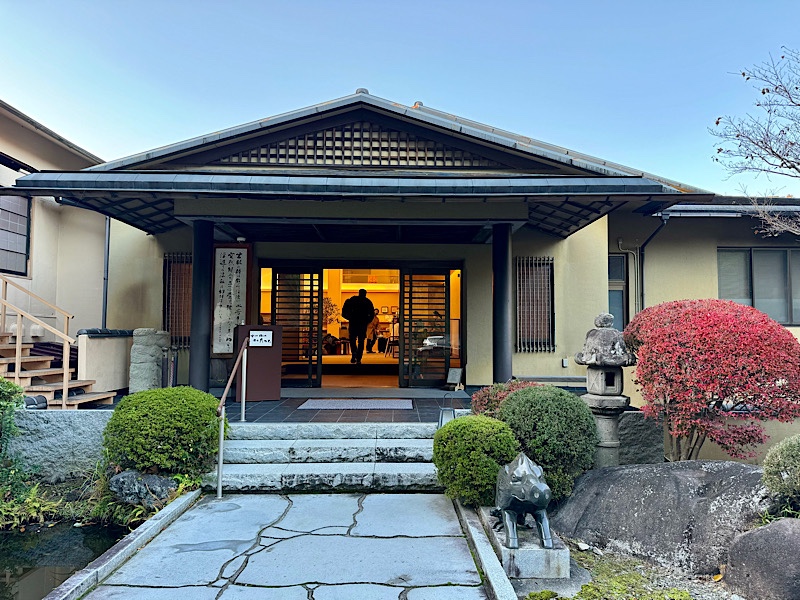
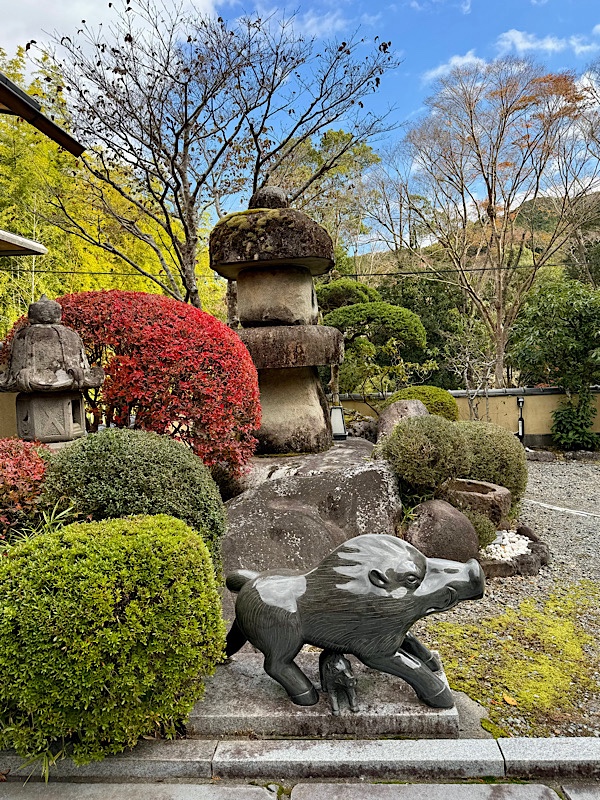

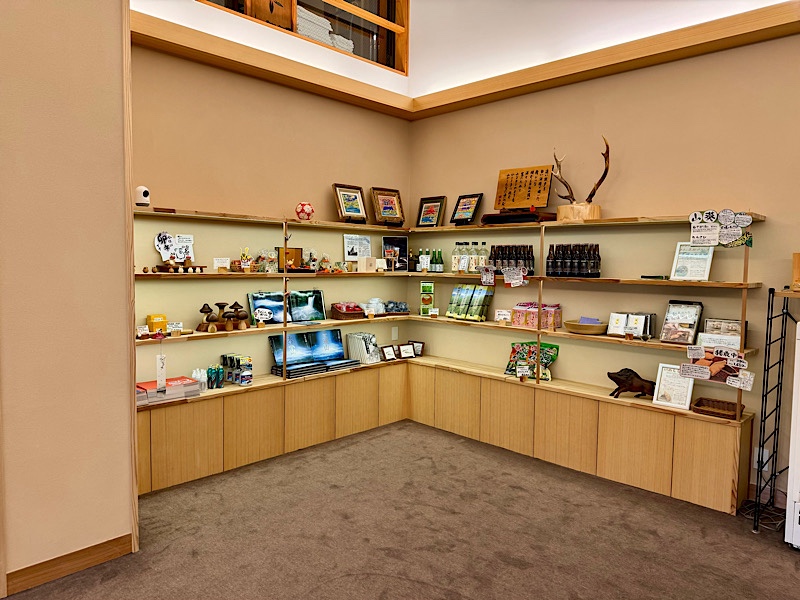


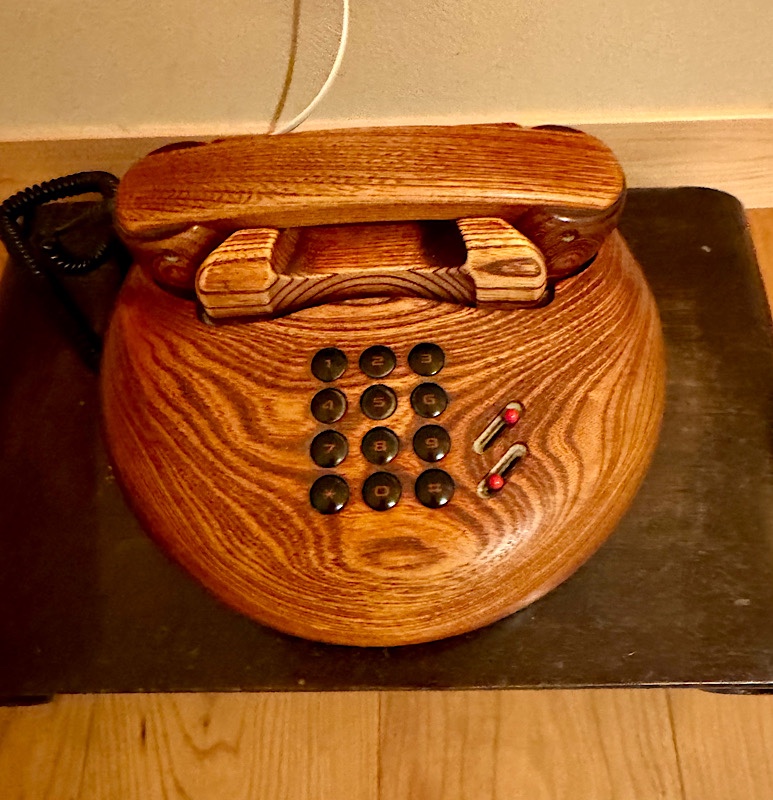
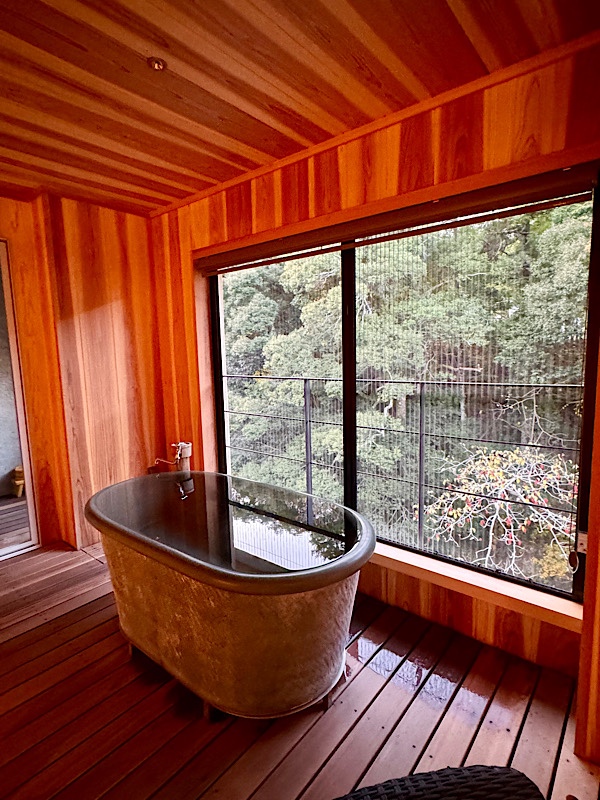
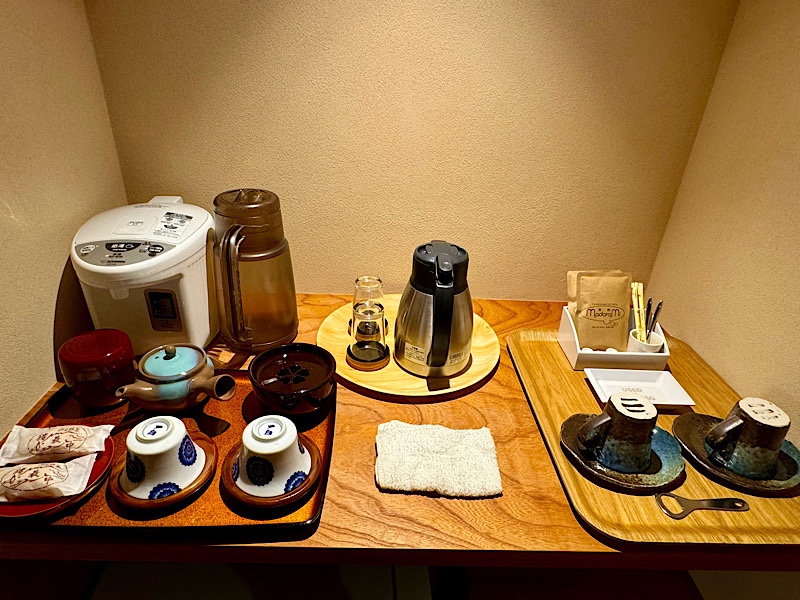
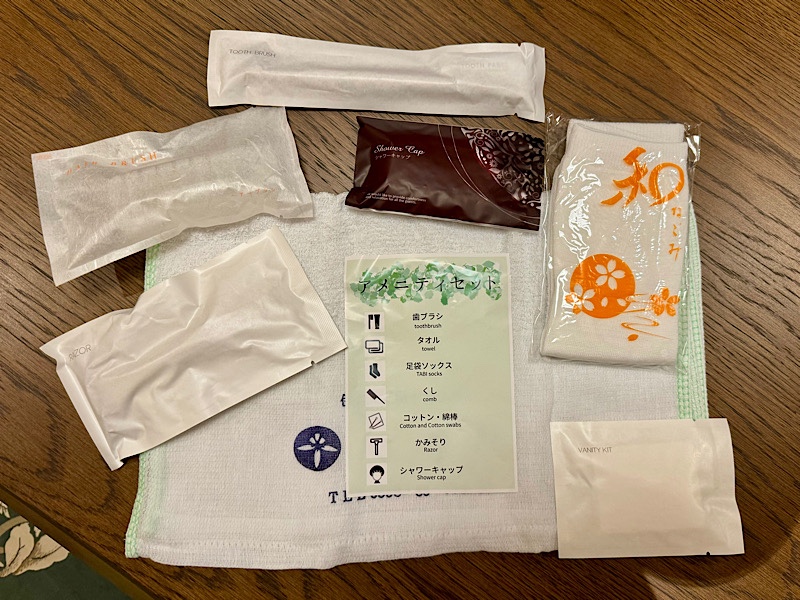
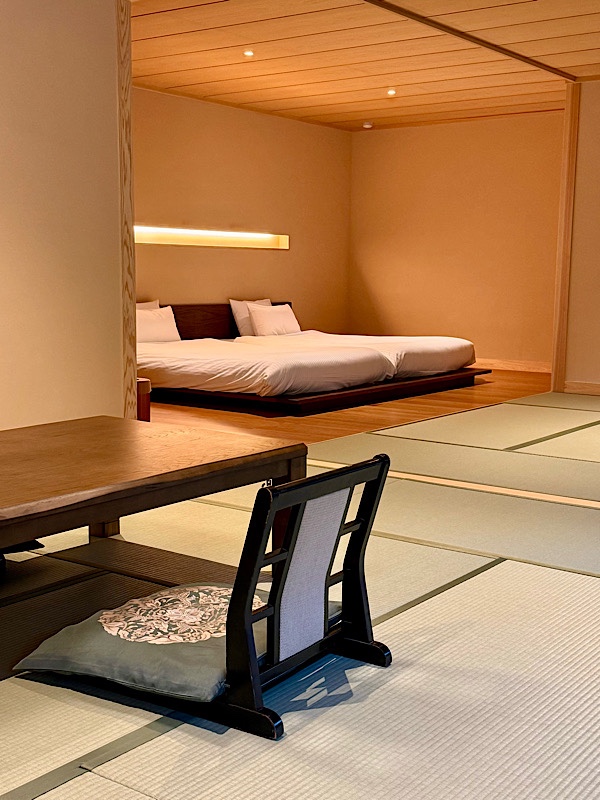

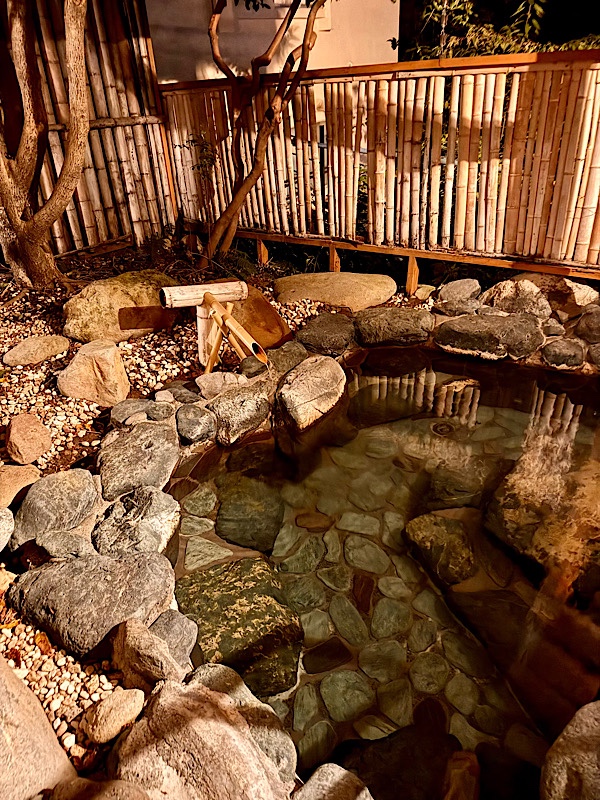 This is the view from the ryokan’s riverside restaurant on the first floor… just beautiful.
This is the view from the ryokan’s riverside restaurant on the first floor… just beautiful.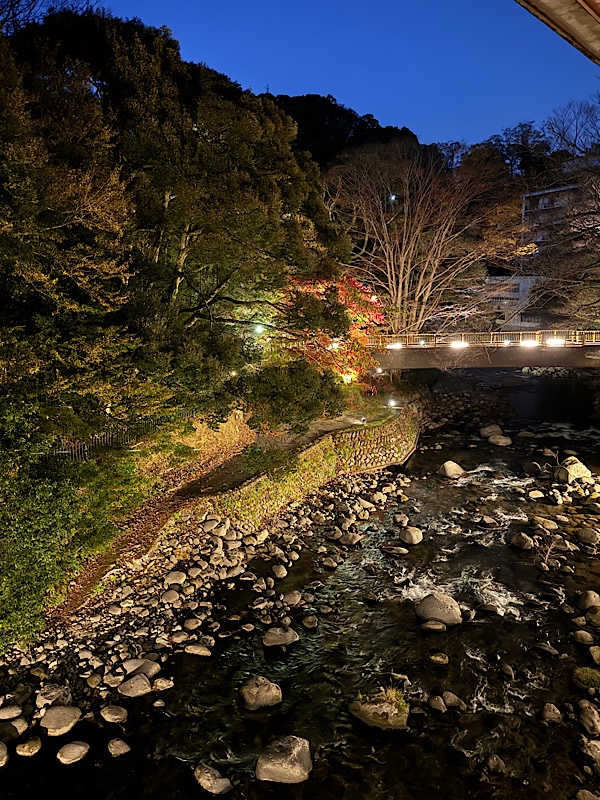

 The menu is predominantly Kawadoko cuisine in this part of Japan (not entirely sure what that means, but I am writing it down so I can hunt for it later). The starters were as impressively presented as they were flavoursome – there was an umeshu aperitif, sakiwan golden soup, boiled rockfish, pork hachimanmaki, forest boar liver, and tengyo nanban (I need to look that one up too!).
The menu is predominantly Kawadoko cuisine in this part of Japan (not entirely sure what that means, but I am writing it down so I can hunt for it later). The starters were as impressively presented as they were flavoursome – there was an umeshu aperitif, sakiwan golden soup, boiled rockfish, pork hachimanmaki, forest boar liver, and tengyo nanban (I need to look that one up too!). 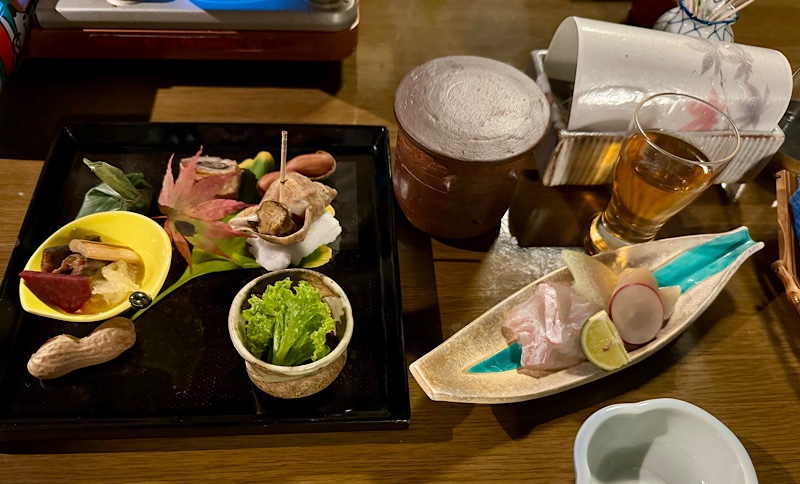
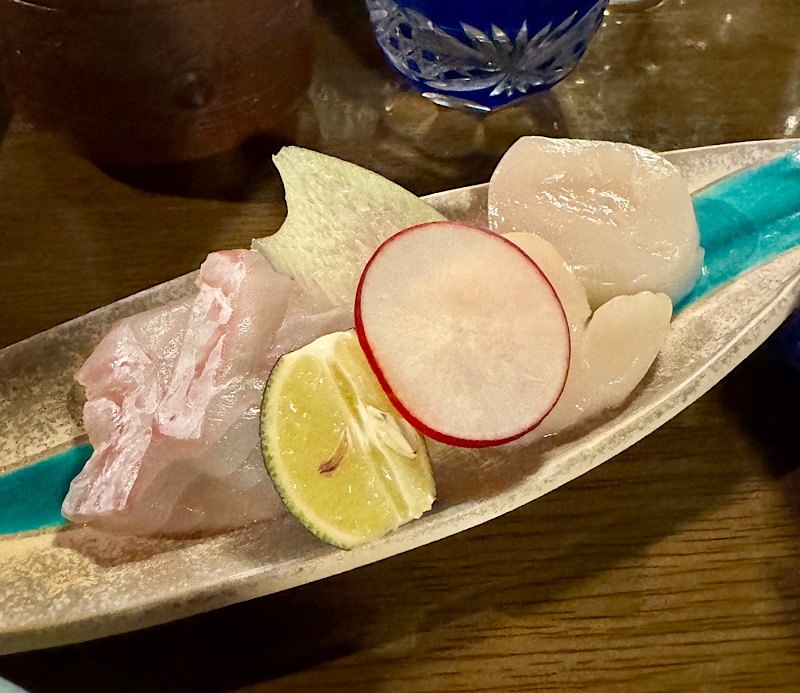
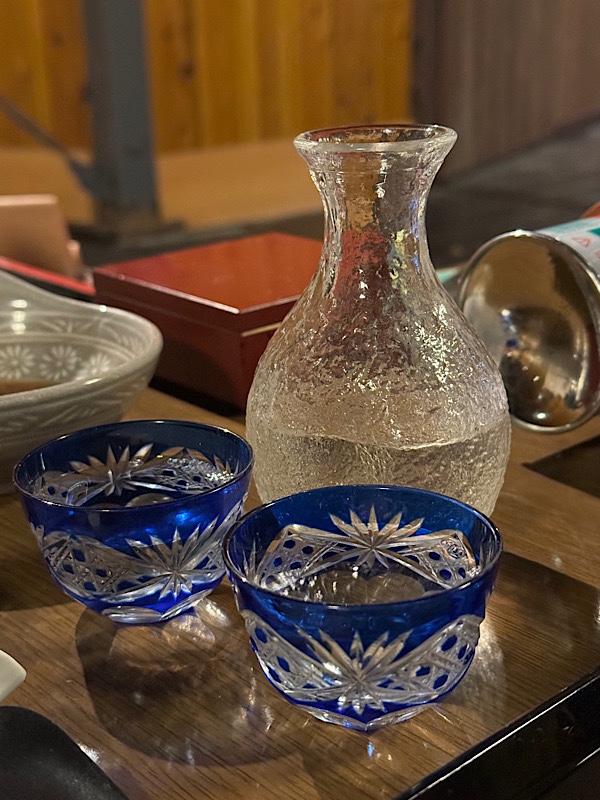
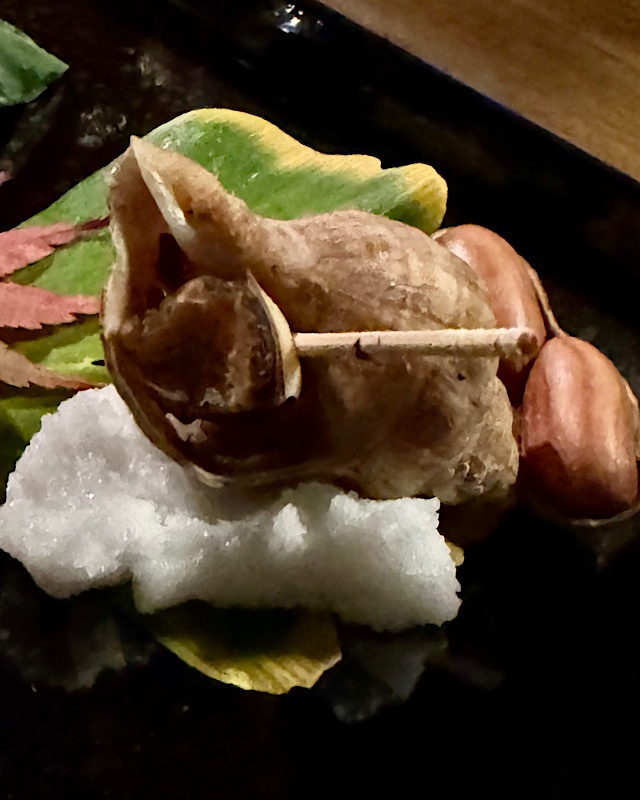
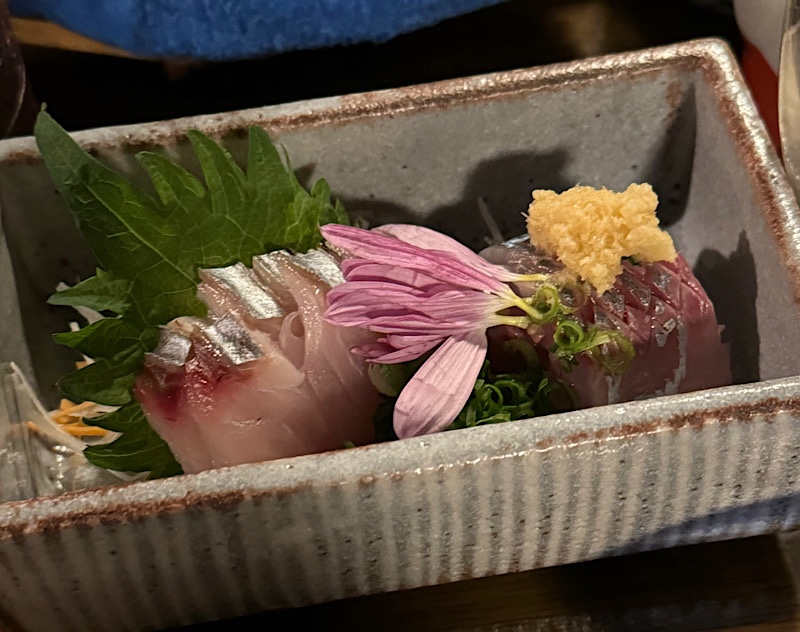
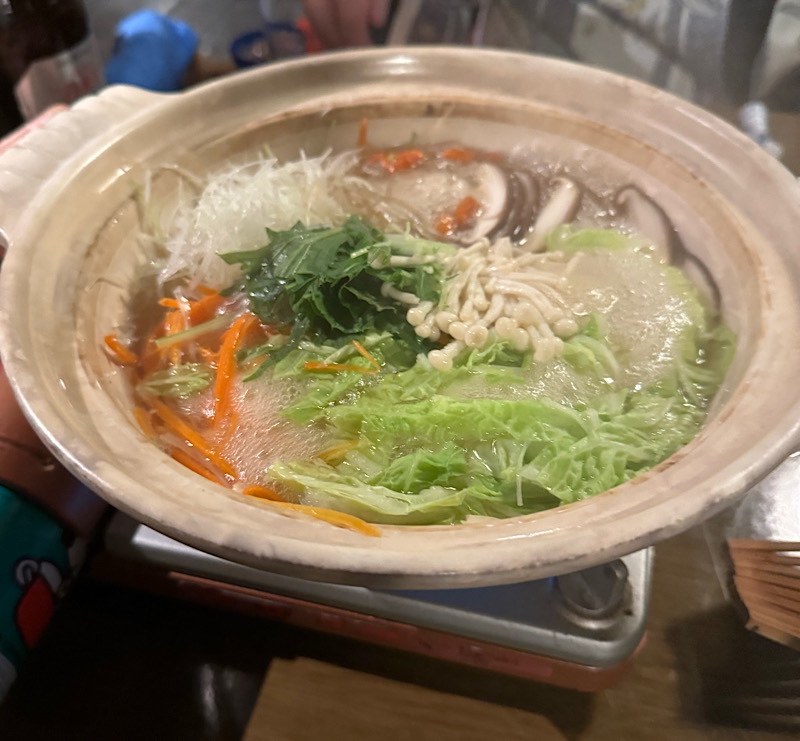
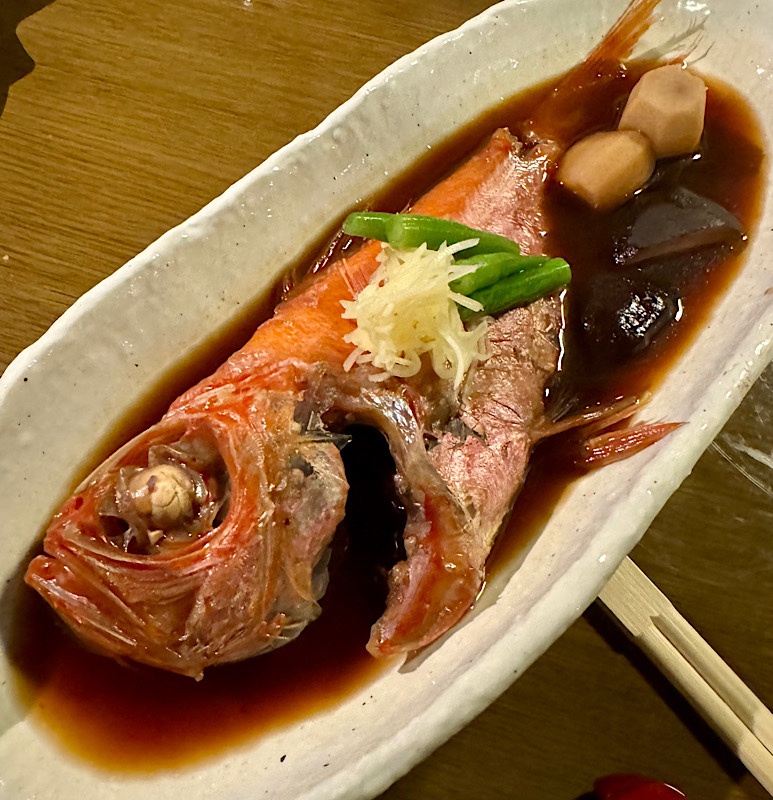 We were also served some tempura seasonal vegetables with wasabi salt – I never thought I was overly fond of tempura…. in Australia it tends to feel heavy in oil, and the one time we went for tempura in Asakusa with a Japanese friend, Amané, she took us to her favourite and she claimed ‘best’ tempura restaurant in Asakusa and I honestly didn’t like it that much. But the ryokan meals we have had have served tempura that is light and delicate and doesn’t taste like heavy deep fried food at all.
We were also served some tempura seasonal vegetables with wasabi salt – I never thought I was overly fond of tempura…. in Australia it tends to feel heavy in oil, and the one time we went for tempura in Asakusa with a Japanese friend, Amané, she took us to her favourite and she claimed ‘best’ tempura restaurant in Asakusa and I honestly didn’t like it that much. But the ryokan meals we have had have served tempura that is light and delicate and doesn’t taste like heavy deep fried food at all. We discovered that Izu is really well known for their fresh wasabi – and we also discovered, when you grate your own wasabi and not using the squishy over processed stuff you see most places, it is more flavourful and less hot. Very nice.
We discovered that Izu is really well known for their fresh wasabi – and we also discovered, when you grate your own wasabi and not using the squishy over processed stuff you see most places, it is more flavourful and less hot. Very nice.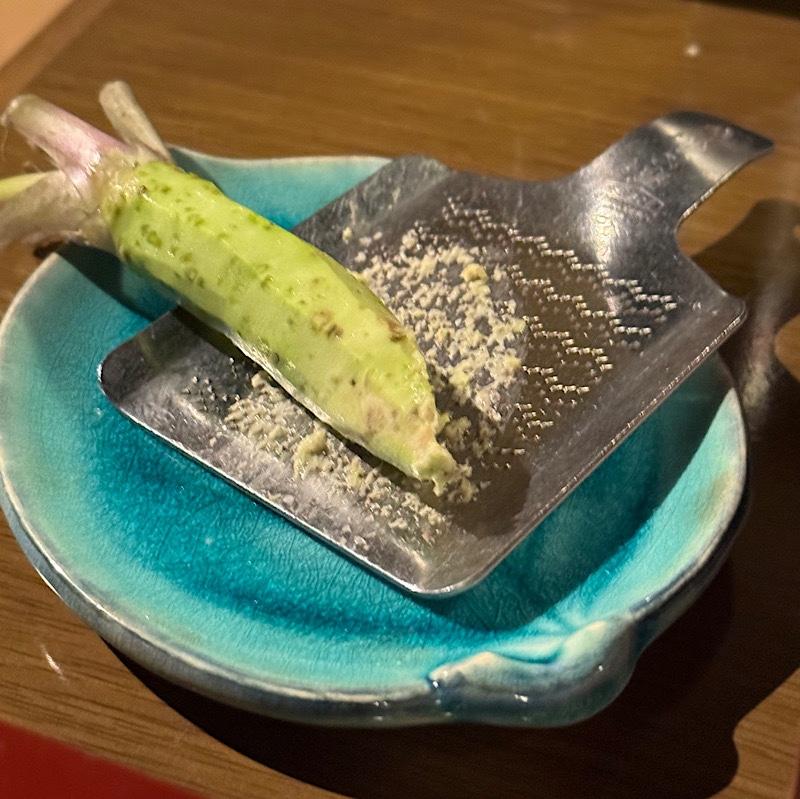 Dashi broth heating for our rice set course –
Dashi broth heating for our rice set course – 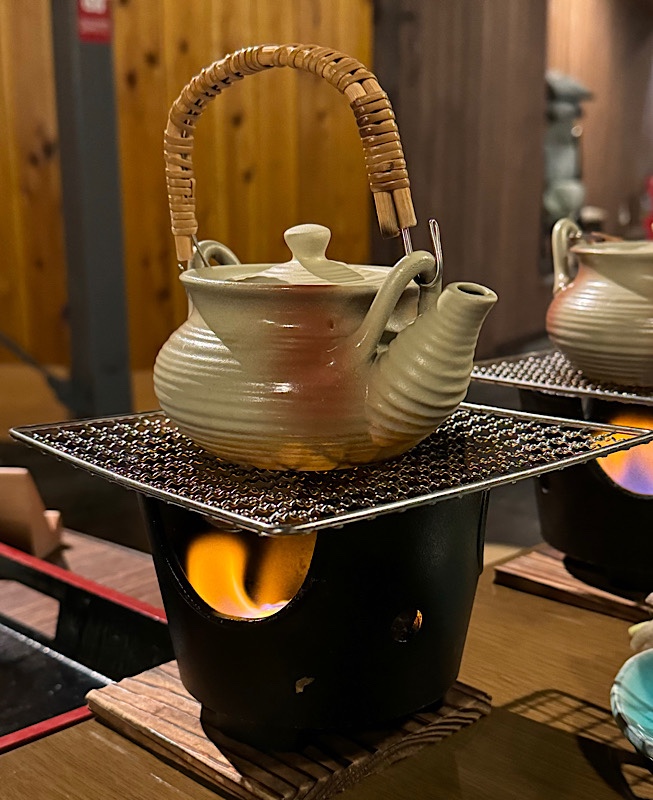 The rice set came with more red fish, sesame, miso pickles, nori, wasabi, and coriander (thank you so much for the heads up on the devil’s weed!), then of course you pour some broth on once you have loaded up your rice.
The rice set came with more red fish, sesame, miso pickles, nori, wasabi, and coriander (thank you so much for the heads up on the devil’s weed!), then of course you pour some broth on once you have loaded up your rice.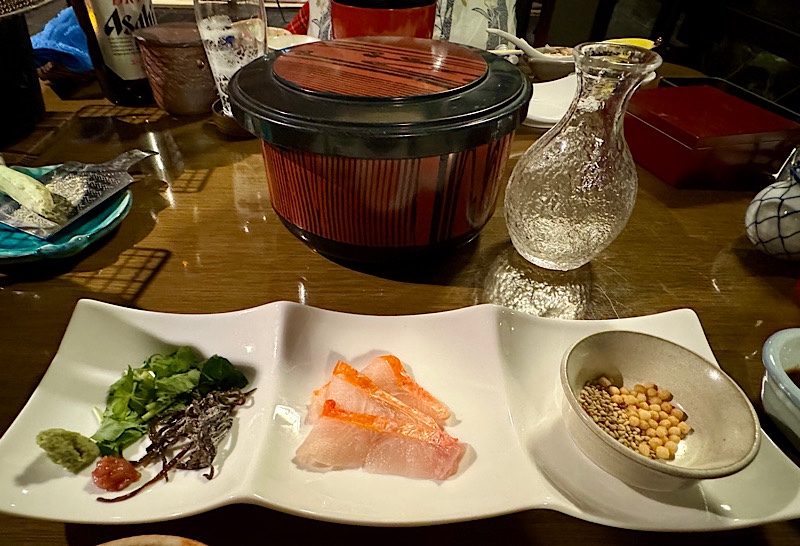 Ta-da! Super tasty. They gave us a large pot of rice and said to call if we wanted more rice – but after such a large meal, I nearly had more condiments than rice in my donburi.
Ta-da! Super tasty. They gave us a large pot of rice and said to call if we wanted more rice – but after such a large meal, I nearly had more condiments than rice in my donburi. 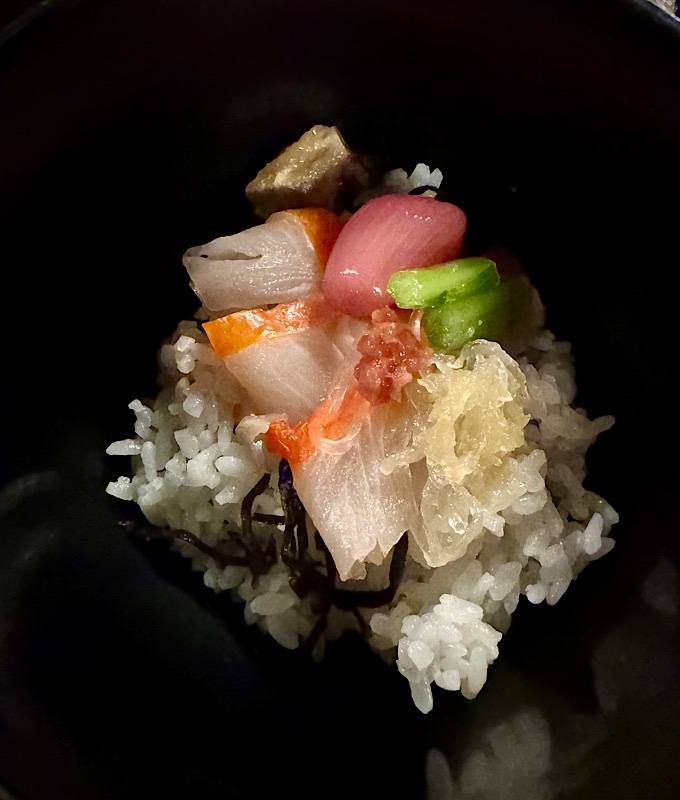 Thankfully, with these multi course kaiseki meals, the dessert/sweet courses are usually simple and small… I say ‘thankfully’ because many Japanese abhor waste when it comes to food and it is considered rude not to clean your plate – if you are at a buffet and choosing food for yourself, it is VERY rude to take more than you will eat.
Thankfully, with these multi course kaiseki meals, the dessert/sweet courses are usually simple and small… I say ‘thankfully’ because many Japanese abhor waste when it comes to food and it is considered rude not to clean your plate – if you are at a buffet and choosing food for yourself, it is VERY rude to take more than you will eat.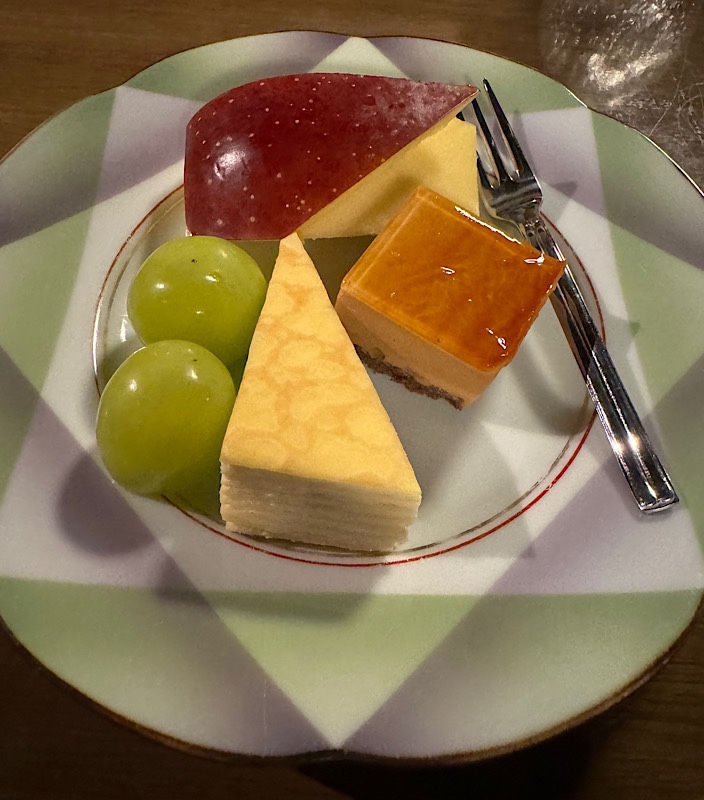 Looking very relaxed and chilled there Mr K.
Looking very relaxed and chilled there Mr K. 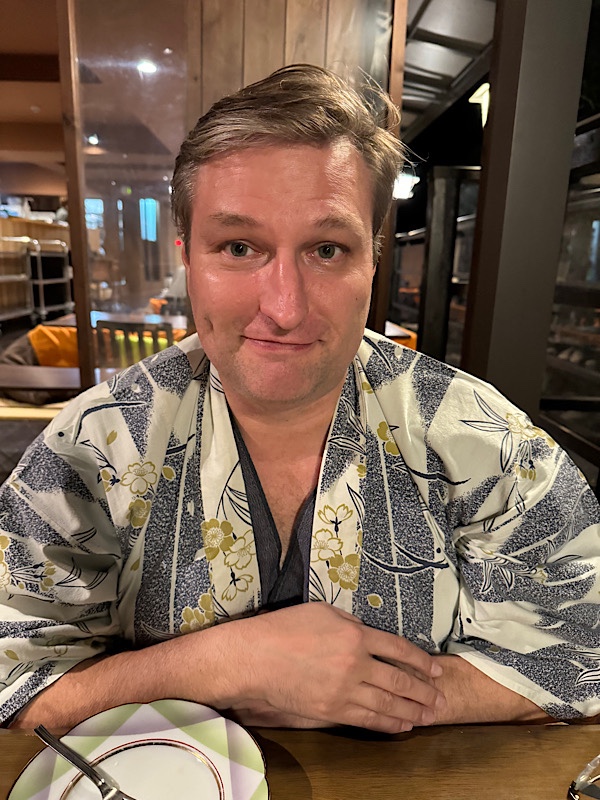
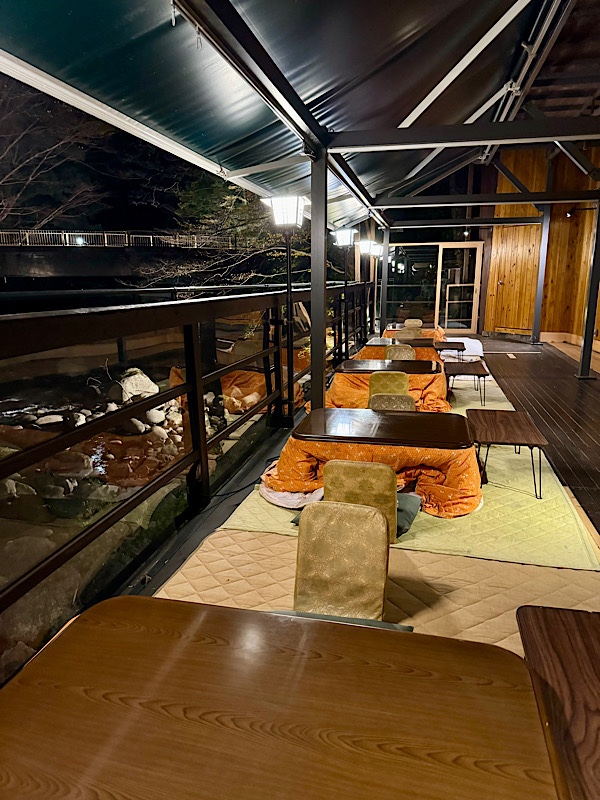
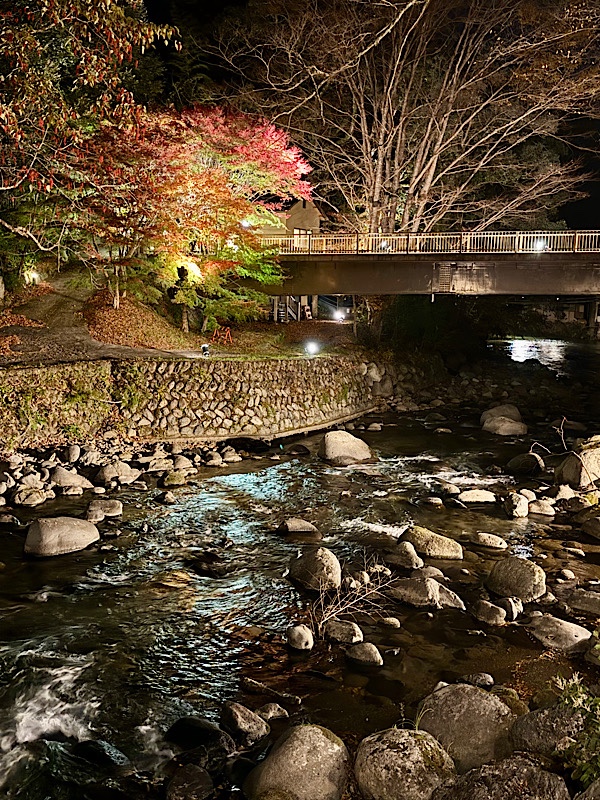 Waking up to this in the morning is something I could really get used to.
Waking up to this in the morning is something I could really get used to.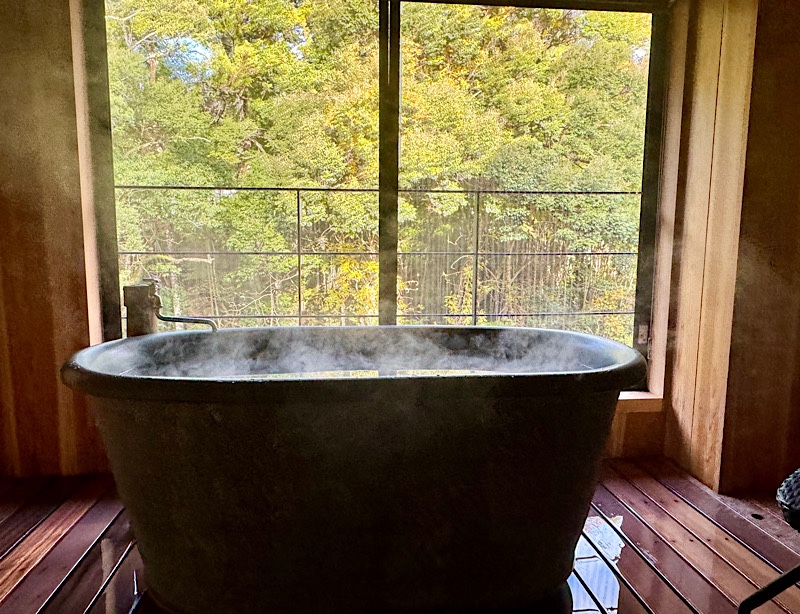
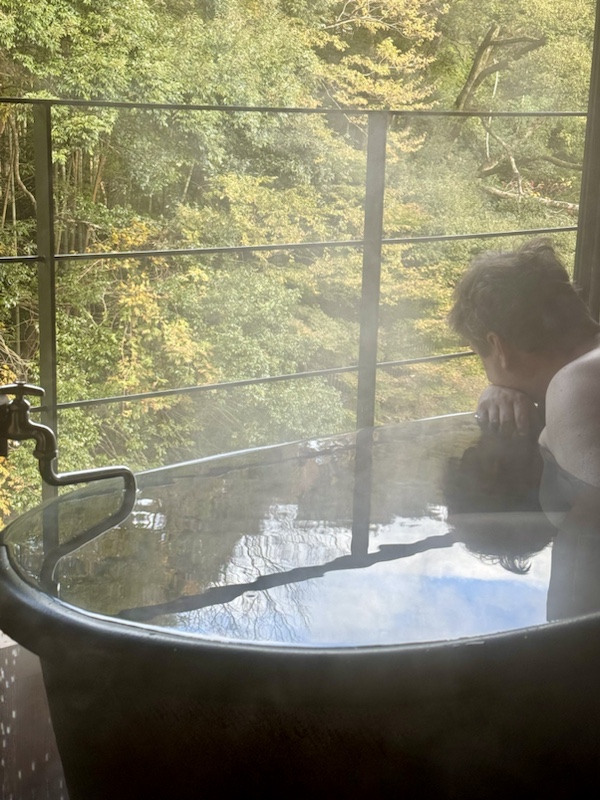
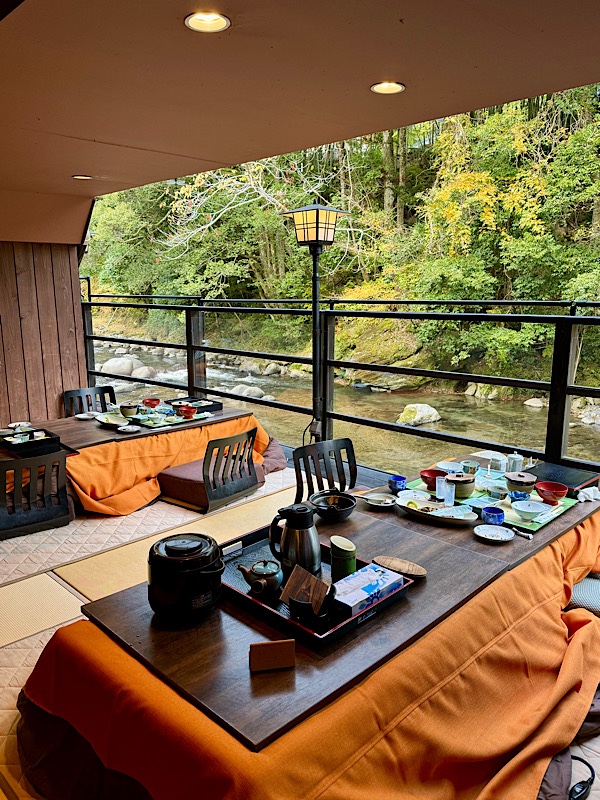
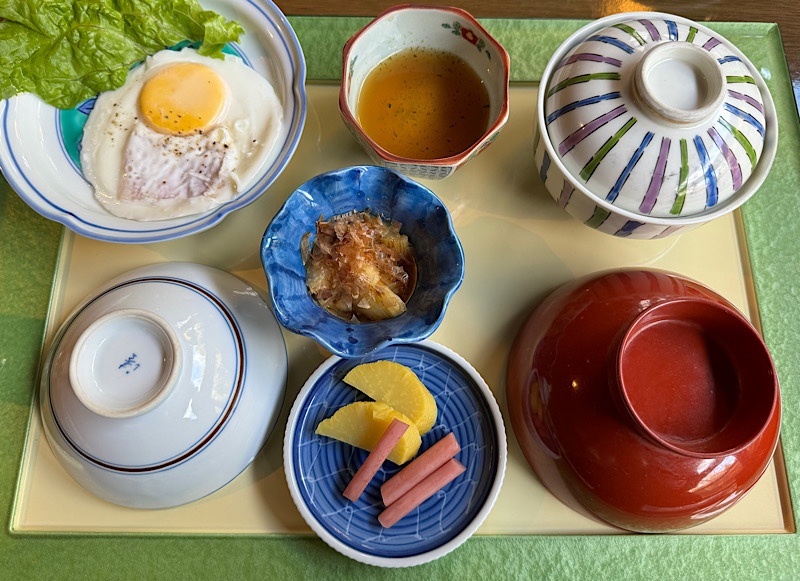
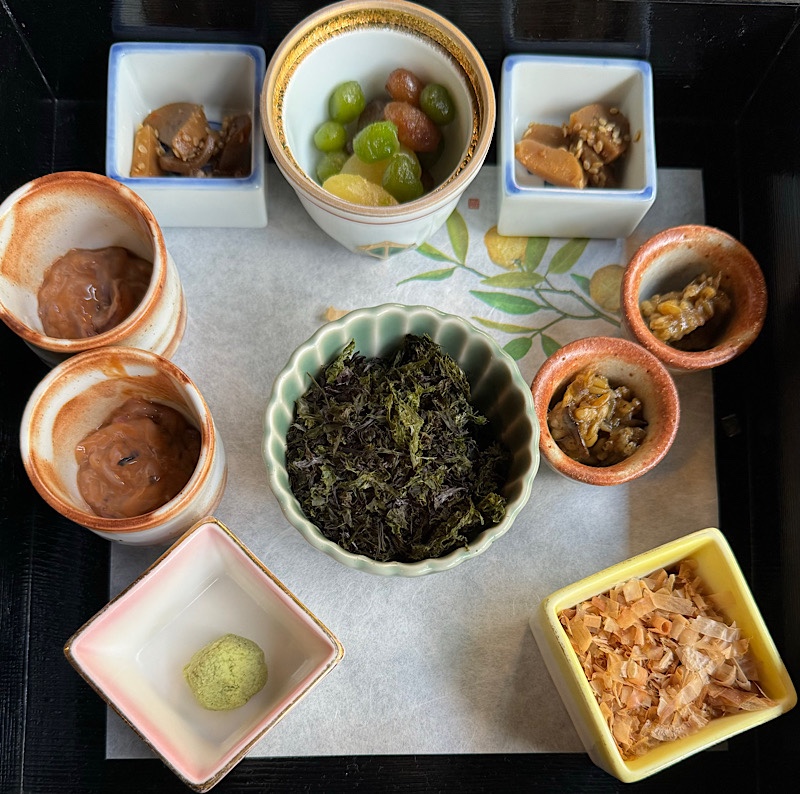
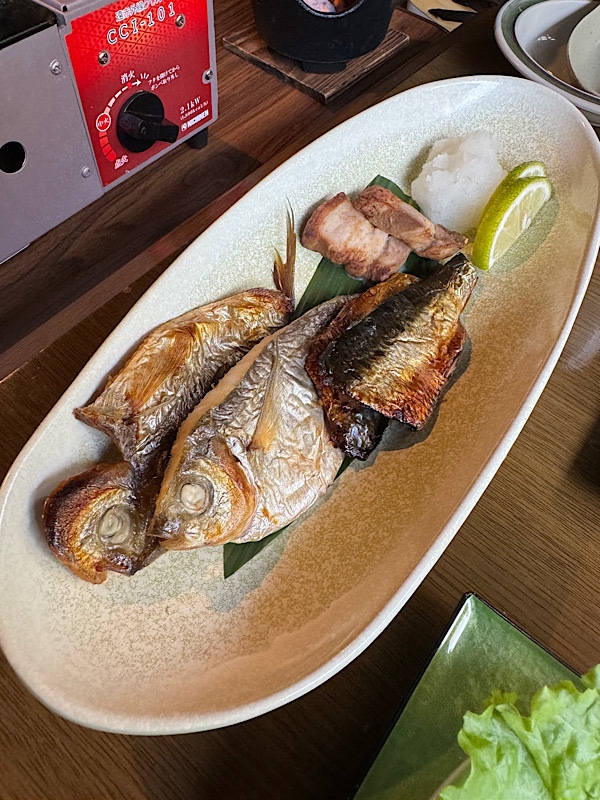 I’m getting used to cooking with the chopsticks and have even mastered removing the fish bones from the morning’s grilled fish offerings, with my chopsticks.
I’m getting used to cooking with the chopsticks and have even mastered removing the fish bones from the morning’s grilled fish offerings, with my chopsticks. 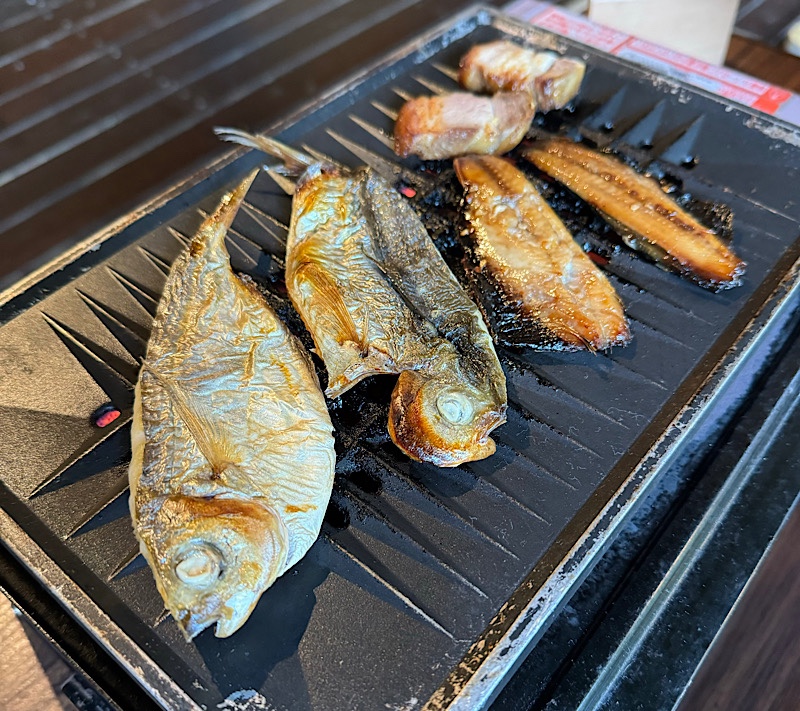 The miso soup here was excellent – one thing travelling around to so many different areas throughout the country is you rapidly learn that not all miso soup is made equal! Nor is all curry or all ramen.
The miso soup here was excellent – one thing travelling around to so many different areas throughout the country is you rapidly learn that not all miso soup is made equal! Nor is all curry or all ramen. 
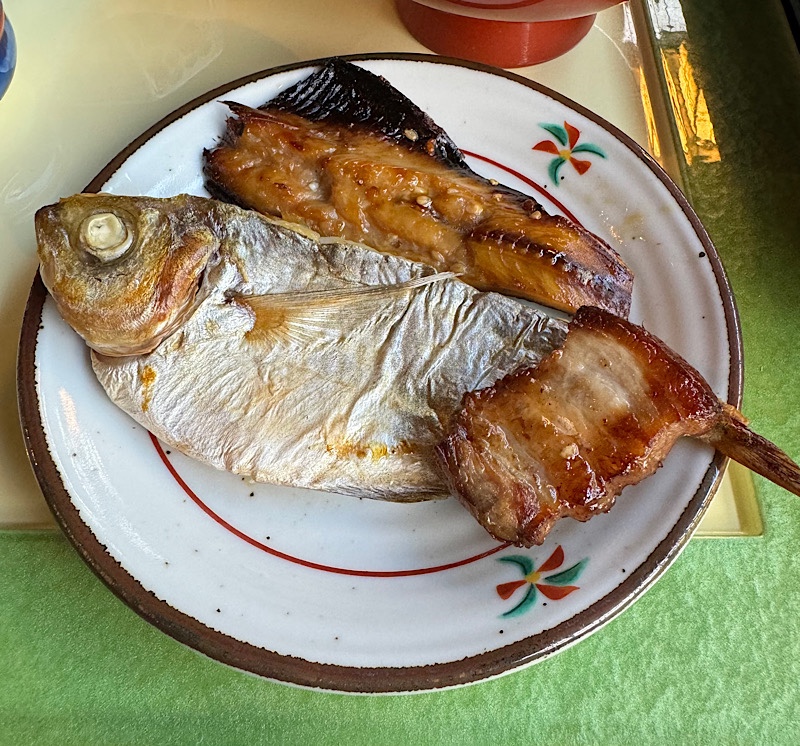
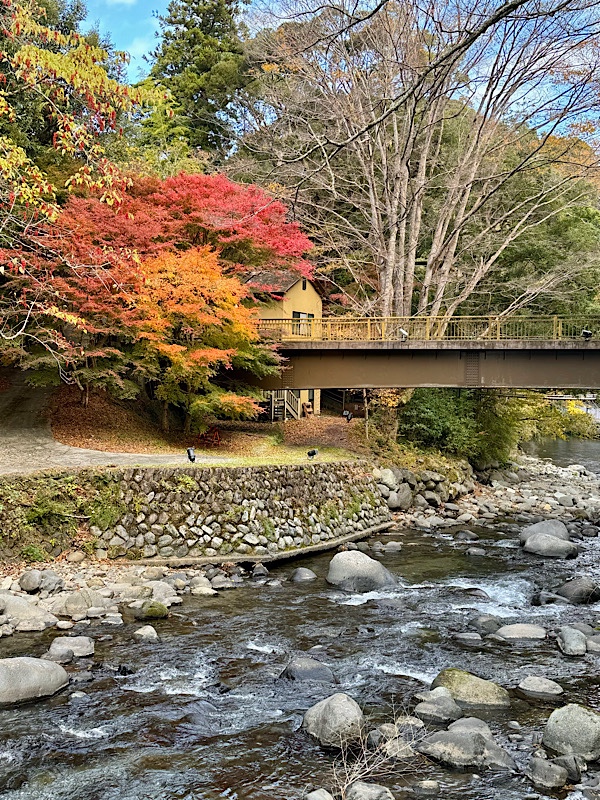
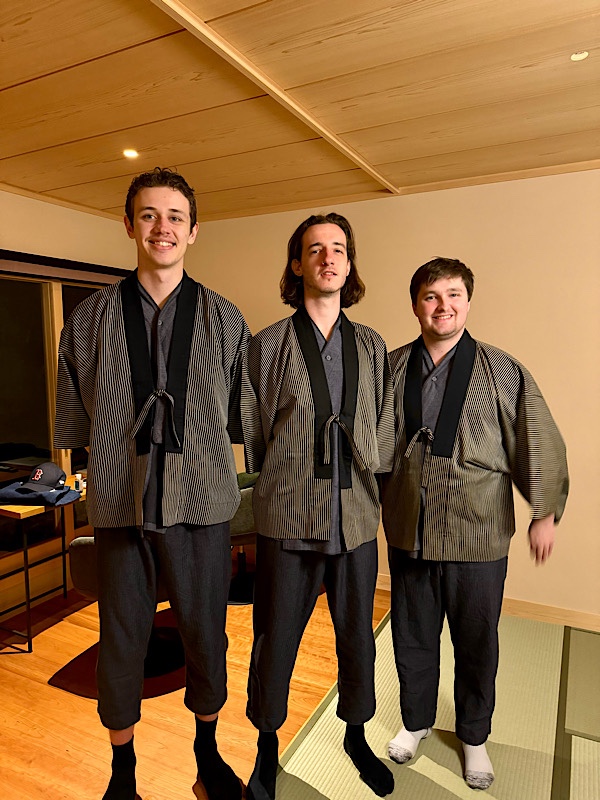 They all look great and super uncomfortable in their samue… I’m sure a bit of saké will dispel the discomfort quick smart.
They all look great and super uncomfortable in their samue… I’m sure a bit of saké will dispel the discomfort quick smart. 
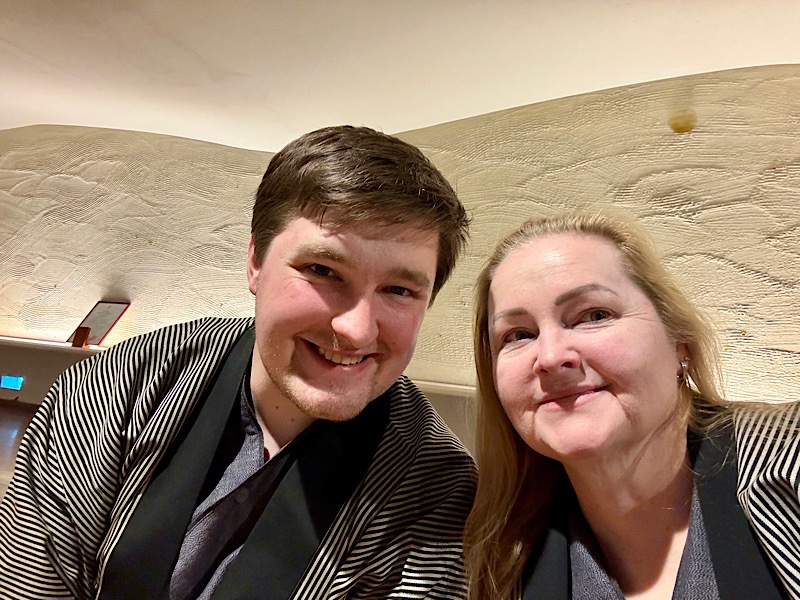
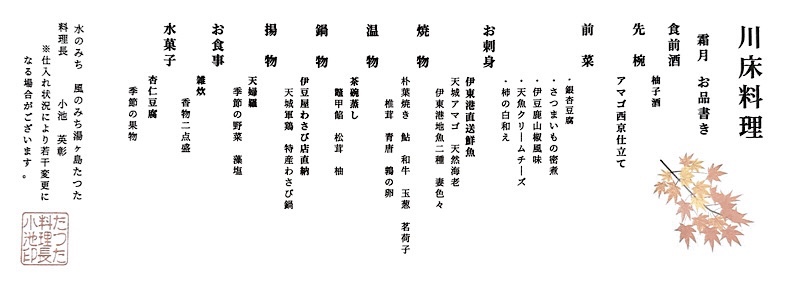
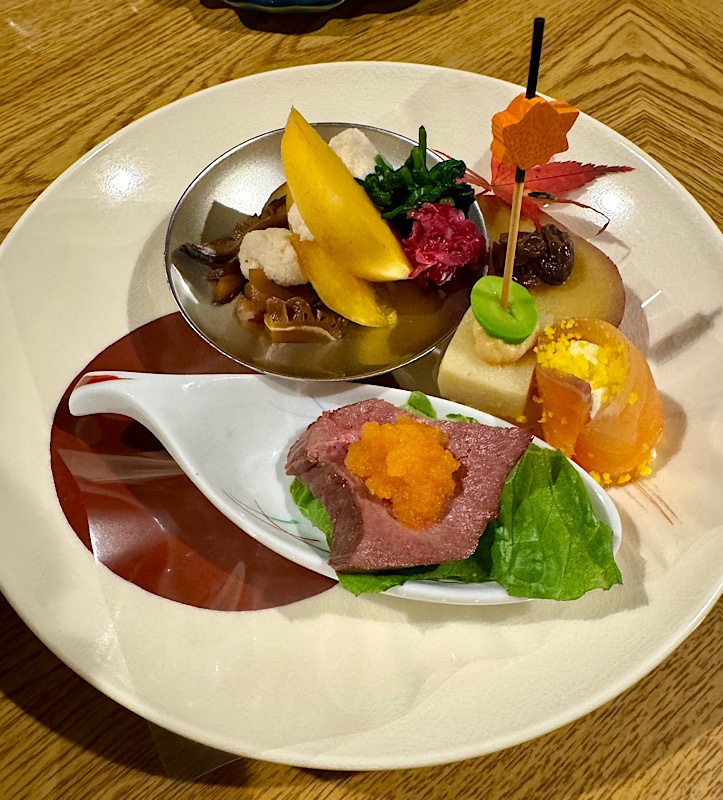
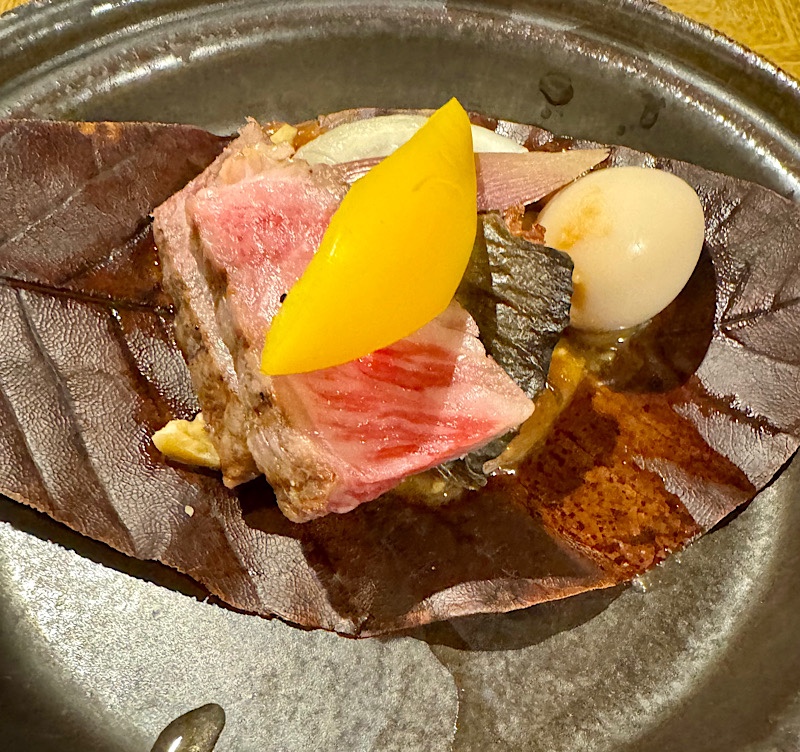
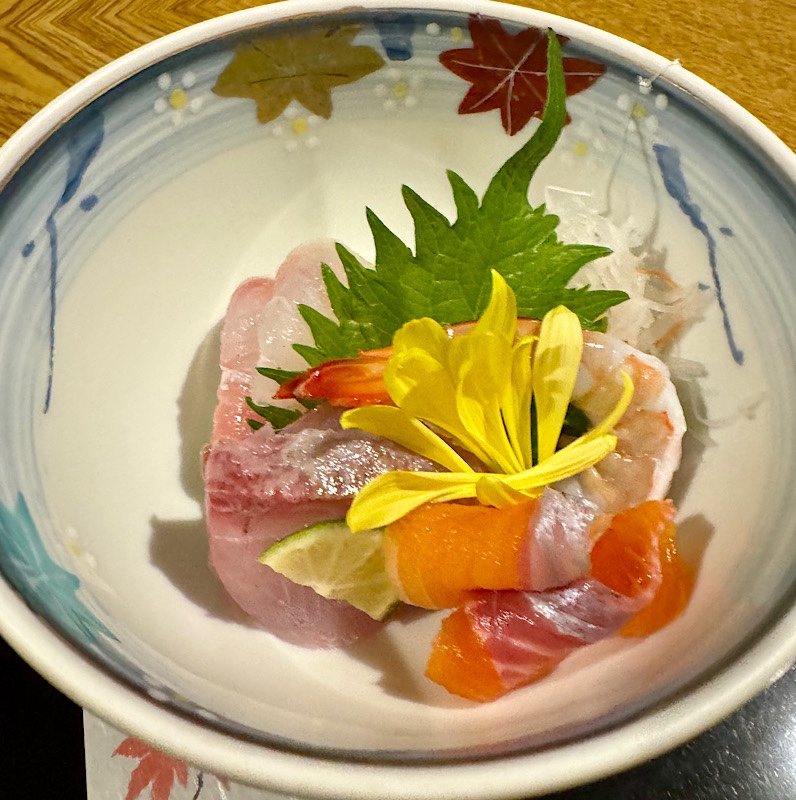

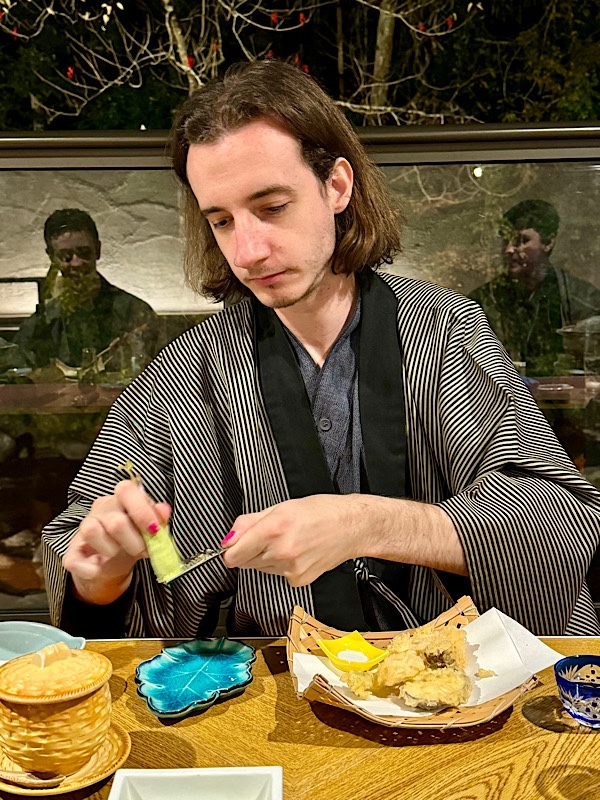
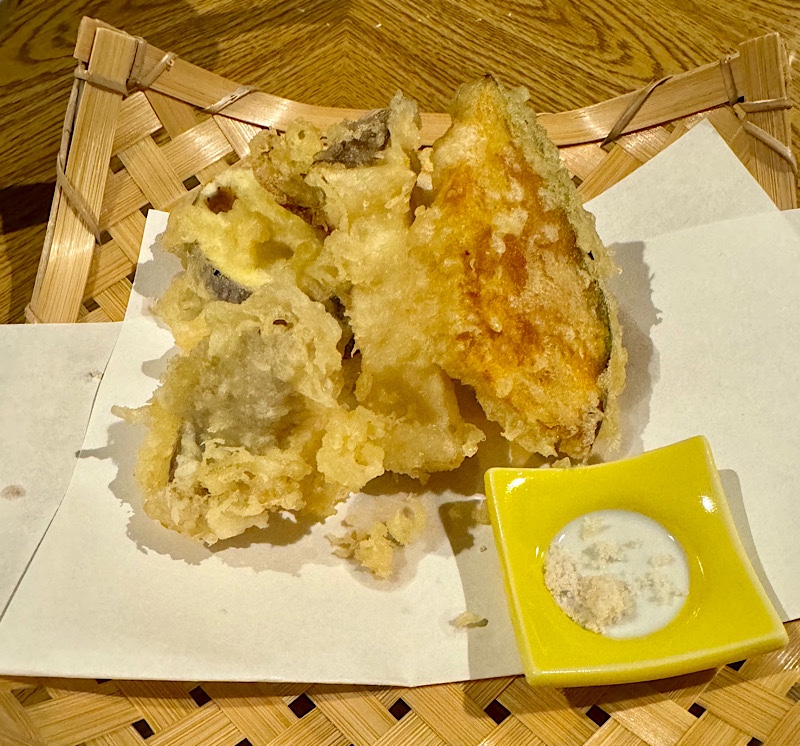
 There was also a savoury egg custard made from tortoiseshell and yuzu paste (?), and some grilled swordfish with magnolia leaves, but I got busy with the cooking of the hot pot and failed on the photos. 🙂 Dessert again was lovely and light and simple: almond pudding, with orange and local melon.
There was also a savoury egg custard made from tortoiseshell and yuzu paste (?), and some grilled swordfish with magnolia leaves, but I got busy with the cooking of the hot pot and failed on the photos. 🙂 Dessert again was lovely and light and simple: almond pudding, with orange and local melon.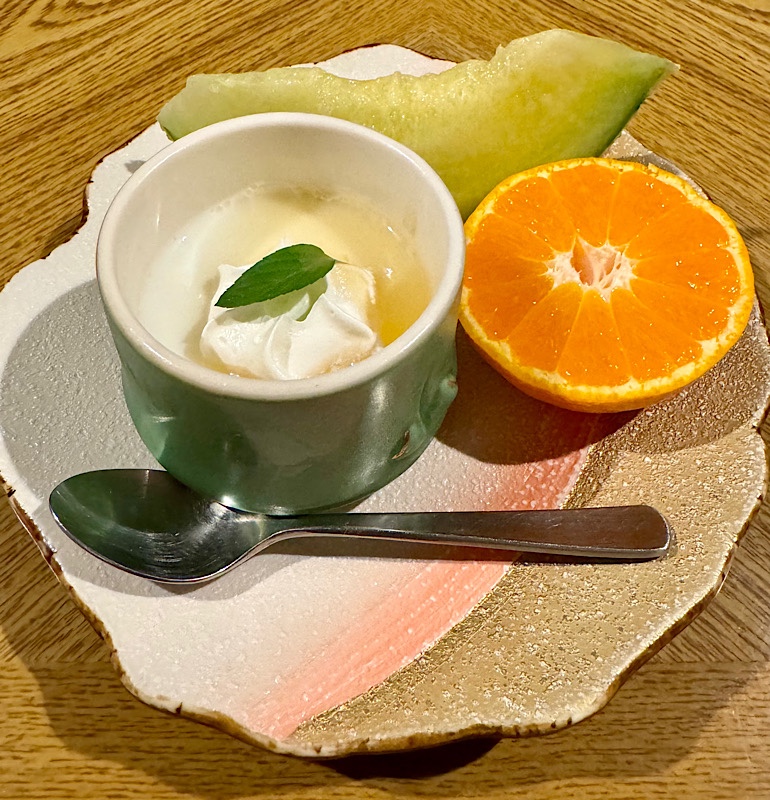
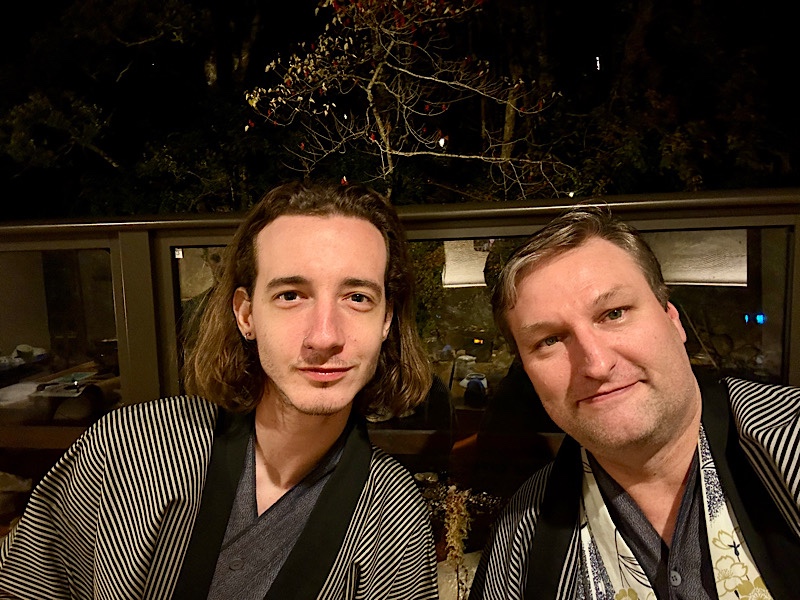
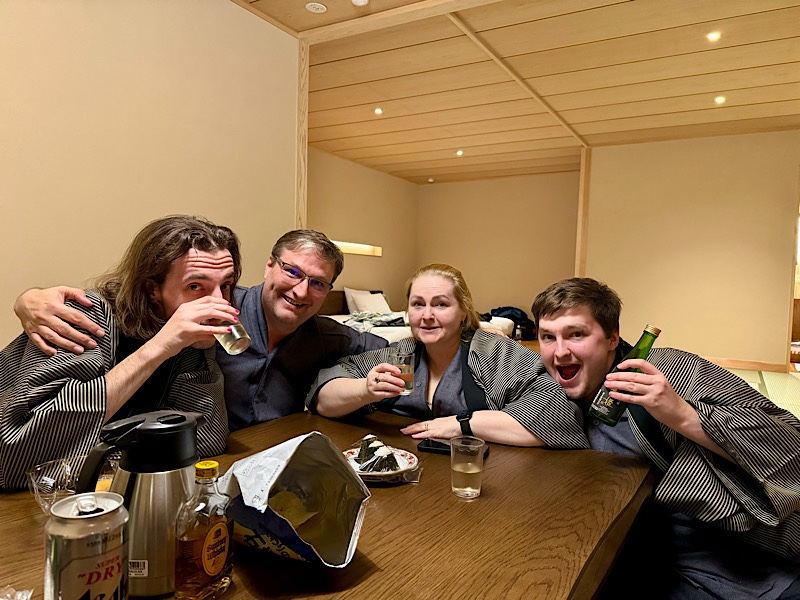
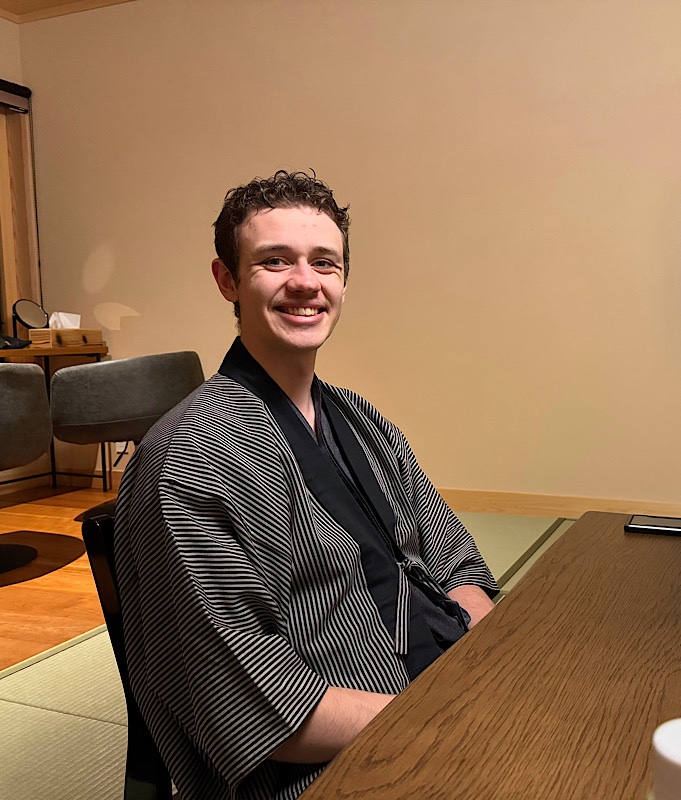 An impromptu work meeting transpired over saké…
An impromptu work meeting transpired over saké… Less so as the night went on… 🙂
Less so as the night went on… 🙂 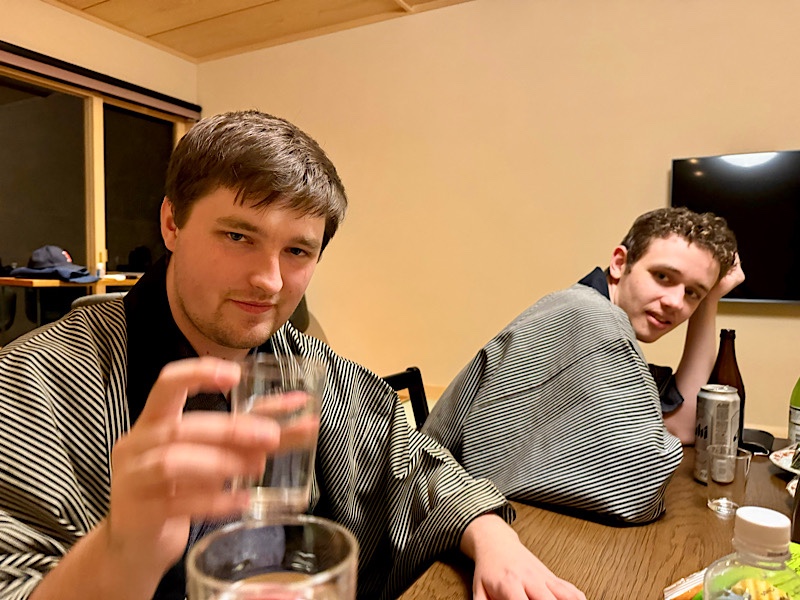
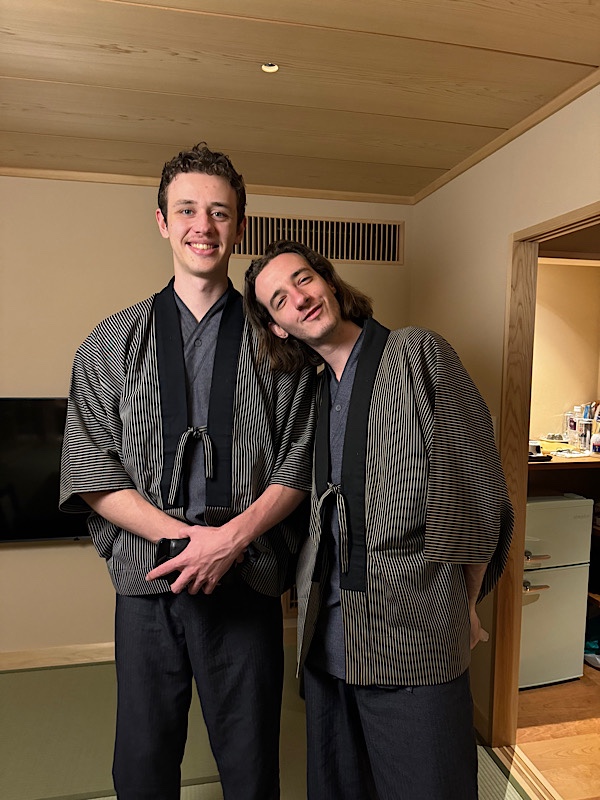
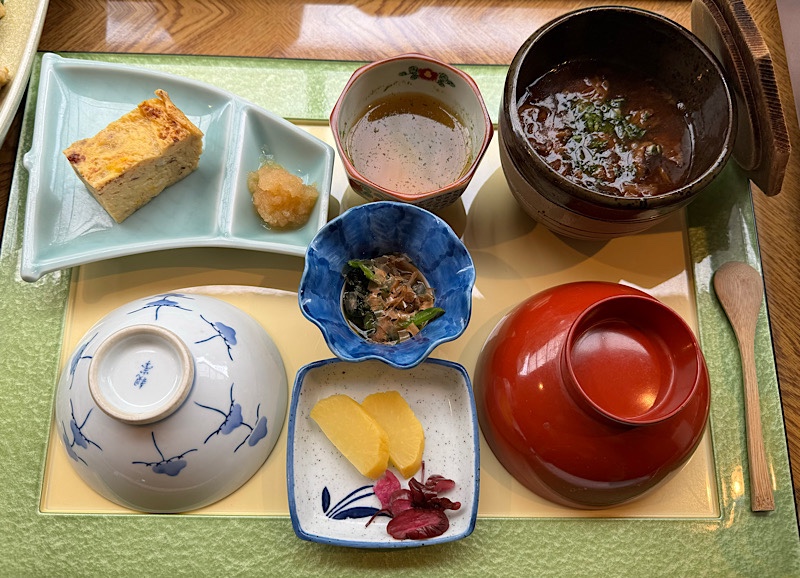
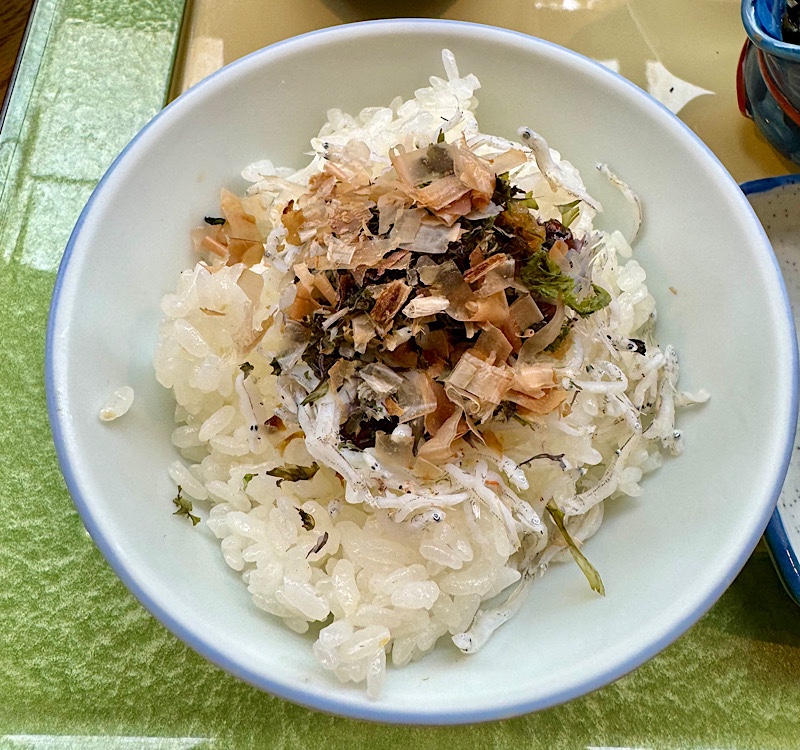
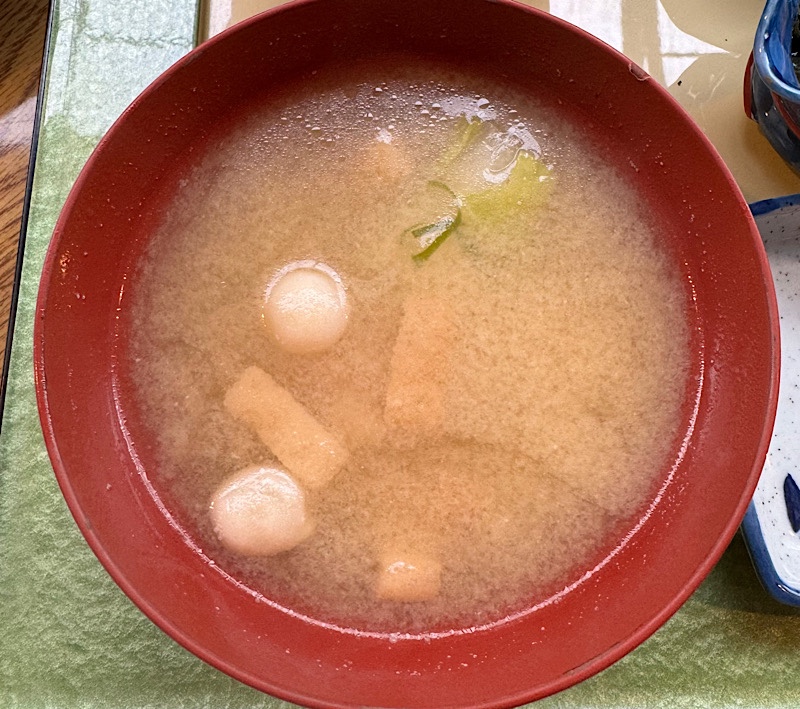
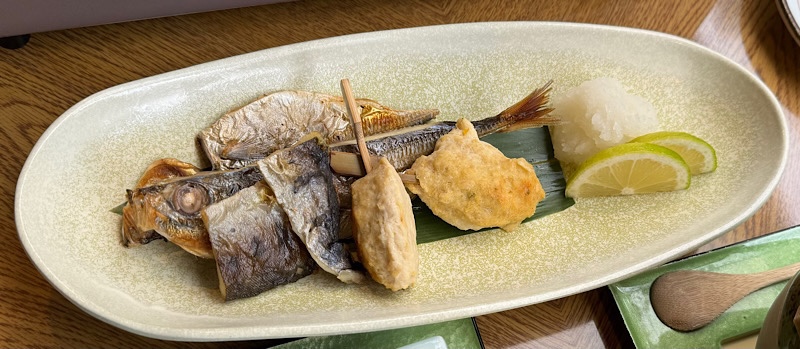

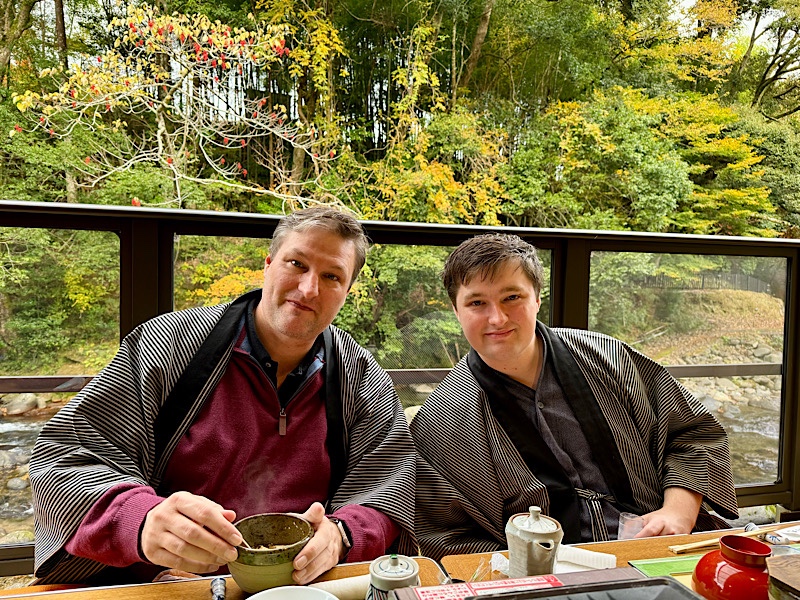 ≈
≈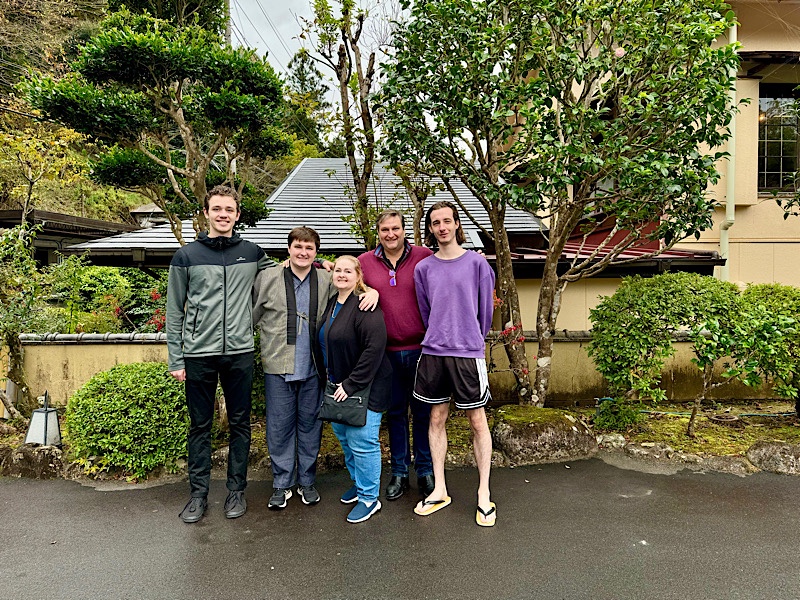
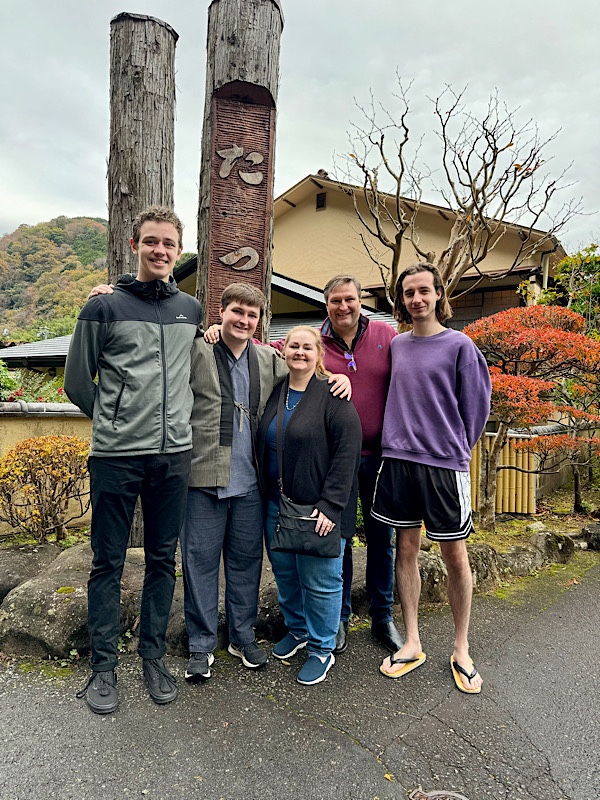
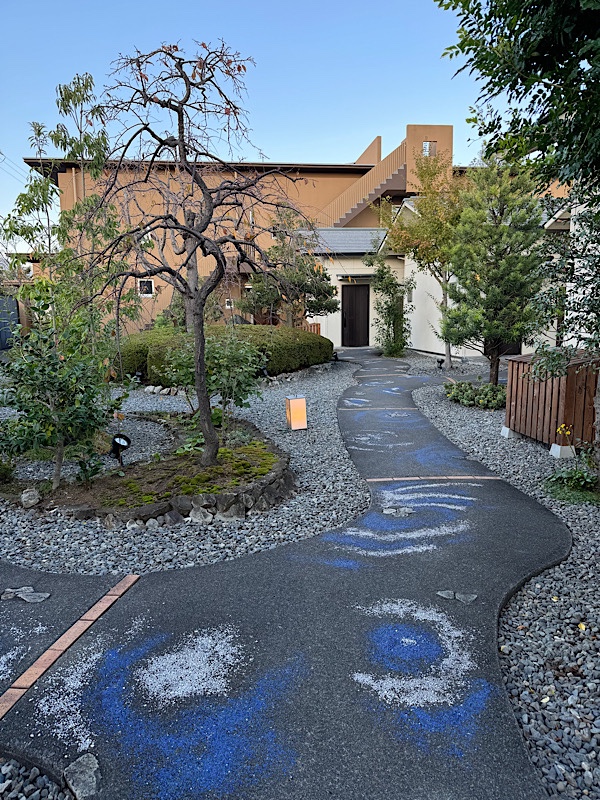 We had a quiet little garden villa at the back of the properly in a tucked away secluded little spot.
We had a quiet little garden villa at the back of the properly in a tucked away secluded little spot.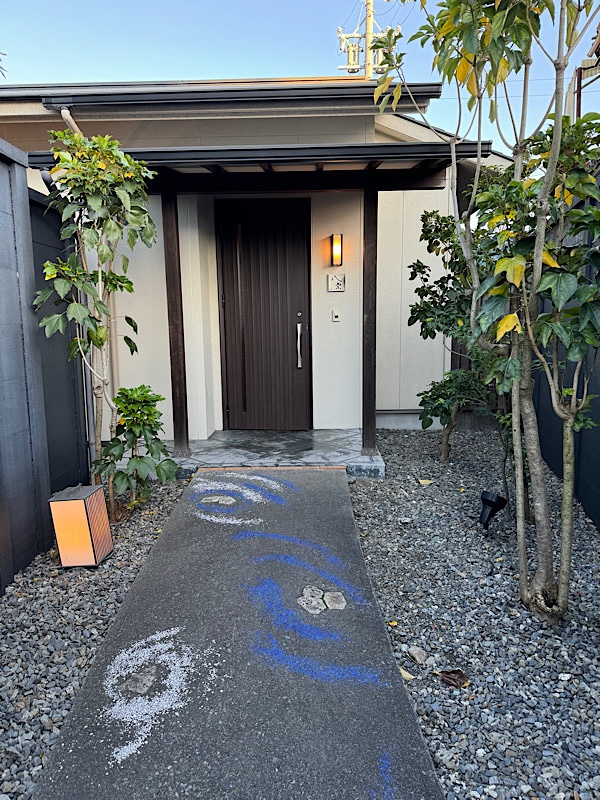
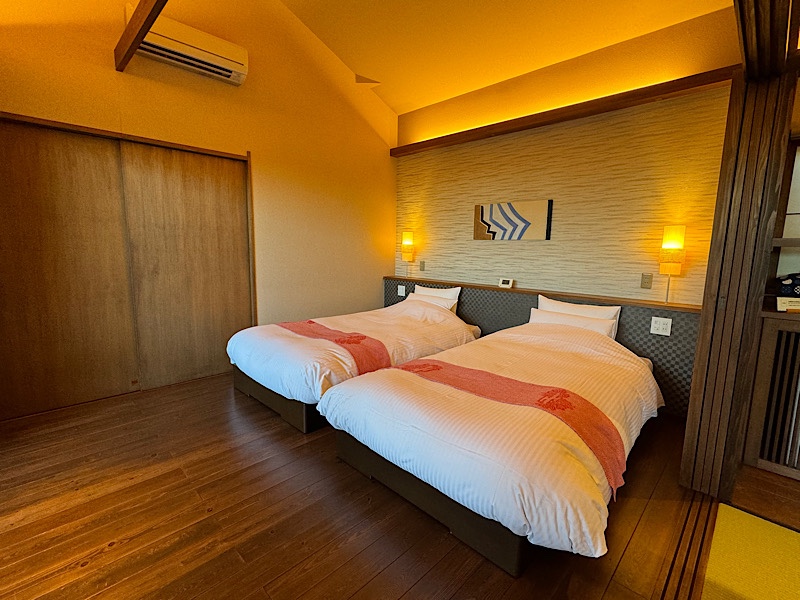
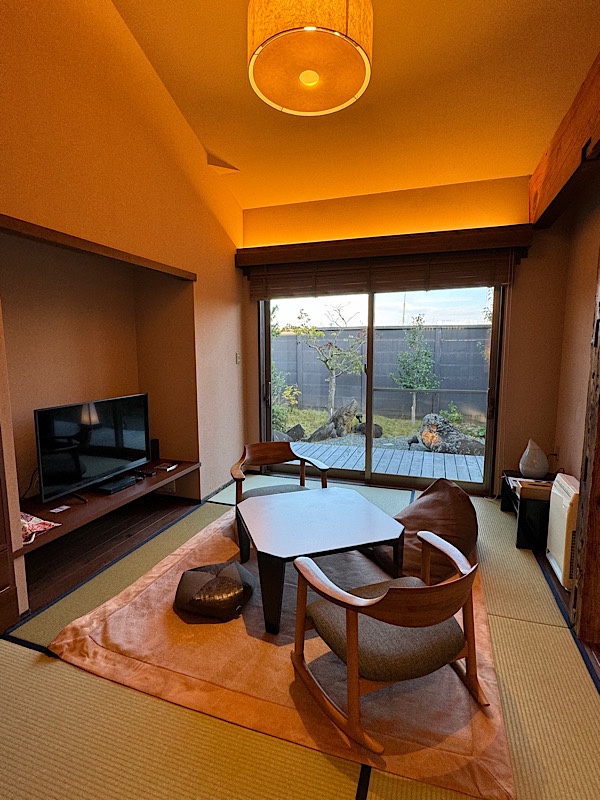
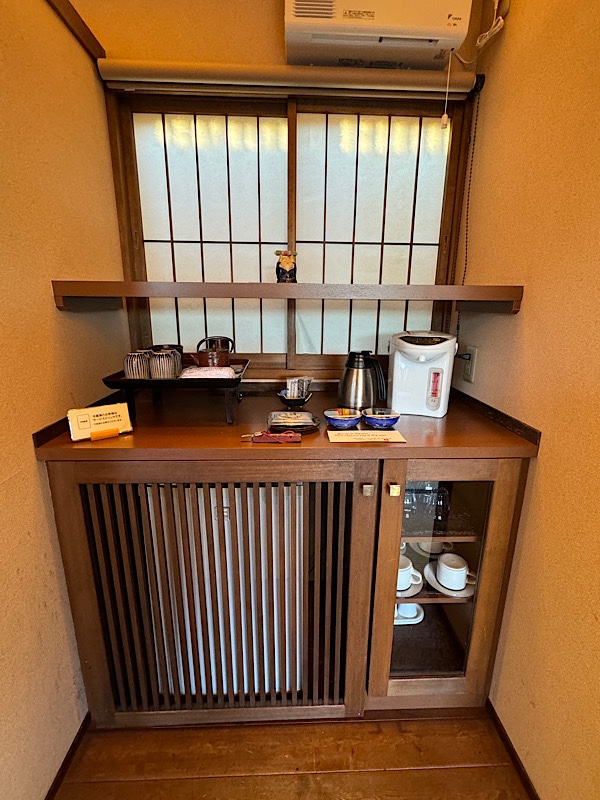
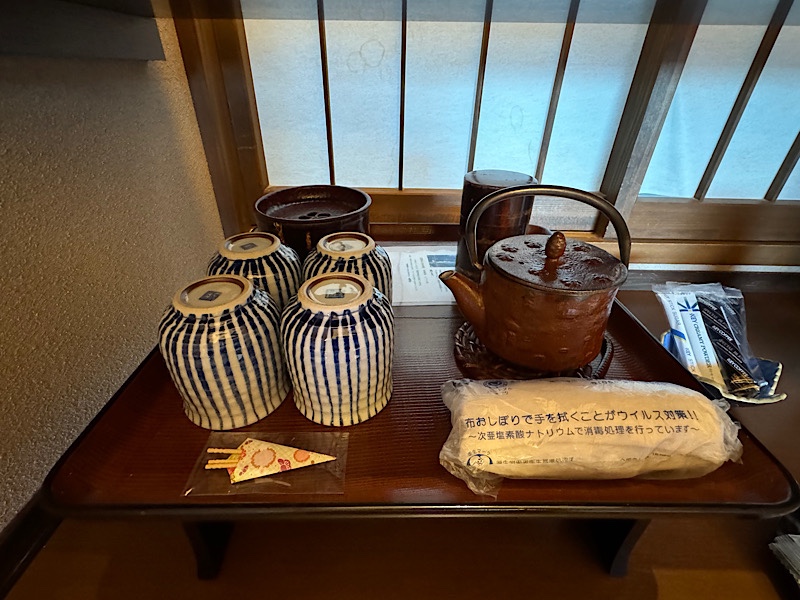
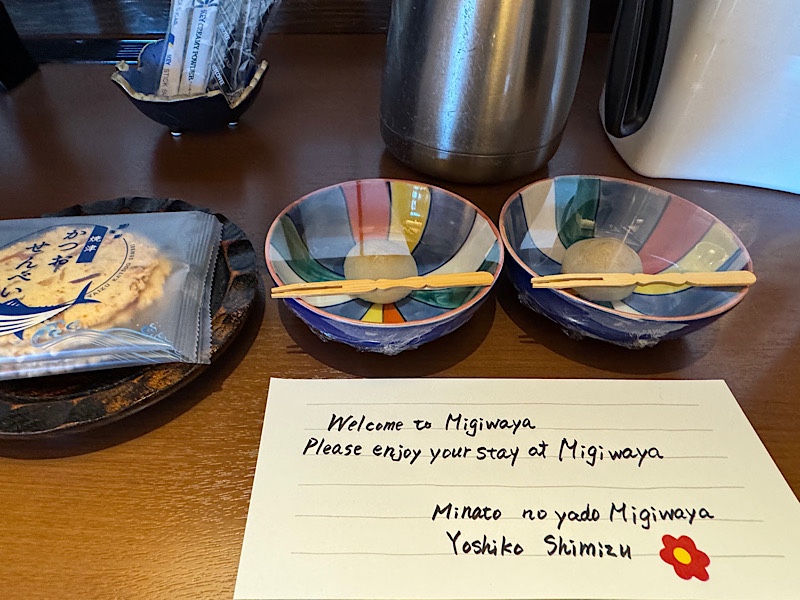 His and her yukata for the stay.
His and her yukata for the stay.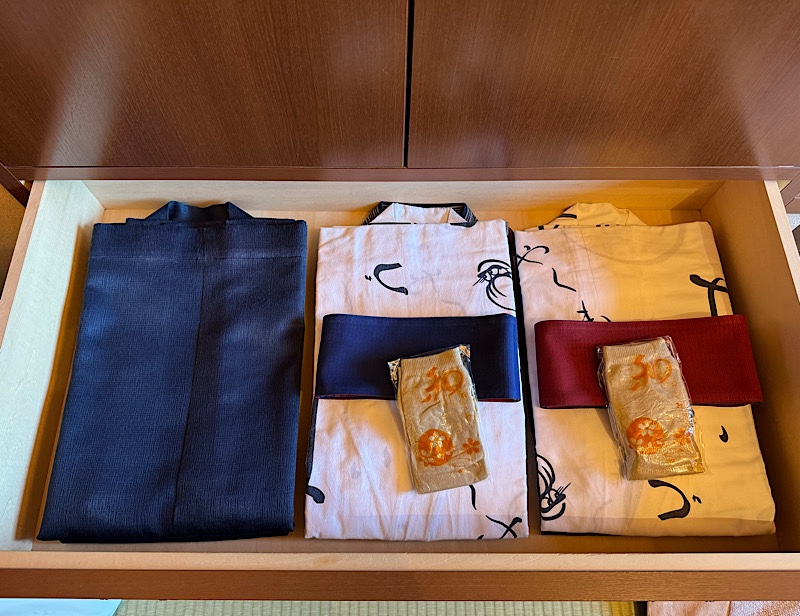 and his and her towels. The blue is for boys, and pink is for girls really is ubiquitous.
and his and her towels. The blue is for boys, and pink is for girls really is ubiquitous. 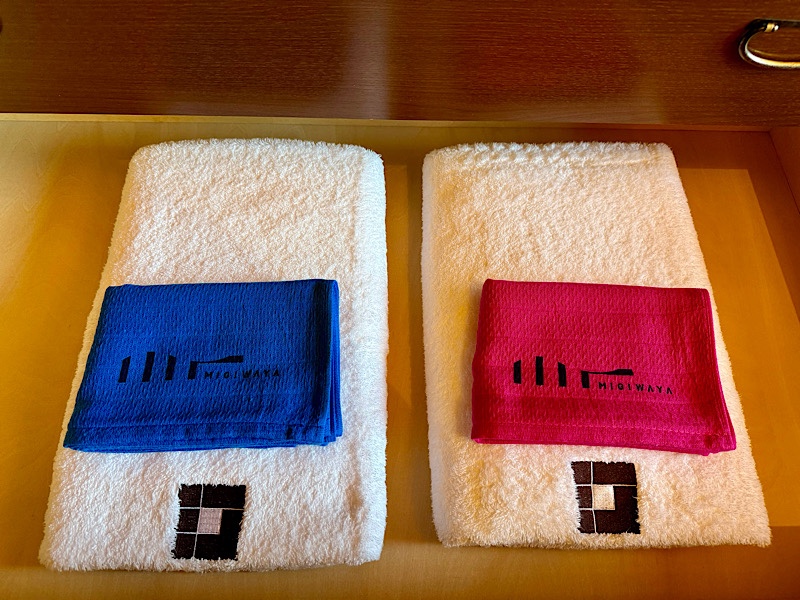
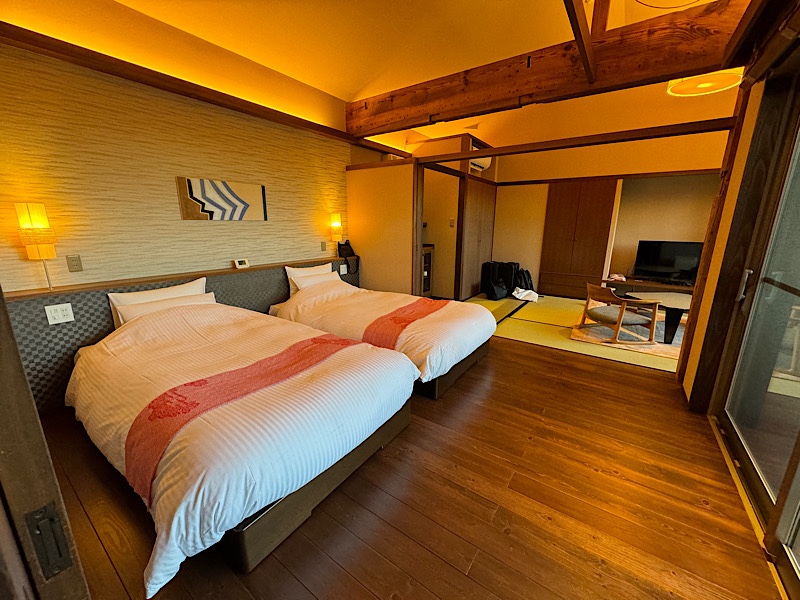 Outside was a lovely deck overlooking a private garden. Not as established as some gardens but will be lovely in a few years as the plants mature.
Outside was a lovely deck overlooking a private garden. Not as established as some gardens but will be lovely in a few years as the plants mature. 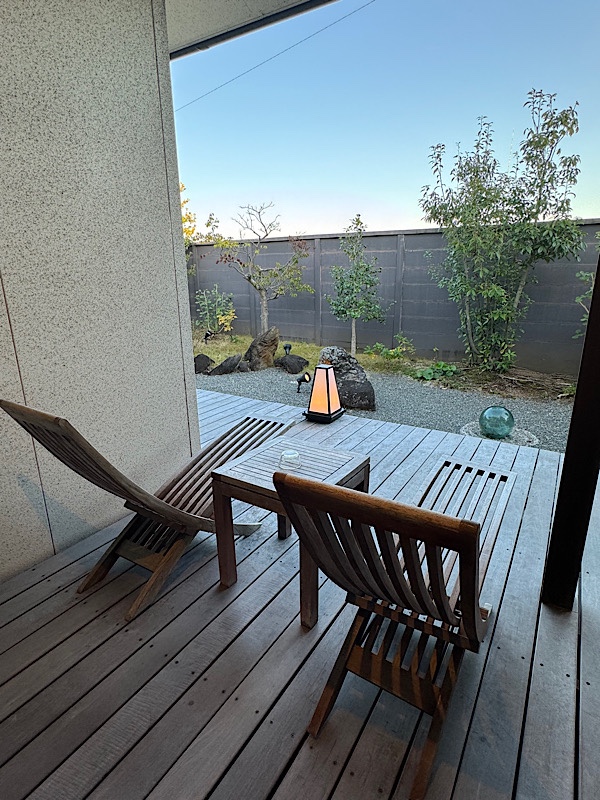 Dressing room:
Dressing room: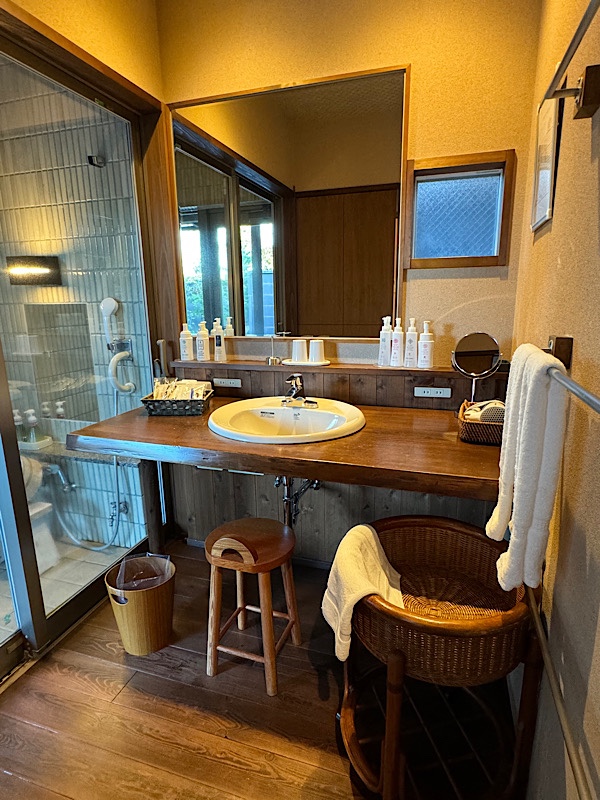 Bathroom:
Bathroom: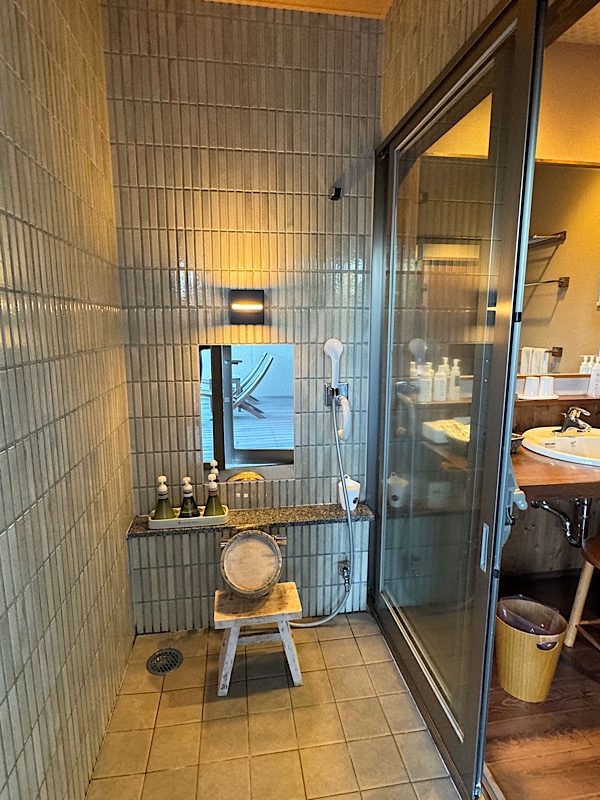 Snackage and drinks:
Snackage and drinks: 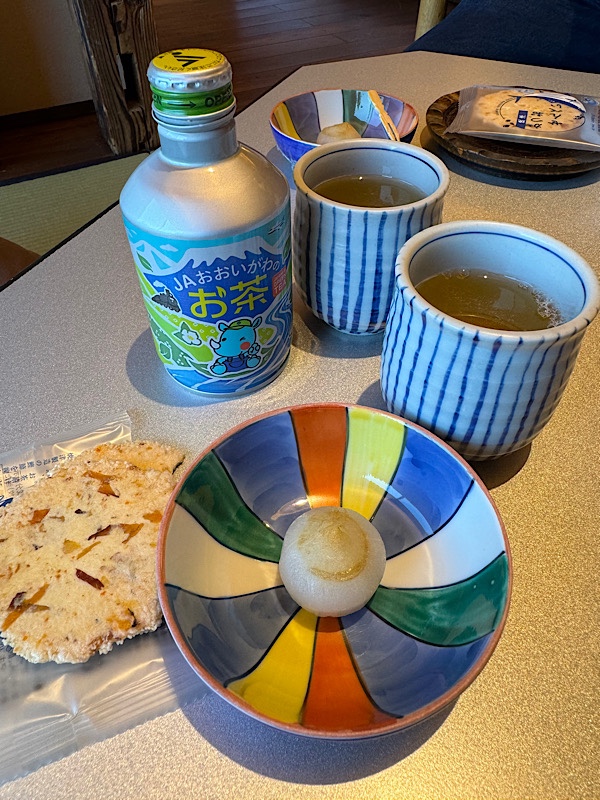 Before scubbing off the road and into the onsen. It was a very warm 41C – which probably only felt warm because the ambient temp was closer to 20C than 10C this close to the coastline. The water really is crystal clear, and while not as soft as some others, was lovely and refreshing.
Before scubbing off the road and into the onsen. It was a very warm 41C – which probably only felt warm because the ambient temp was closer to 20C than 10C this close to the coastline. The water really is crystal clear, and while not as soft as some others, was lovely and refreshing. 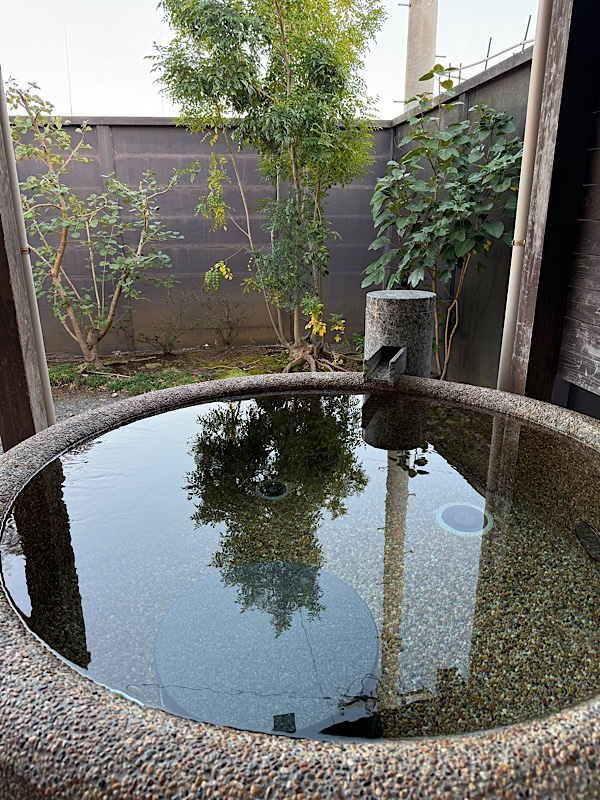
 After a couple of dips in the bath (in between getting some work done) it was time to go for dinner. Here was the menu for the evening, laid out in a lovely autumnal design:
After a couple of dips in the bath (in between getting some work done) it was time to go for dinner. Here was the menu for the evening, laid out in a lovely autumnal design: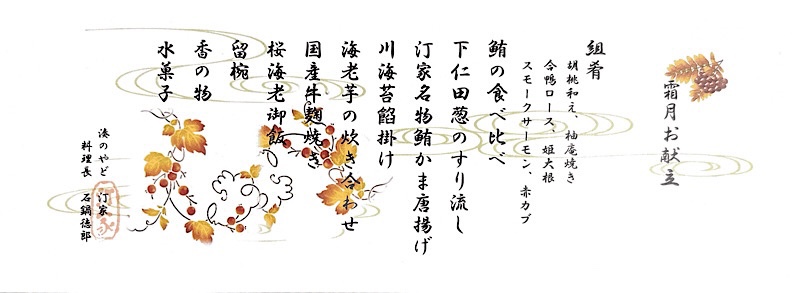
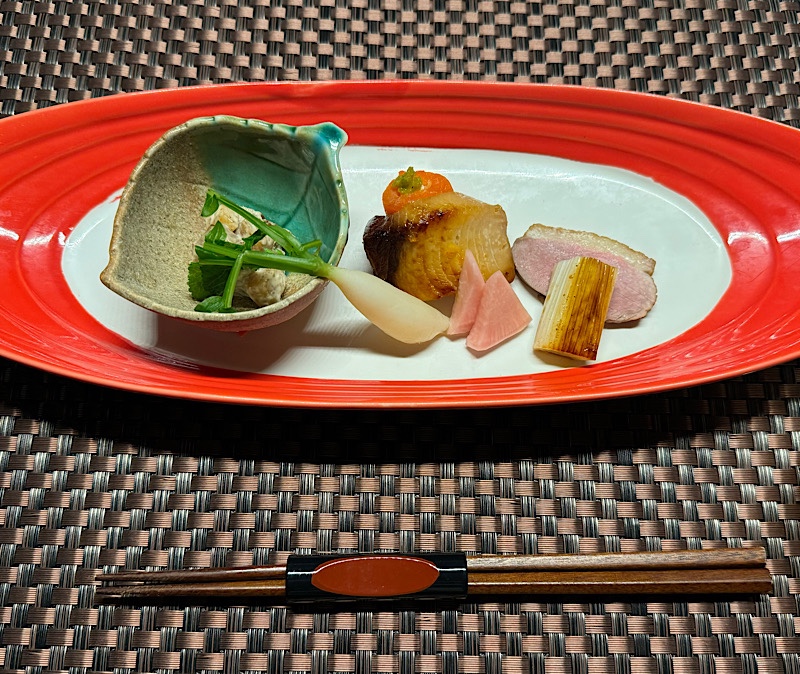 Maguro sashimi – this was delicious. Lovely three different cuts of tuna of varying grades. <3 Big fan!
Maguro sashimi – this was delicious. Lovely three different cuts of tuna of varying grades. <3 Big fan! 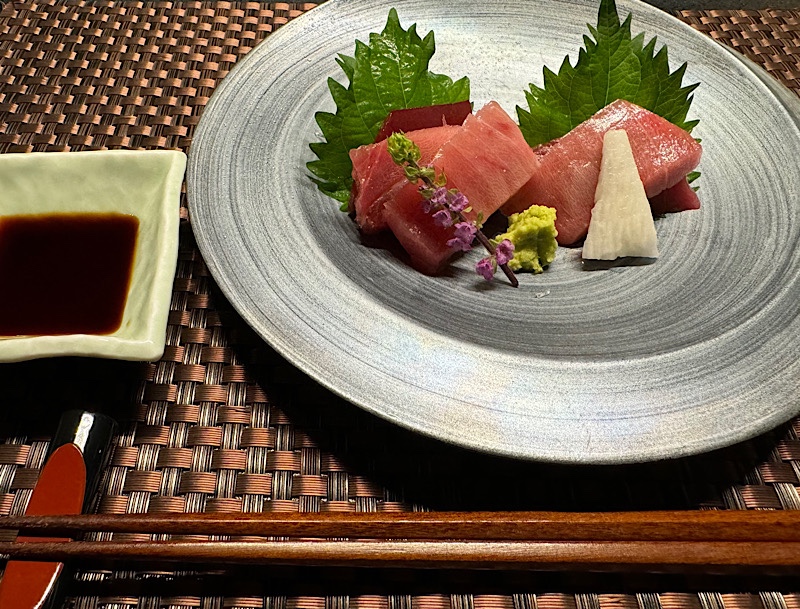
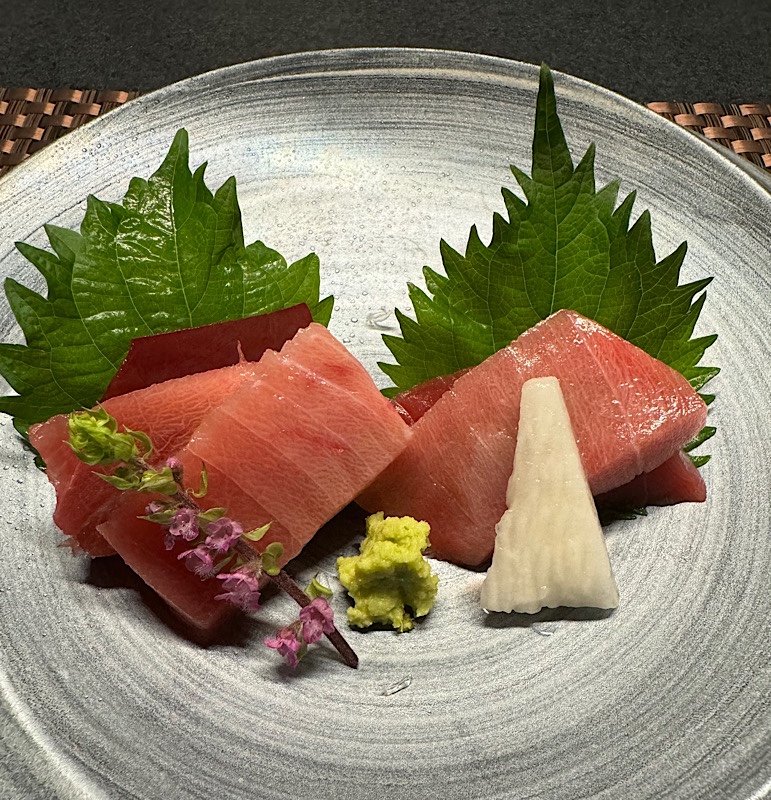 Had to try the local saké of course – cute little saké jug.
Had to try the local saké of course – cute little saké jug.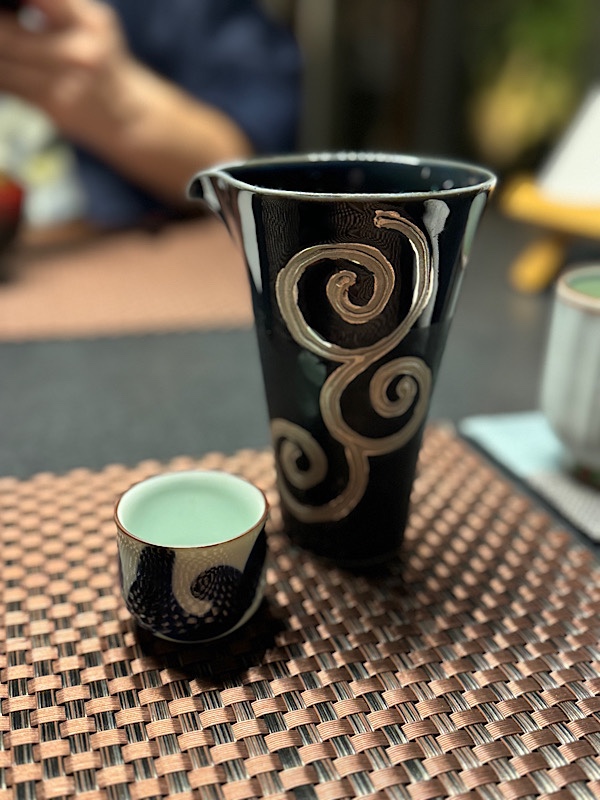 Shimonita leek soup.
Shimonita leek soup.  Followed by a house speciality – deep fried tuna cheek. This was possibly the most flavourful cooked piece of tuna I’ve ever had in my life. I’m not super fond of tuna once it’s more than lightly seared, but this was fantastic.
Followed by a house speciality – deep fried tuna cheek. This was possibly the most flavourful cooked piece of tuna I’ve ever had in my life. I’m not super fond of tuna once it’s more than lightly seared, but this was fantastic.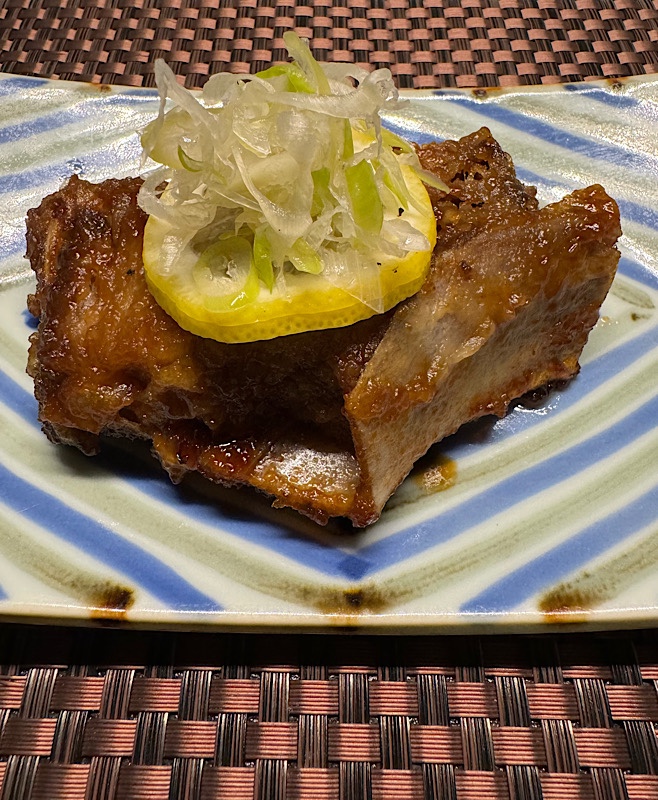 Local fish with Chinese cabbage served with seaweed sauce.
Local fish with Chinese cabbage served with seaweed sauce.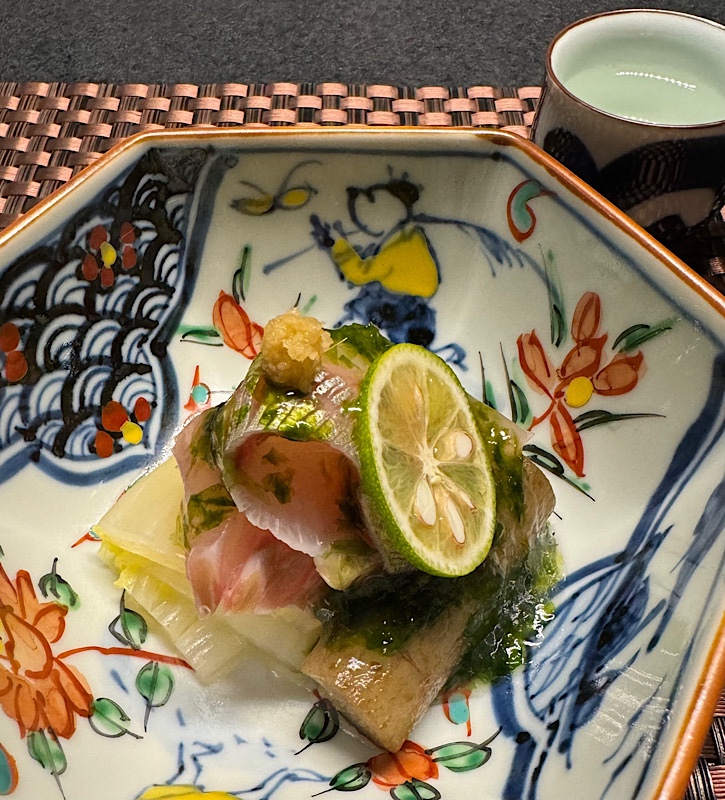 Simmered Shrim Potatoes.
Simmered Shrim Potatoes.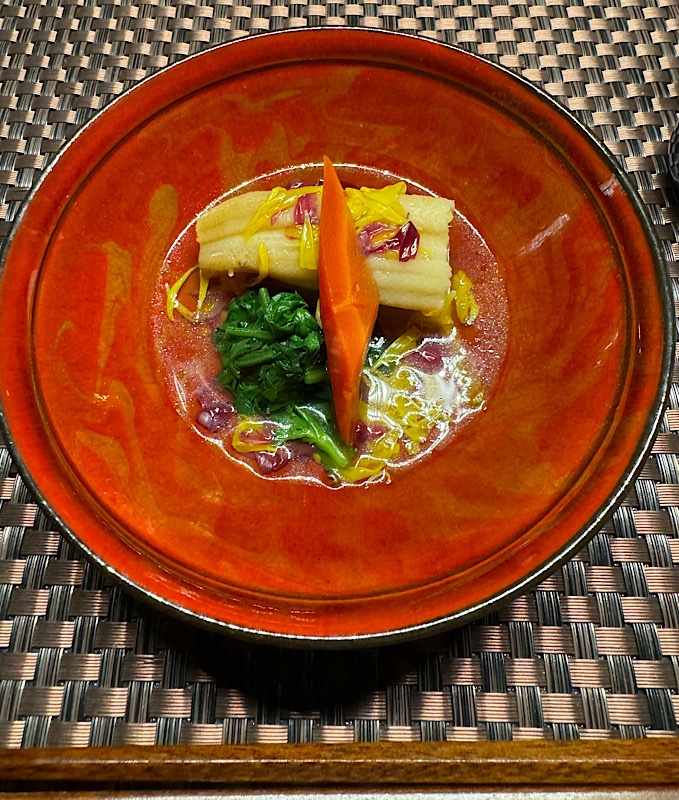 Marinated steak with malted rice paste.
Marinated steak with malted rice paste.
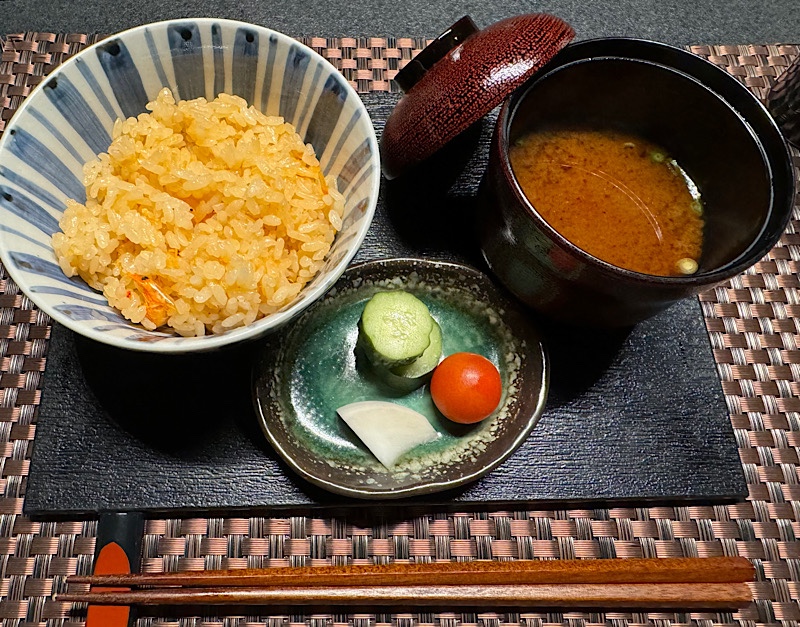
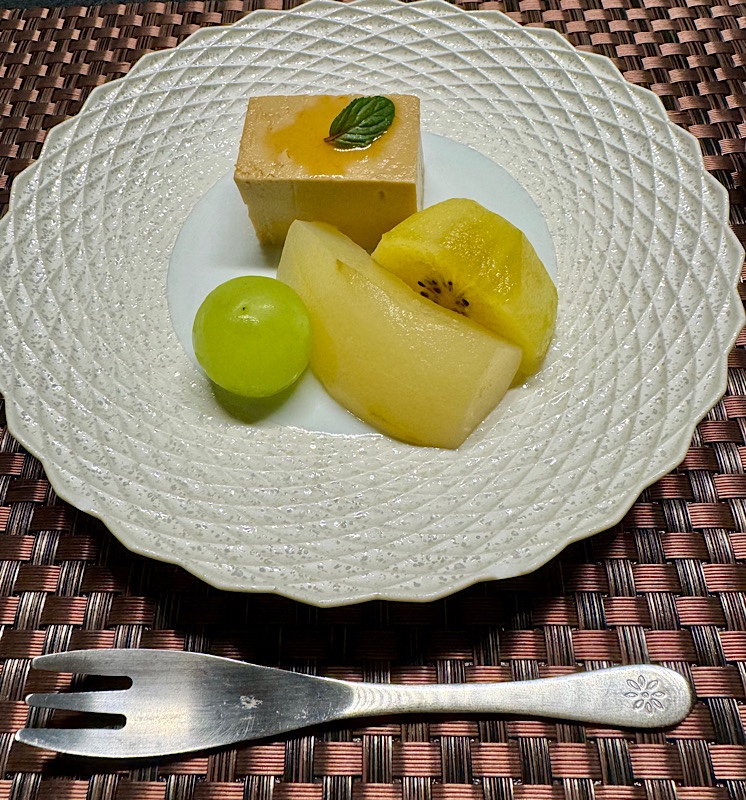

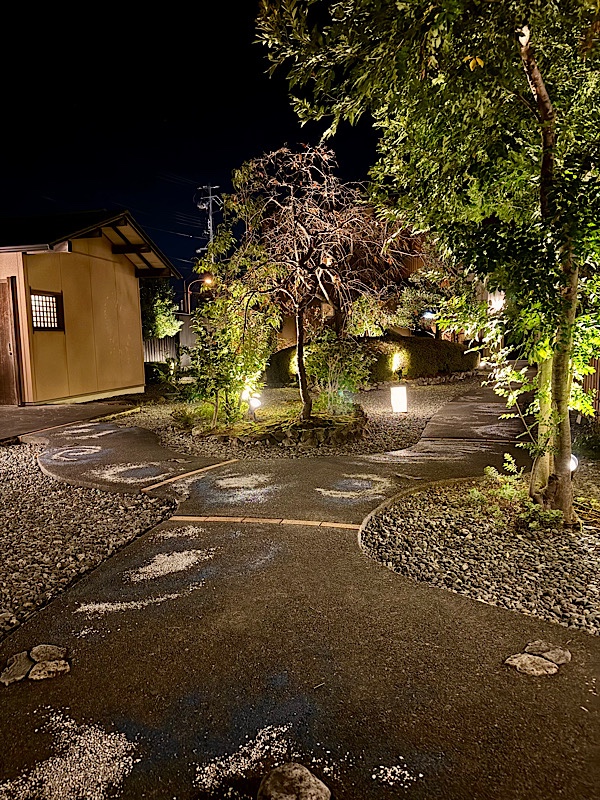 It had a double dressing room, a double shower room and this lovely large onsen. Only we found it to be rather too well lit and took care of that pronto…much nicer without a spotlight overhead, and just the garden lights left on.
It had a double dressing room, a double shower room and this lovely large onsen. Only we found it to be rather too well lit and took care of that pronto…much nicer without a spotlight overhead, and just the garden lights left on. 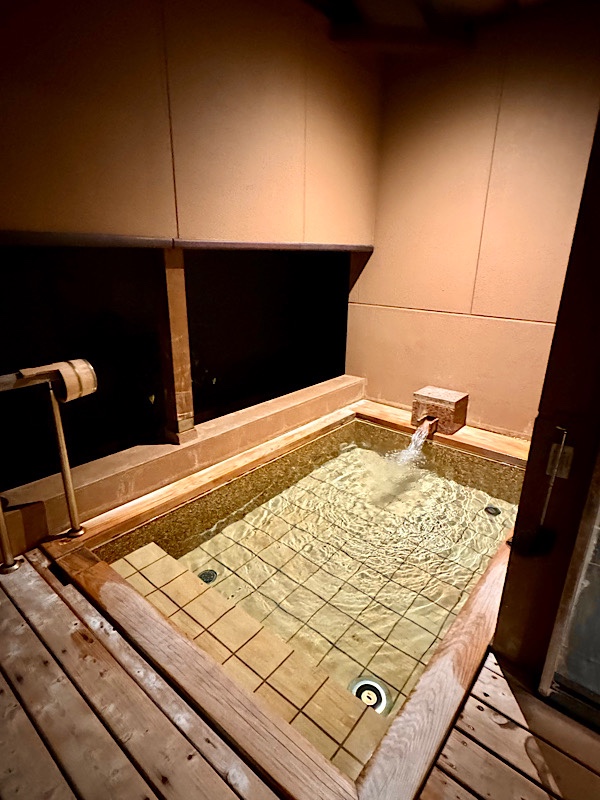
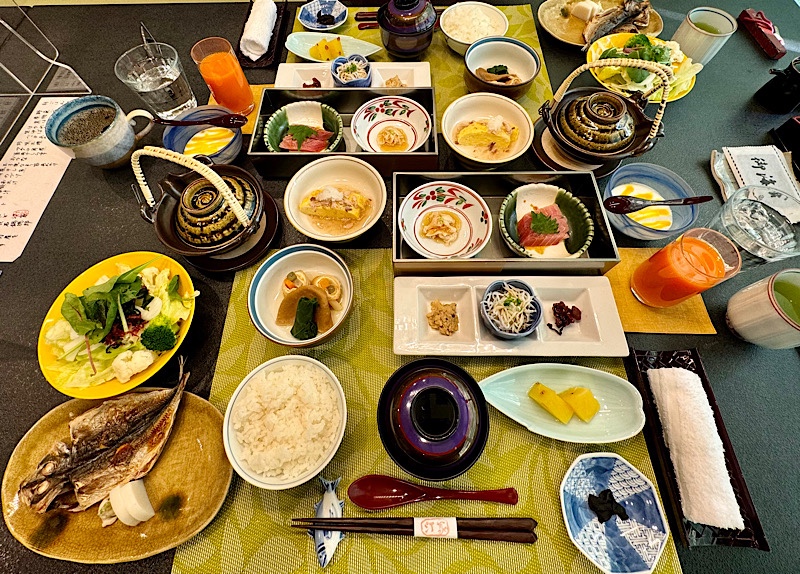 Grilled Japanese horse mackerel with fish sausage and wasabi.
Grilled Japanese horse mackerel with fish sausage and wasabi.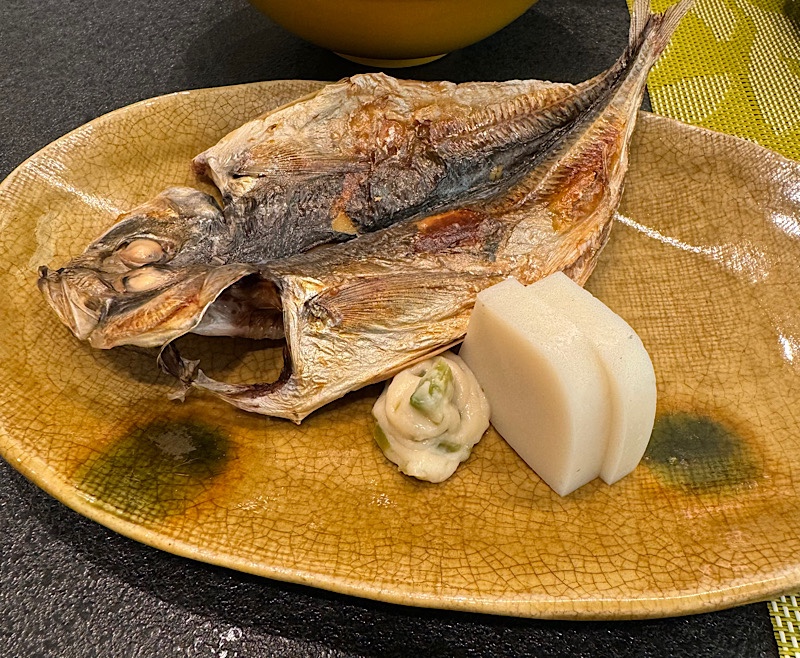 Tuna sashimi for breakfast! How decadent.
Tuna sashimi for breakfast! How decadent.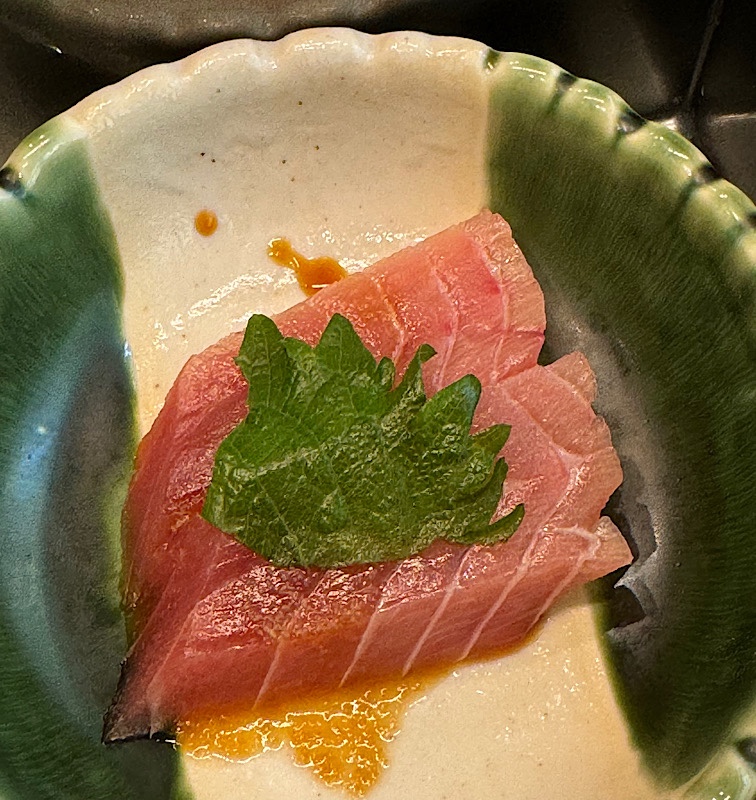 Tamago with pickled broth sauce.
Tamago with pickled broth sauce.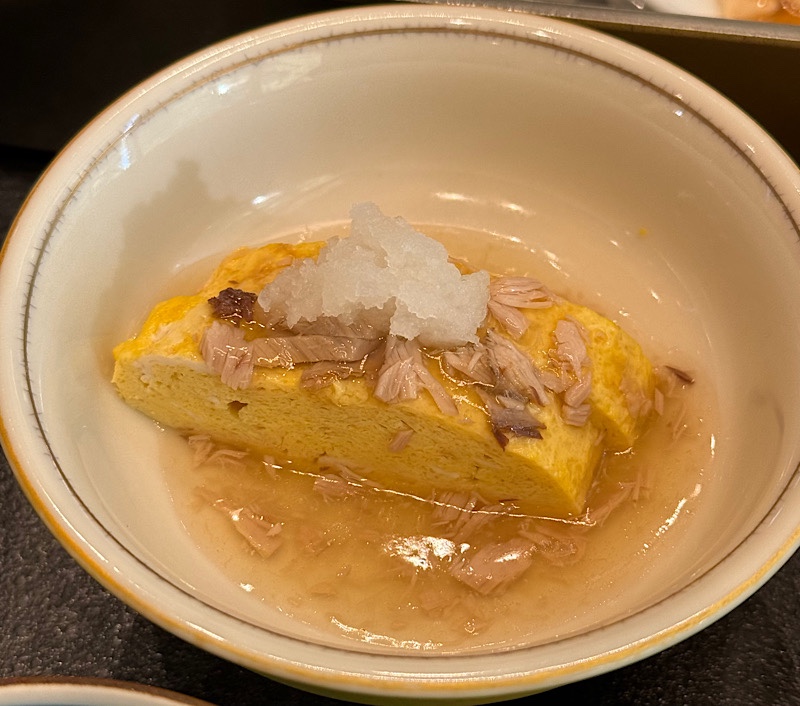

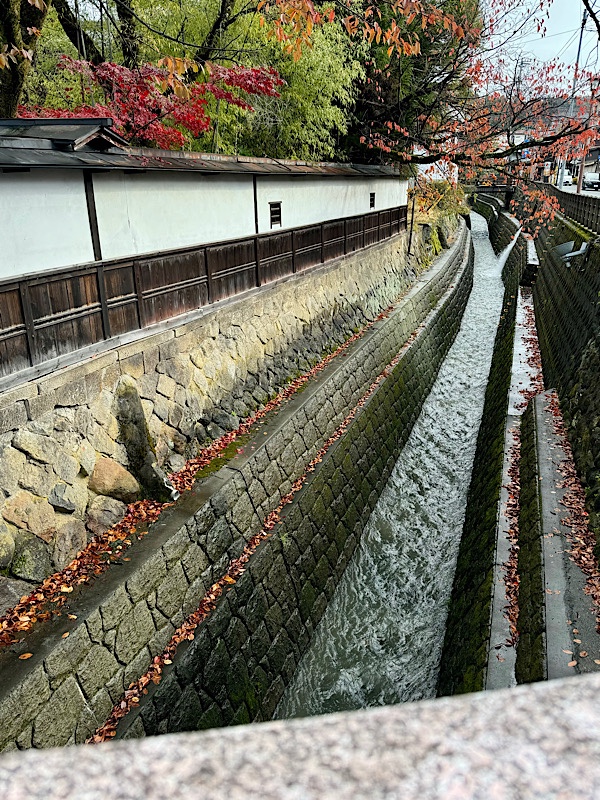 Takayama’s Old Town district isn’t very big so a few hours is a goodly amount of time to spend wandering the streets here – unless you get side tracked.
Takayama’s Old Town district isn’t very big so a few hours is a goodly amount of time to spend wandering the streets here – unless you get side tracked.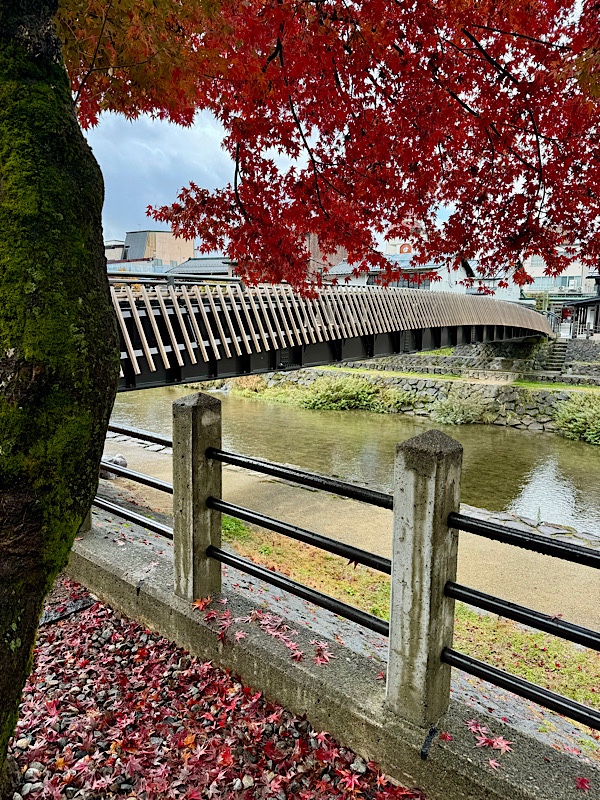 There were chop stick shops, LOADS of sweets, biscuits and lollies for sale, puddings, beef stores, fans, glassware, ceramics, and cutesy as hell Japanese kitch.
There were chop stick shops, LOADS of sweets, biscuits and lollies for sale, puddings, beef stores, fans, glassware, ceramics, and cutesy as hell Japanese kitch. 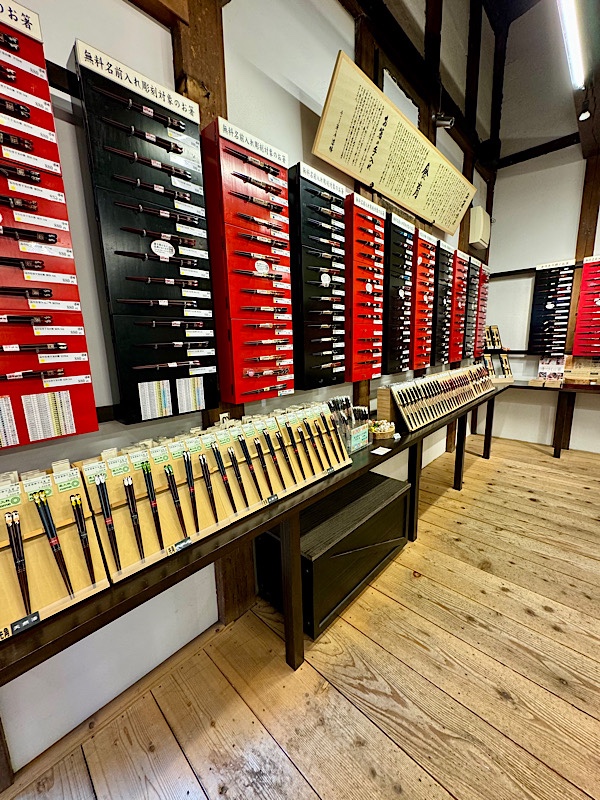 Cute little glass chopstick rests… I nearly bought a set to bring home but while the chopsticks I bought home from Kanazawa back in 2015 are probably the most used and useful souvenir I have ever bought from anywhere, we tend not to set the table too fancy when we are having Japanese at home. So they probably wouldn’t end up getting used much.
Cute little glass chopstick rests… I nearly bought a set to bring home but while the chopsticks I bought home from Kanazawa back in 2015 are probably the most used and useful souvenir I have ever bought from anywhere, we tend not to set the table too fancy when we are having Japanese at home. So they probably wouldn’t end up getting used much. 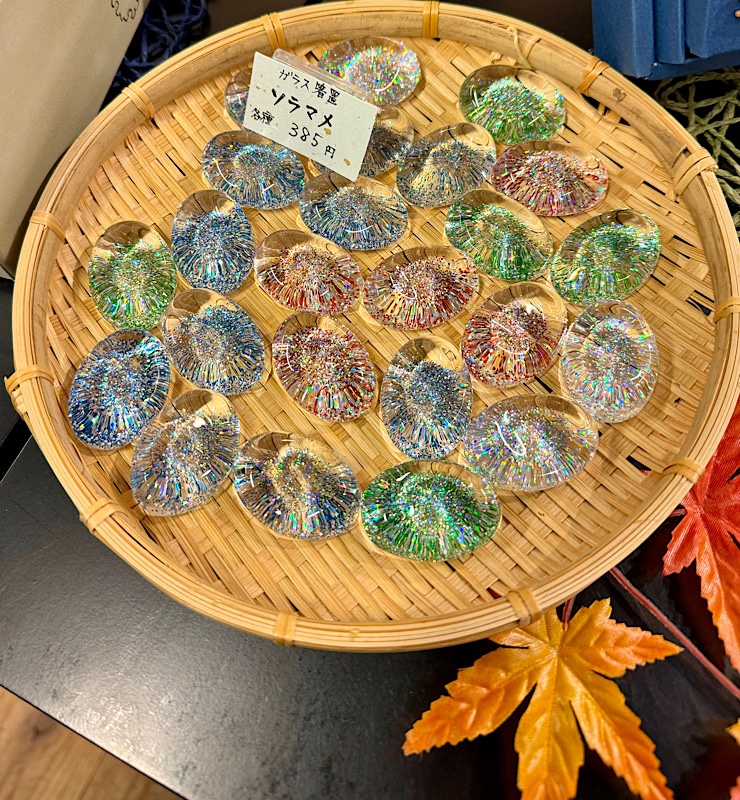
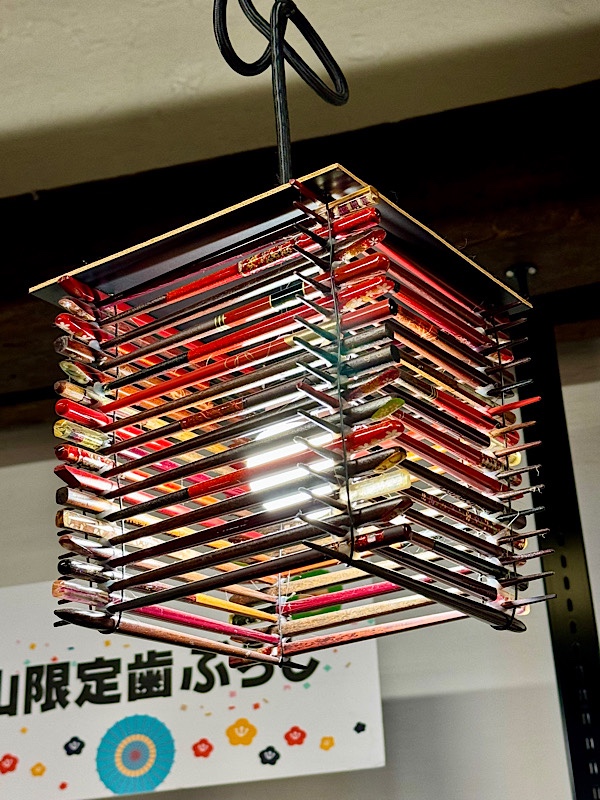 These fans remind me of the hundreds of fan shops all over Kyoto… Takayama is sometimes called ‘Little Kyoto’, as its old town district is relatively well kept.
These fans remind me of the hundreds of fan shops all over Kyoto… Takayama is sometimes called ‘Little Kyoto’, as its old town district is relatively well kept. 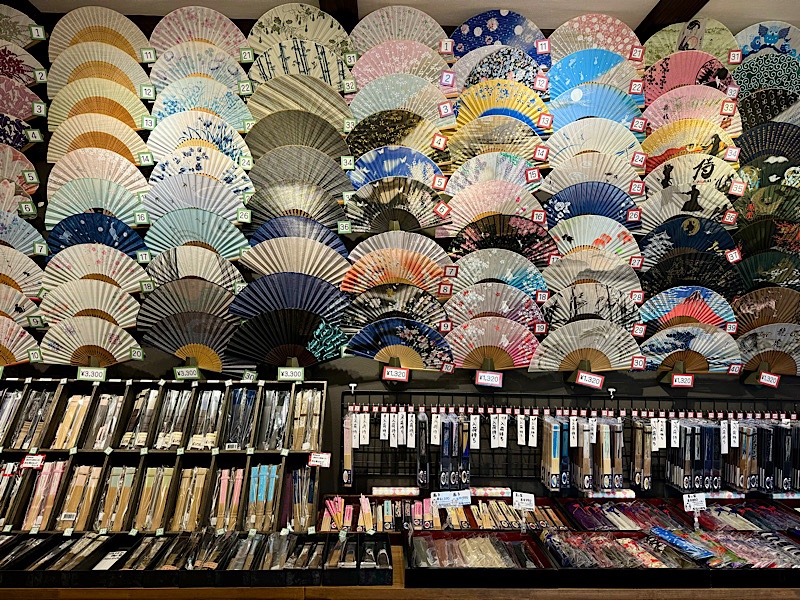 Takayama is also really well known for its Hida beef… this is a Hida beef bun – the type you usually get full of pork. Mr K felt that he just *had* to get one and it I stole a bite, it was really tasty.
Takayama is also really well known for its Hida beef… this is a Hida beef bun – the type you usually get full of pork. Mr K felt that he just *had* to get one and it I stole a bite, it was really tasty. 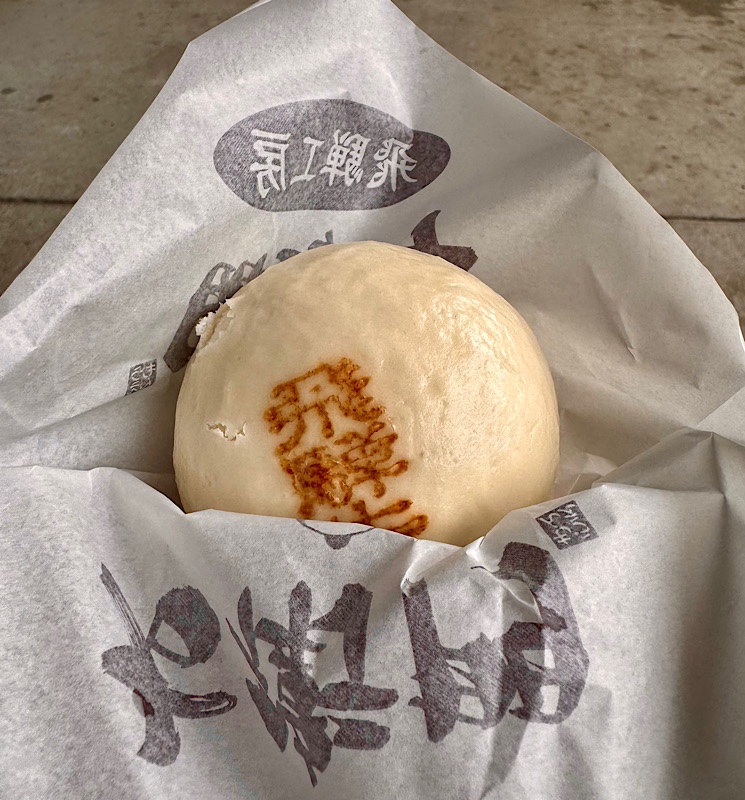
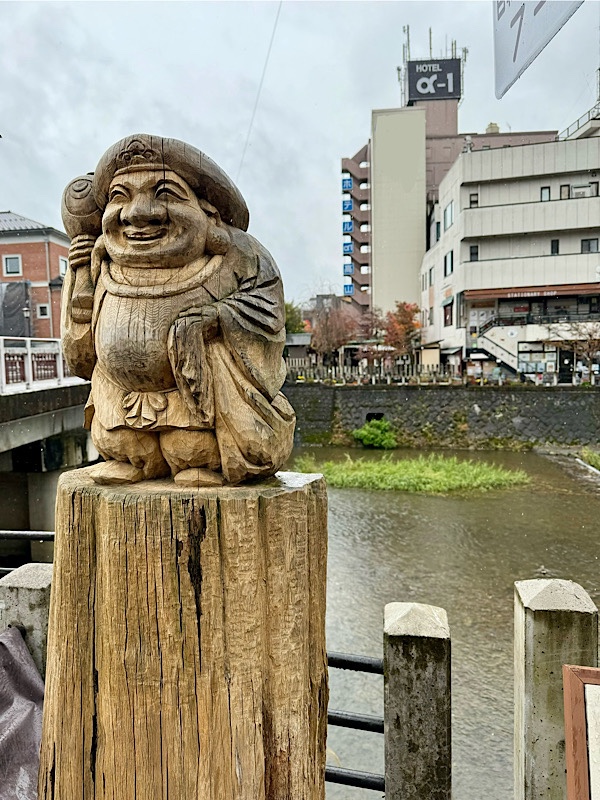 This guy actually represents Daikoku who is one of the Seven Gods of Fortune. This god is said to be a fusion of the mythological creator of Japan, known as Okuninushi no Mikoto, and an Indian God…. weird combo.
This guy actually represents Daikoku who is one of the Seven Gods of Fortune. This god is said to be a fusion of the mythological creator of Japan, known as Okuninushi no Mikoto, and an Indian God…. weird combo. This is his, ‘I’m not working for ten minutes together, and there is beer and beef!’, face.
This is his, ‘I’m not working for ten minutes together, and there is beer and beef!’, face.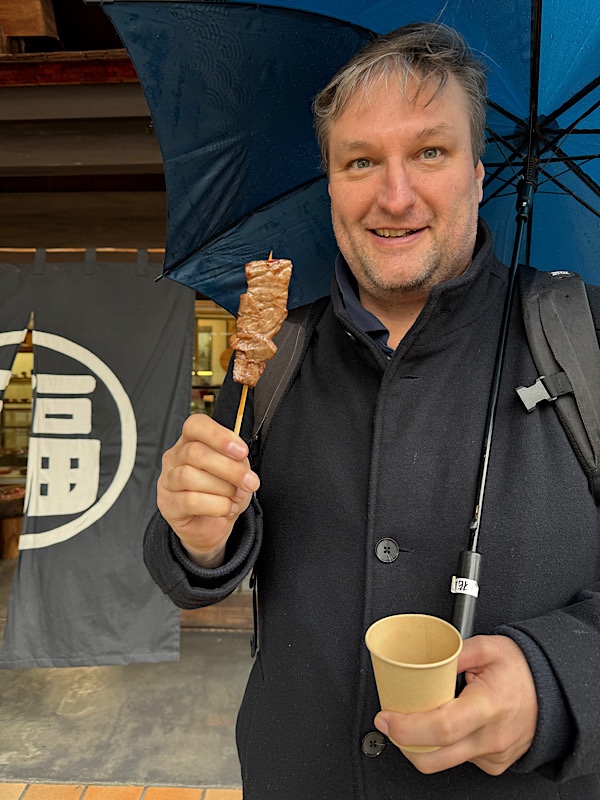
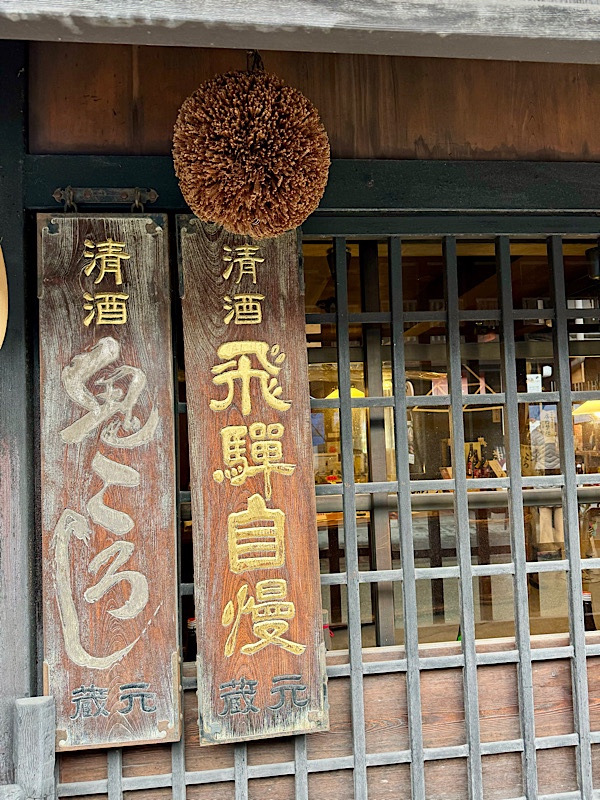 Why hello? This is where I parked my car!
Why hello? This is where I parked my car!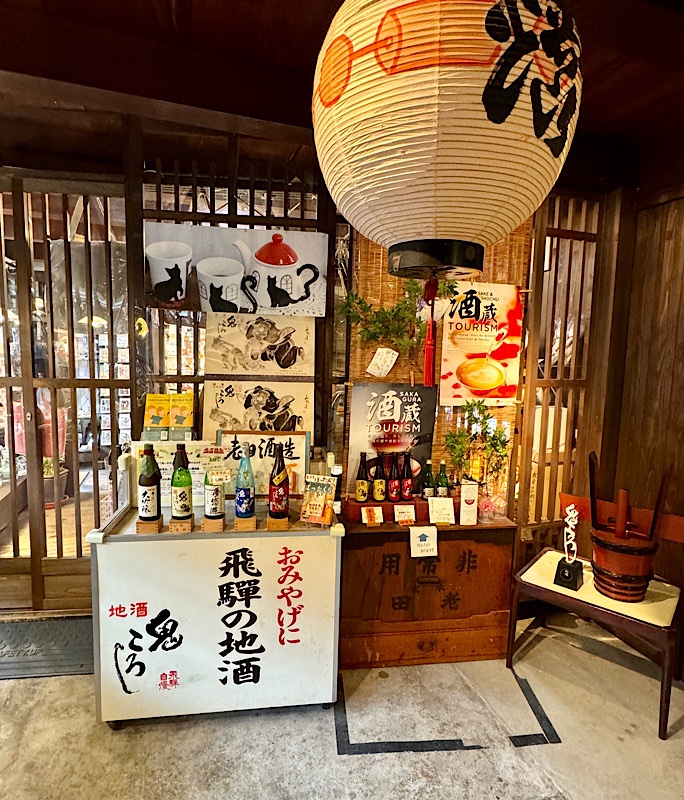
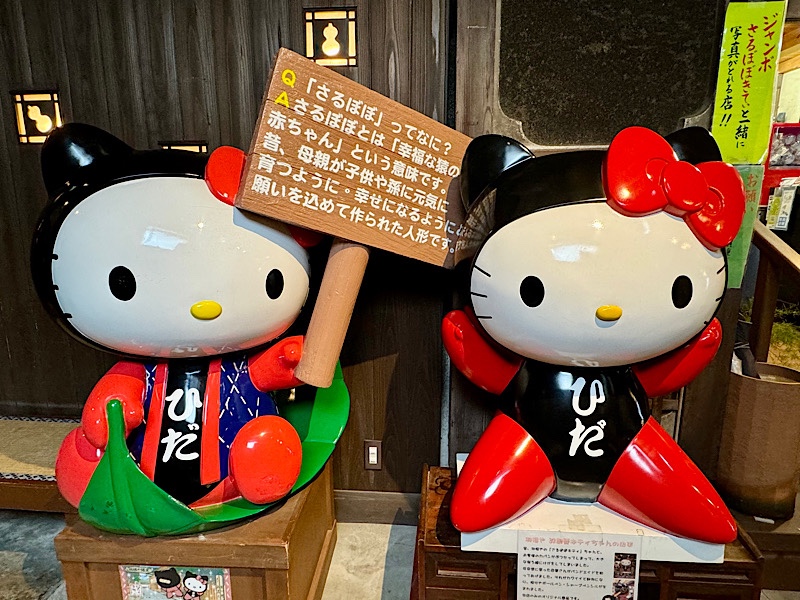
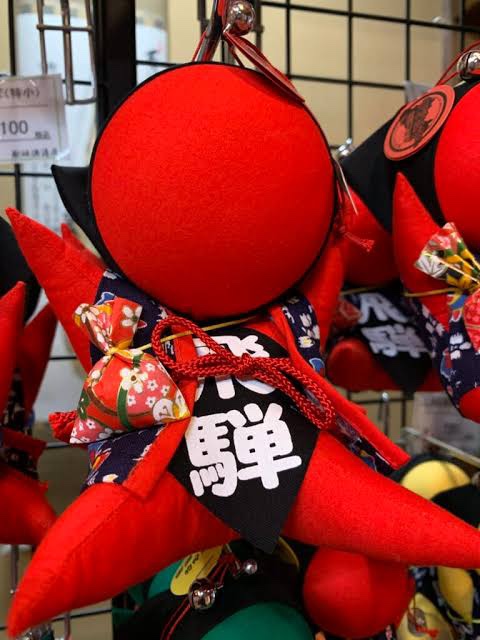 Anyway… what was Hello Kitty doing in the middle of my saké adventure, anyway? I think we accidentally wandered into saké heaven… there are so many breweries here that there are walking tours and special maps showing you which brewery is where.
Anyway… what was Hello Kitty doing in the middle of my saké adventure, anyway? I think we accidentally wandered into saké heaven… there are so many breweries here that there are walking tours and special maps showing you which brewery is where.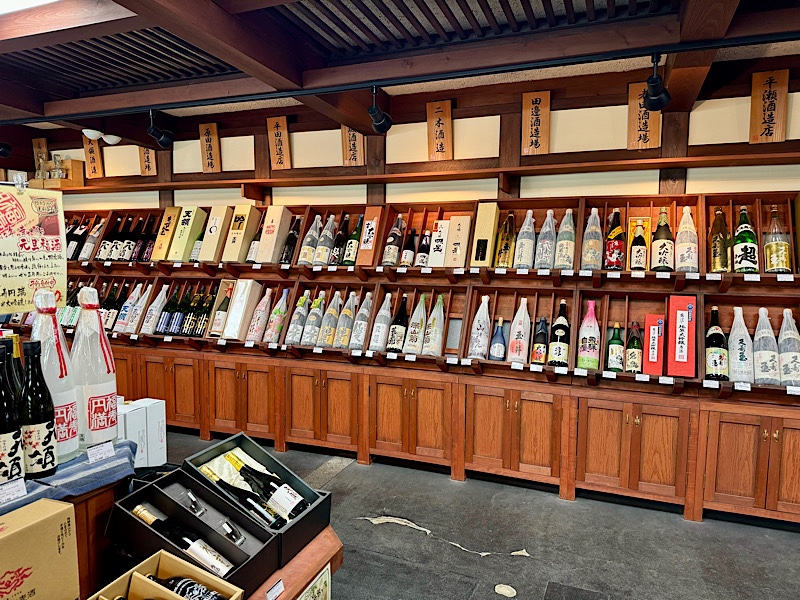
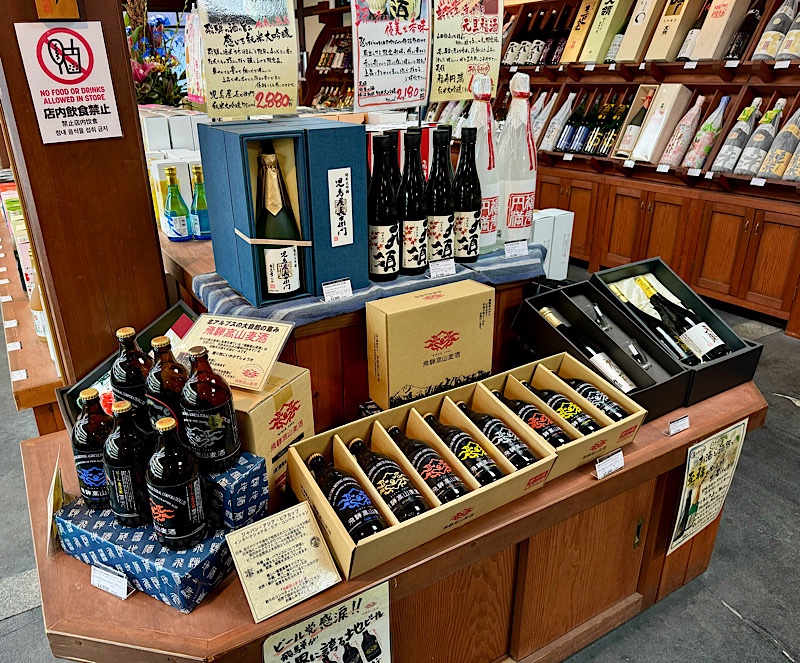
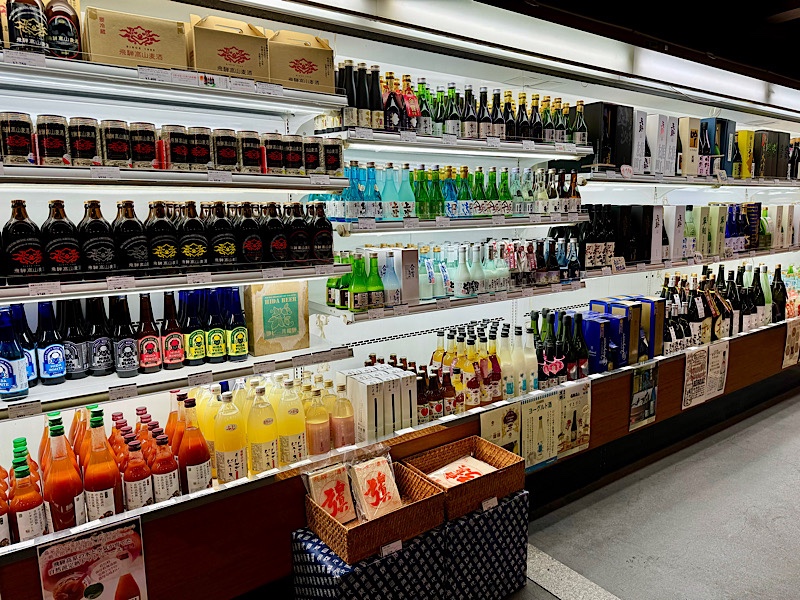


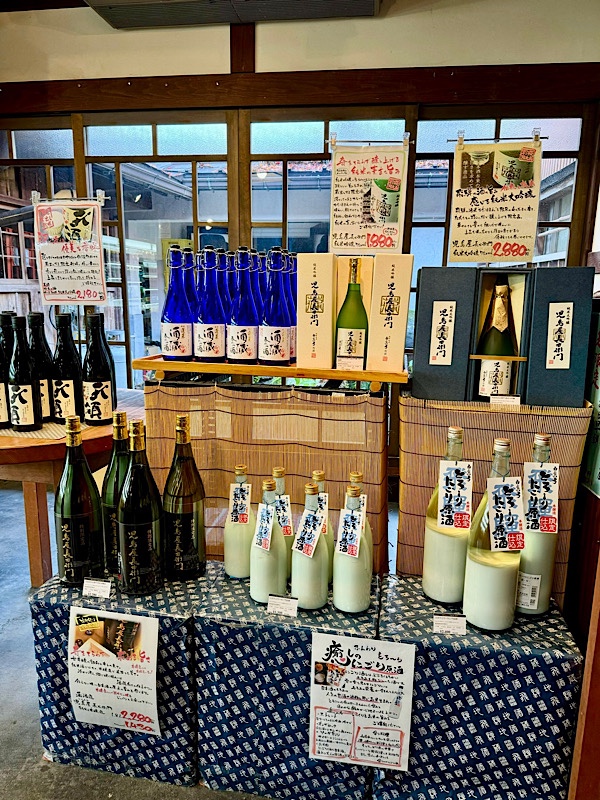

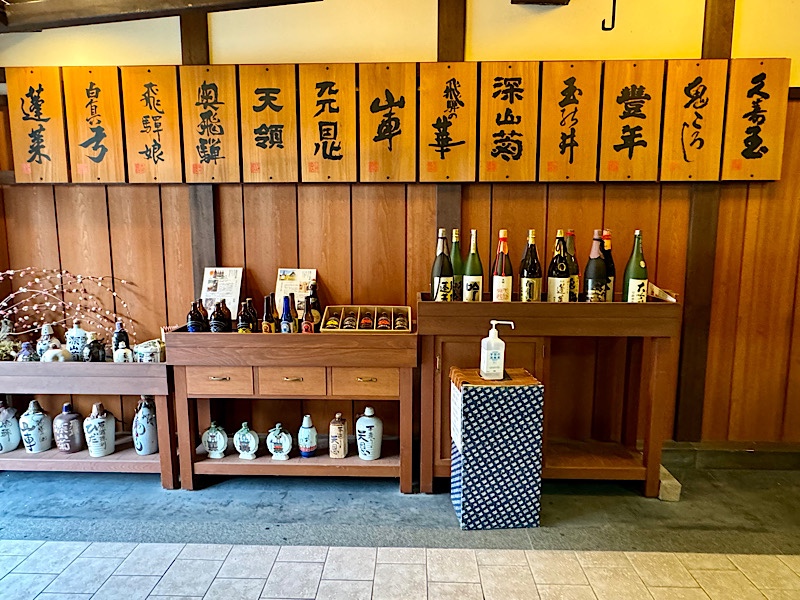 Okay, so that was just one Takayama saké store – it isn’t even one of their brewery store fronts! >.> This may take longer than we anticipated…
Okay, so that was just one Takayama saké store – it isn’t even one of their brewery store fronts! >.> This may take longer than we anticipated… 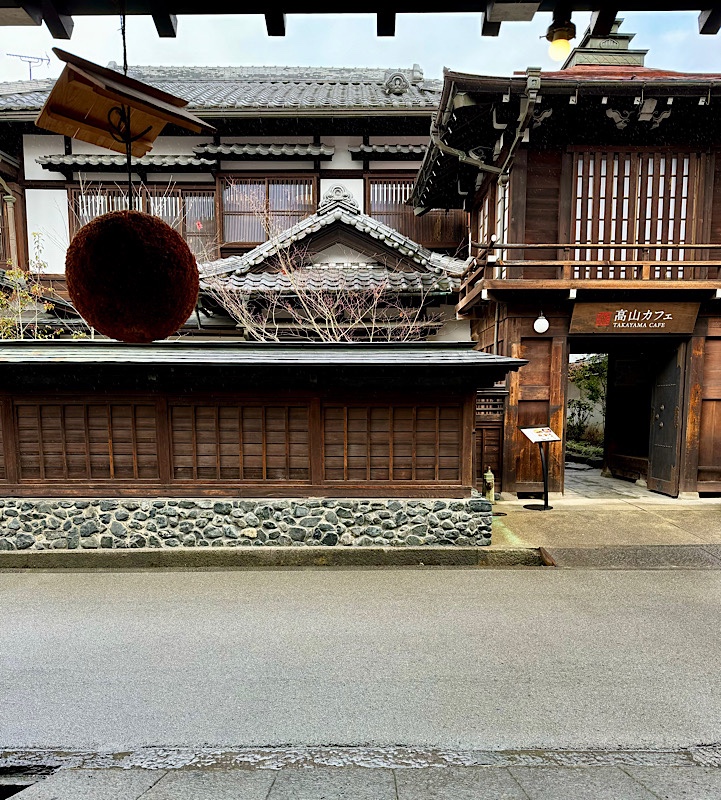 Oita Sake Brewery Kamisannomachi *(I think… by the time you get to the end of this you’ll see where the confusion is creeping in!)
Oita Sake Brewery Kamisannomachi *(I think… by the time you get to the end of this you’ll see where the confusion is creeping in!)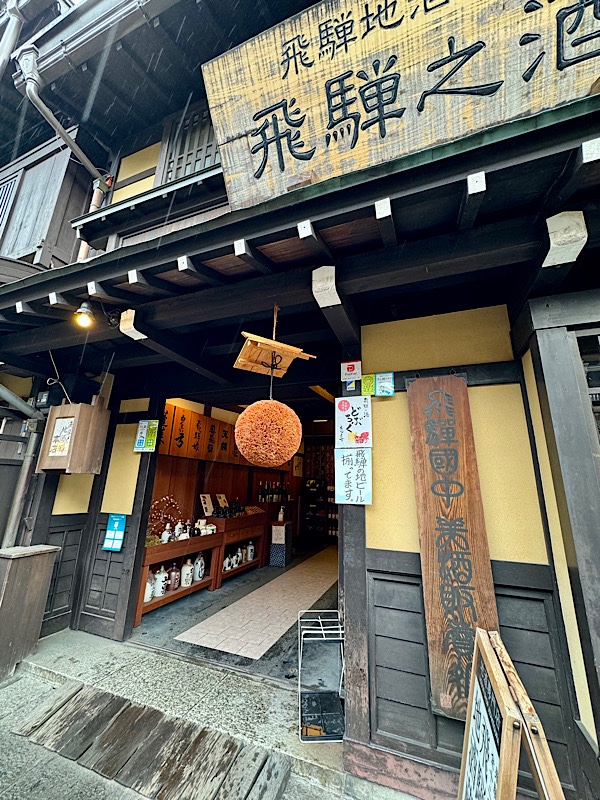 This place was directly across the street from the Takayama Cafe…e
This place was directly across the street from the Takayama Cafe…e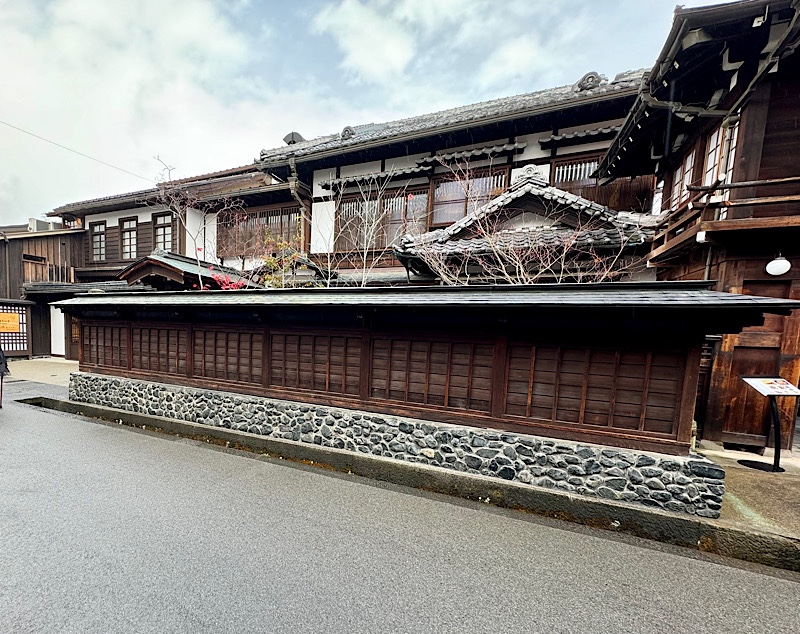
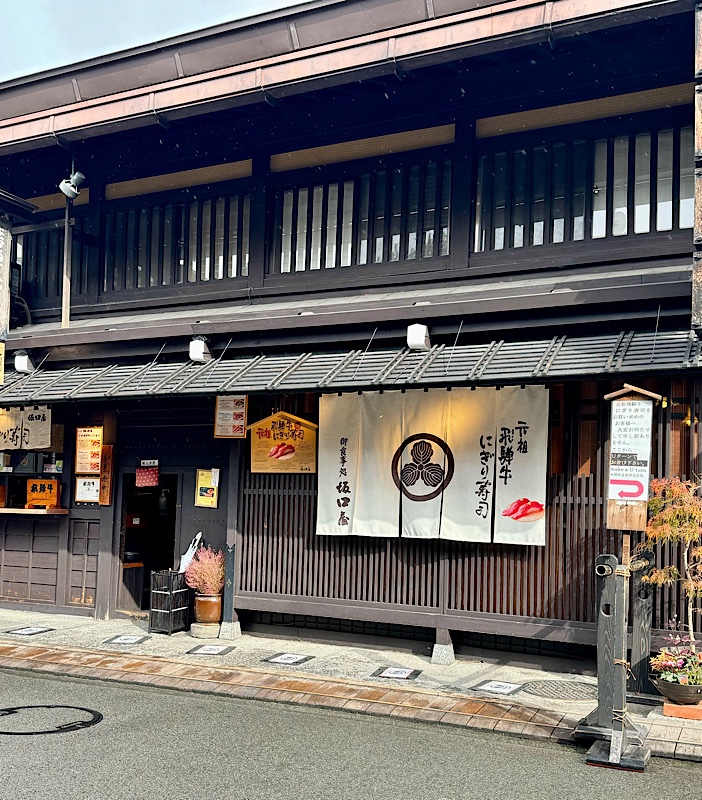
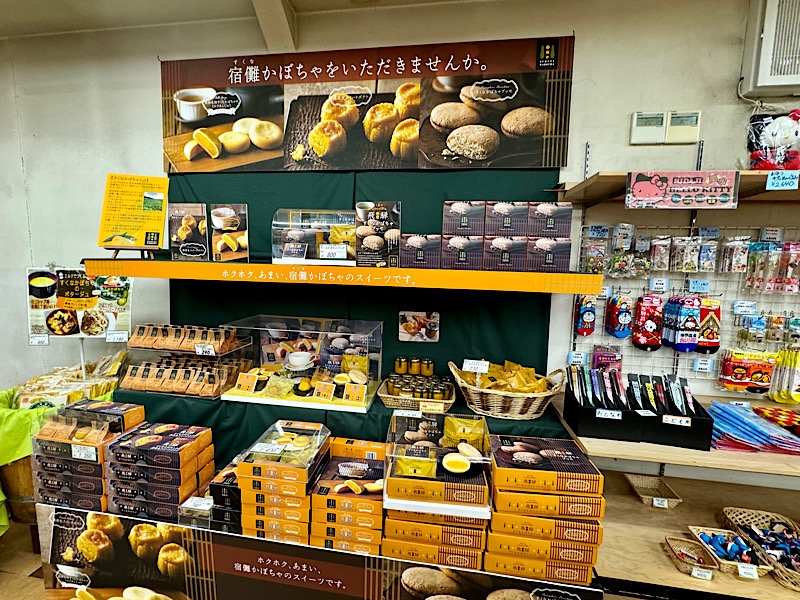
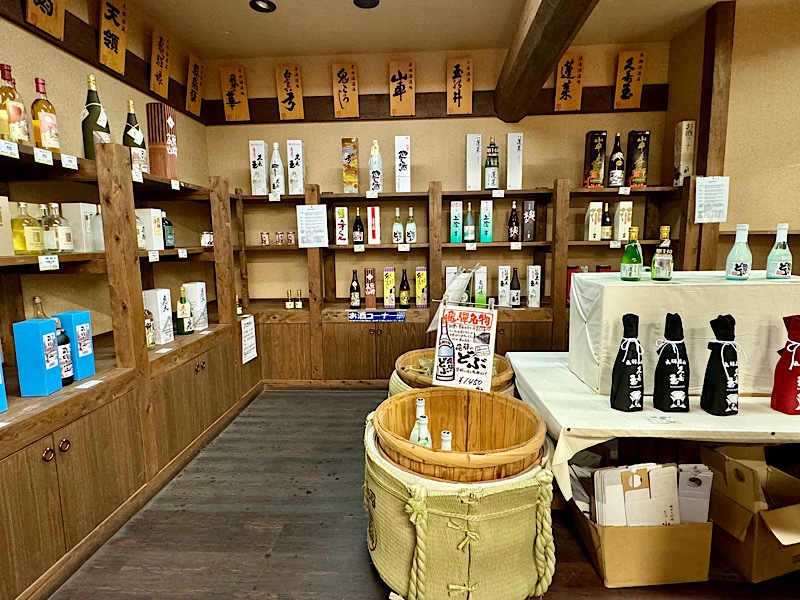
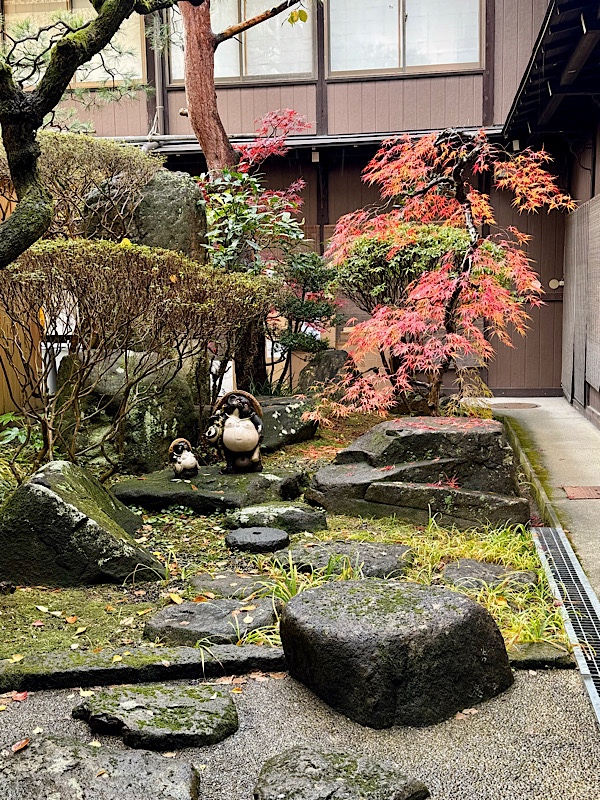
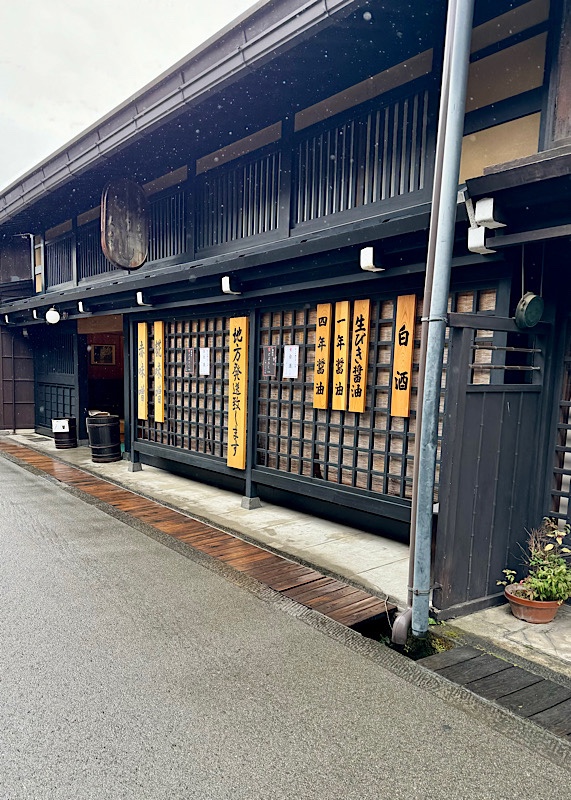
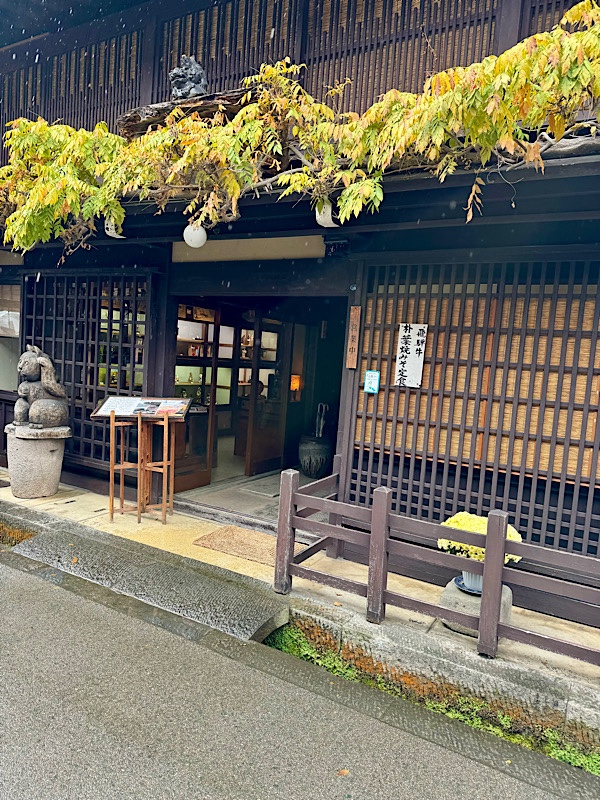 Funasaka Saké Brewery…
Funasaka Saké Brewery…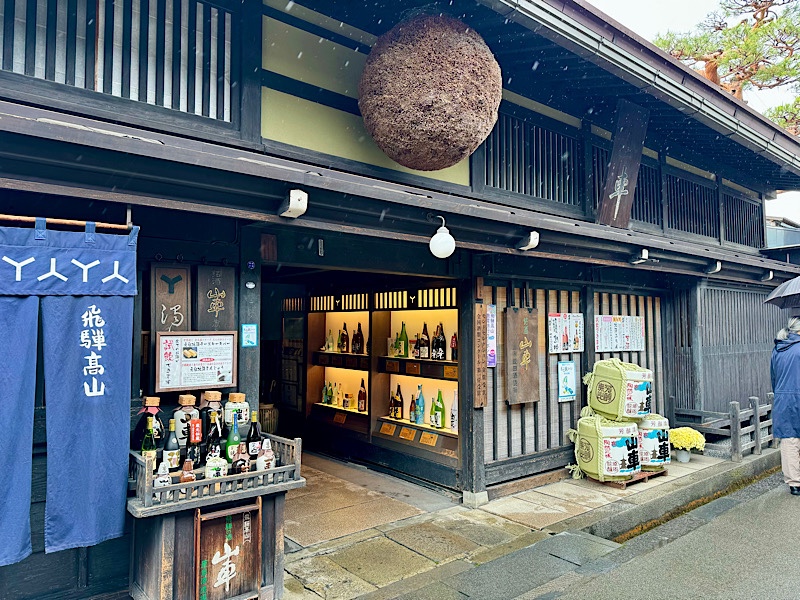 This place was great – you pay 450JPY for a little cup and you can fill it 12 times from 12 different bottles in their range that are kept in a big fridge you can access.
This place was great – you pay 450JPY for a little cup and you can fill it 12 times from 12 different bottles in their range that are kept in a big fridge you can access.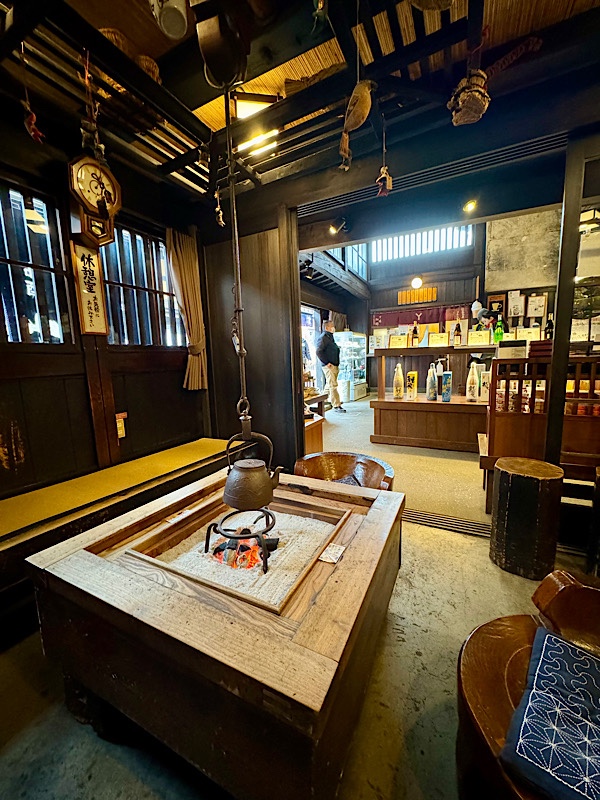
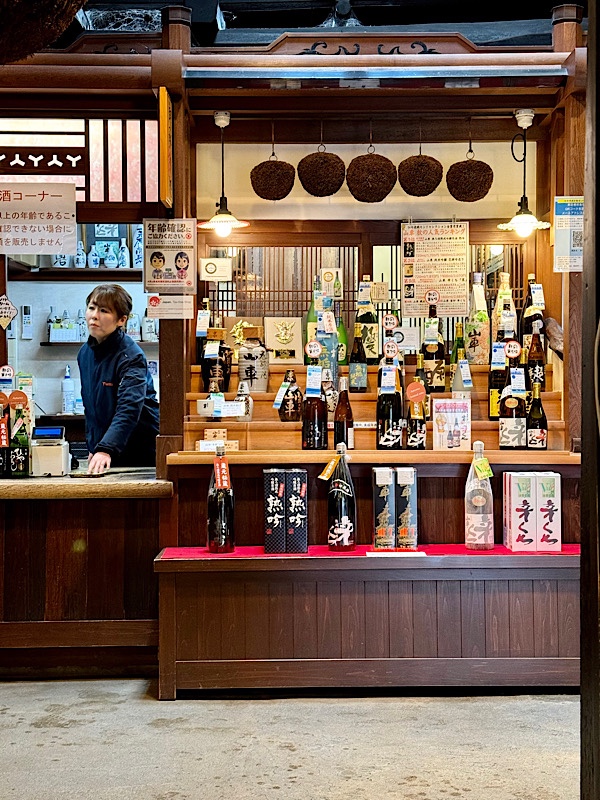
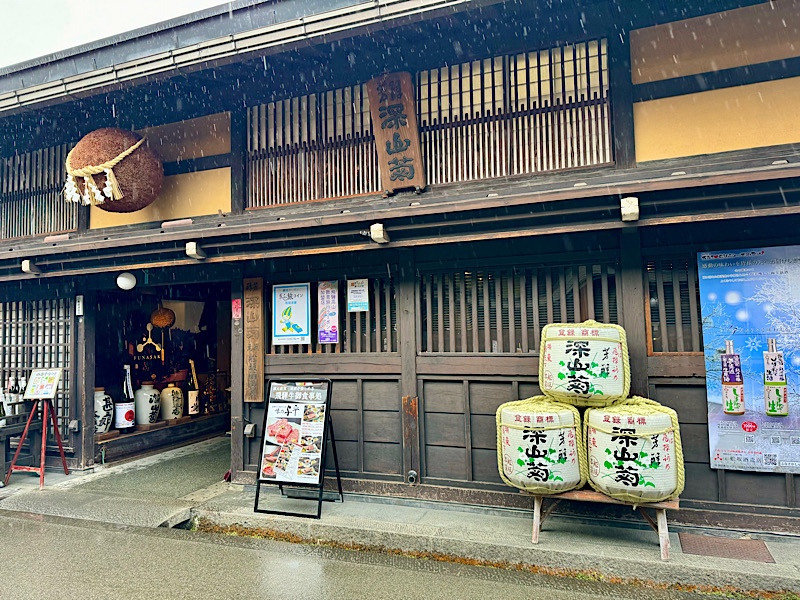
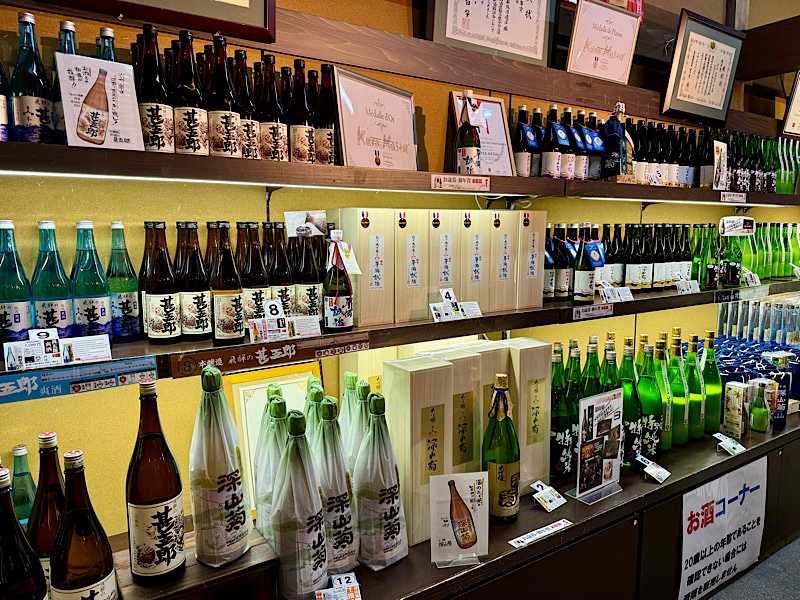
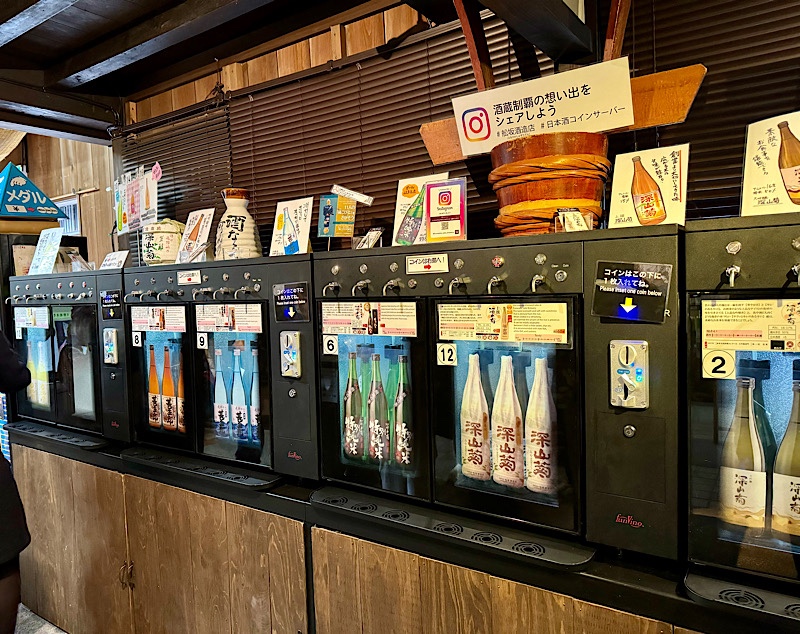
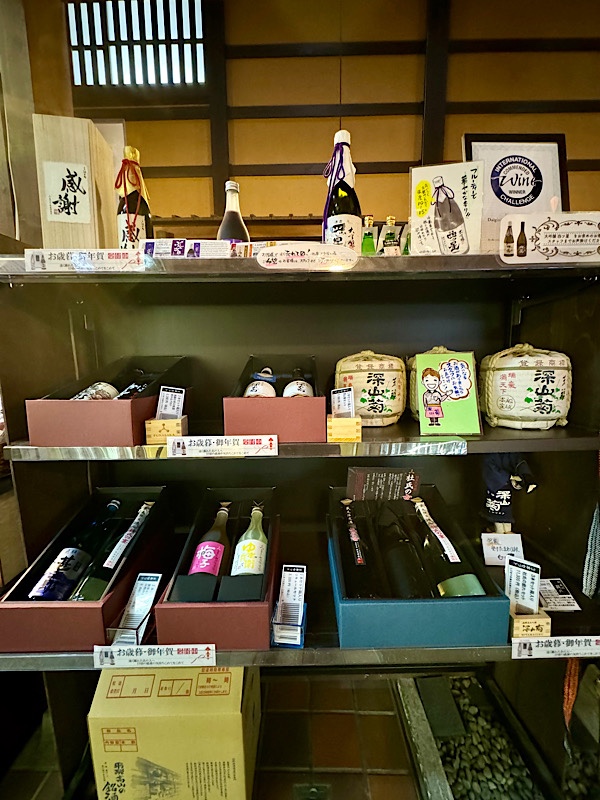 Matsuzaka Saké…
Matsuzaka Saké… 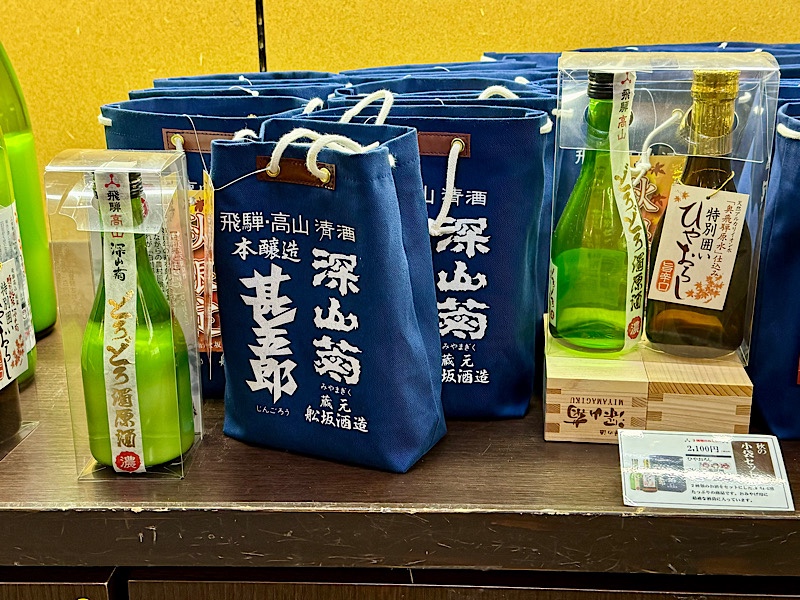 So many people lining up for the token machine!
So many people lining up for the token machine!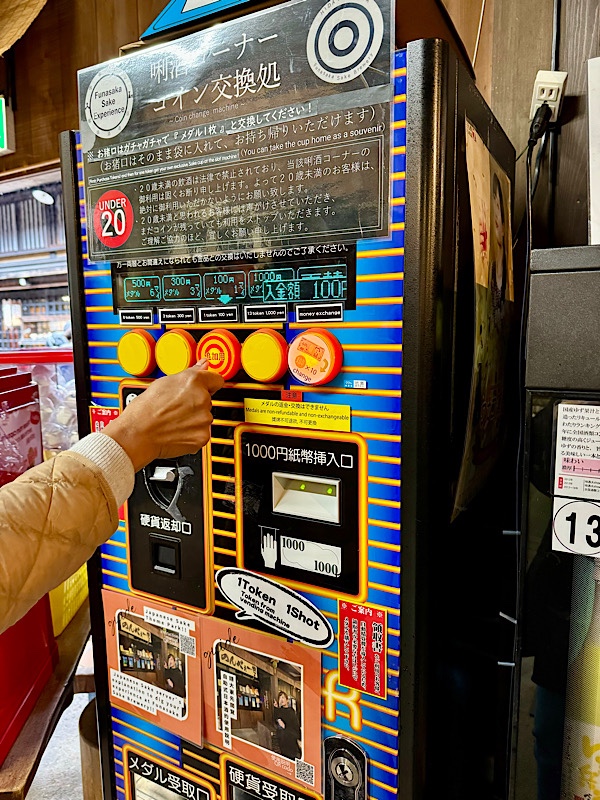
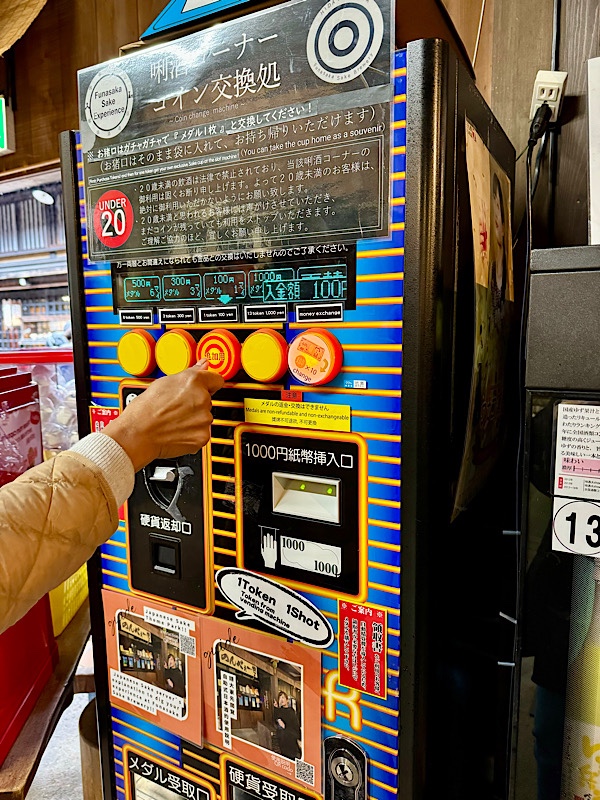 It was so easy to just hook into this… $10 later and you’re really quite toasted.
It was so easy to just hook into this… $10 later and you’re really quite toasted.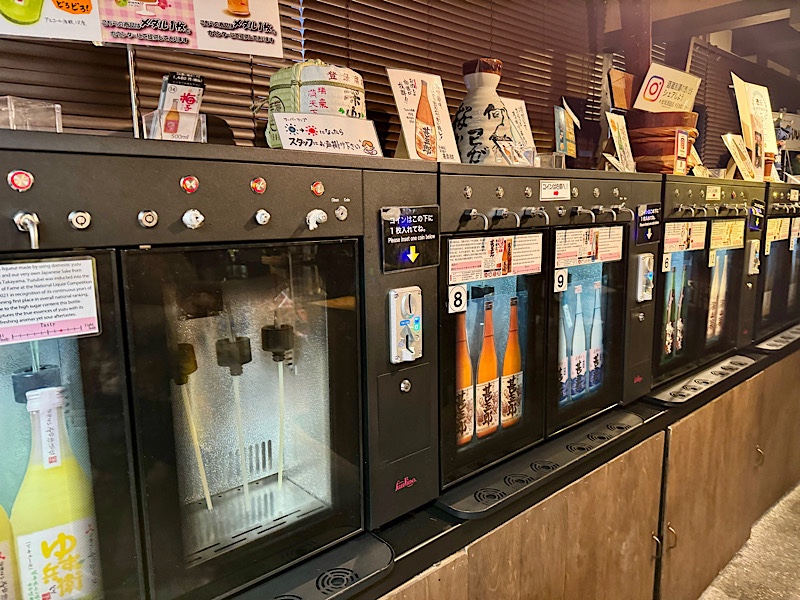 Quaffable stuff and well worth a stop!
Quaffable stuff and well worth a stop!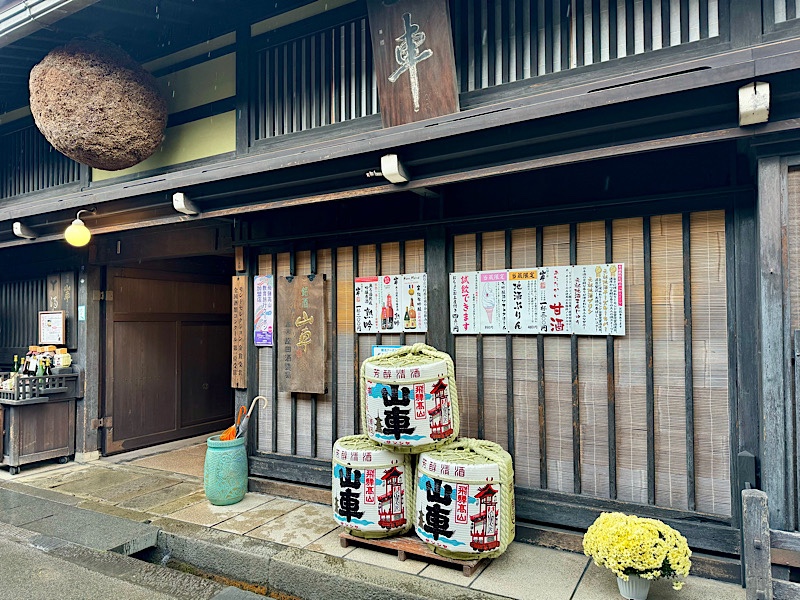 Ummm.. Kawashiri Brewery I think? :/
Ummm.. Kawashiri Brewery I think? :/ 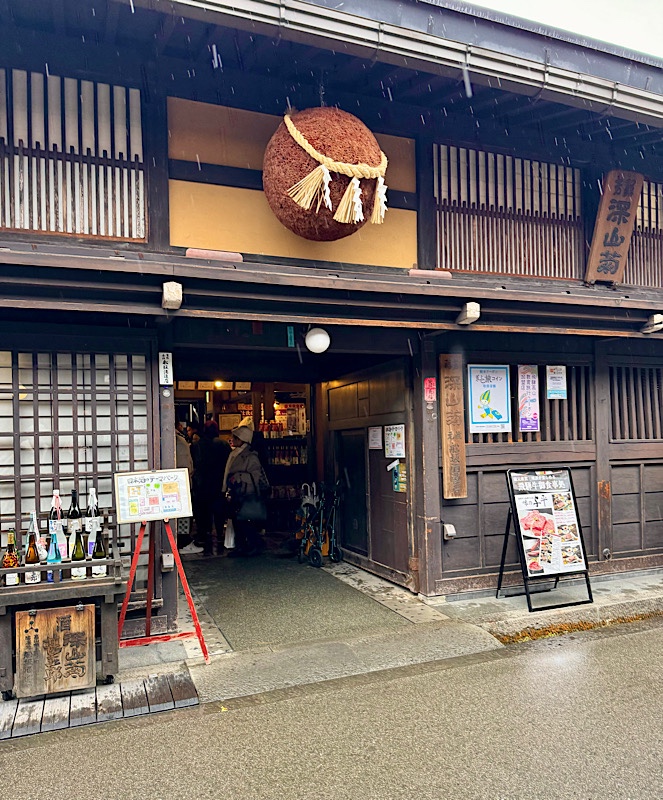 It was about this point that we decided we should get back to our accom as we had more work to do and I was rapidly ending up in a state where I wasn’t going to useful at all!
It was about this point that we decided we should get back to our accom as we had more work to do and I was rapidly ending up in a state where I wasn’t going to useful at all!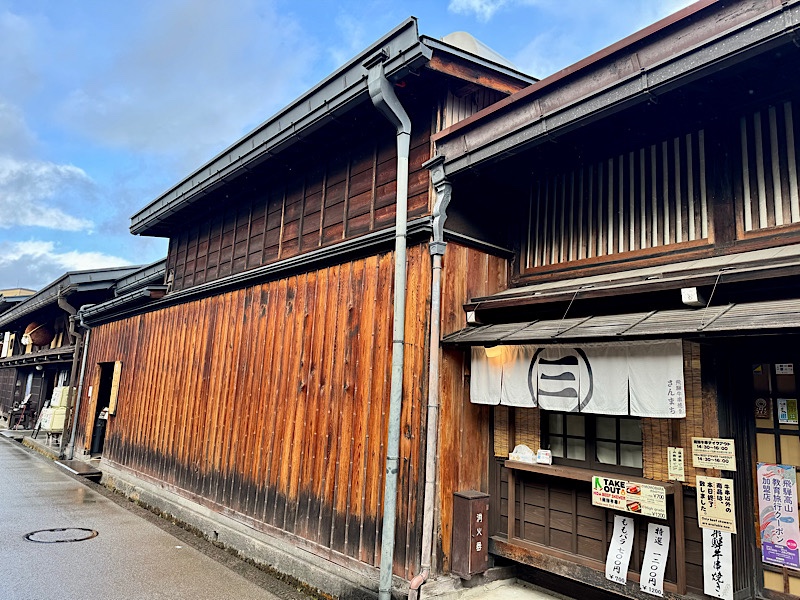
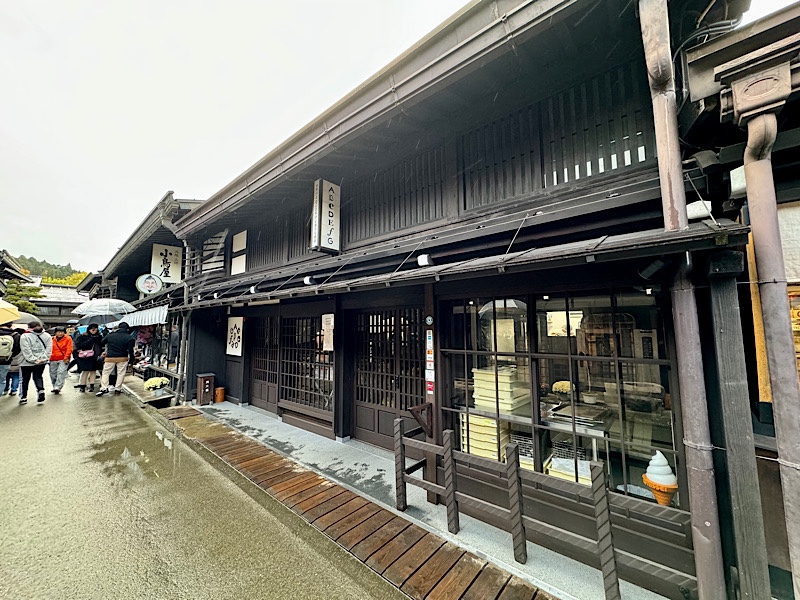
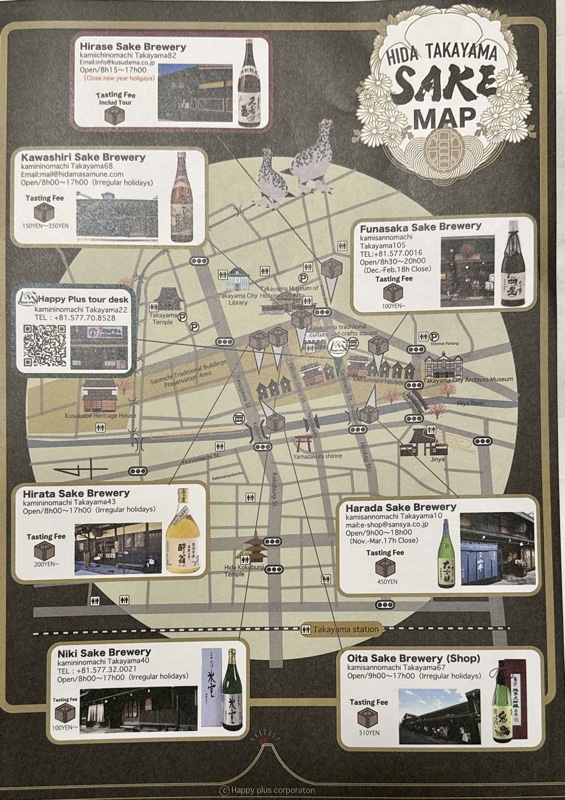
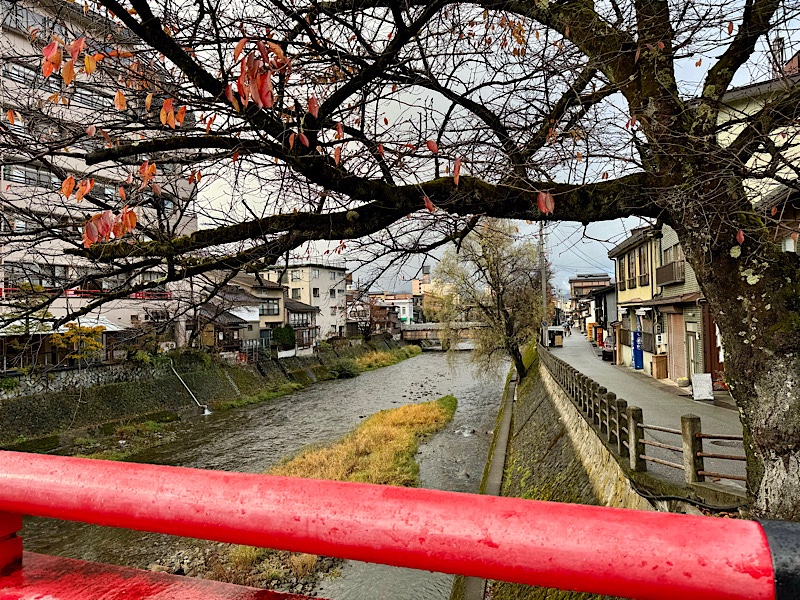
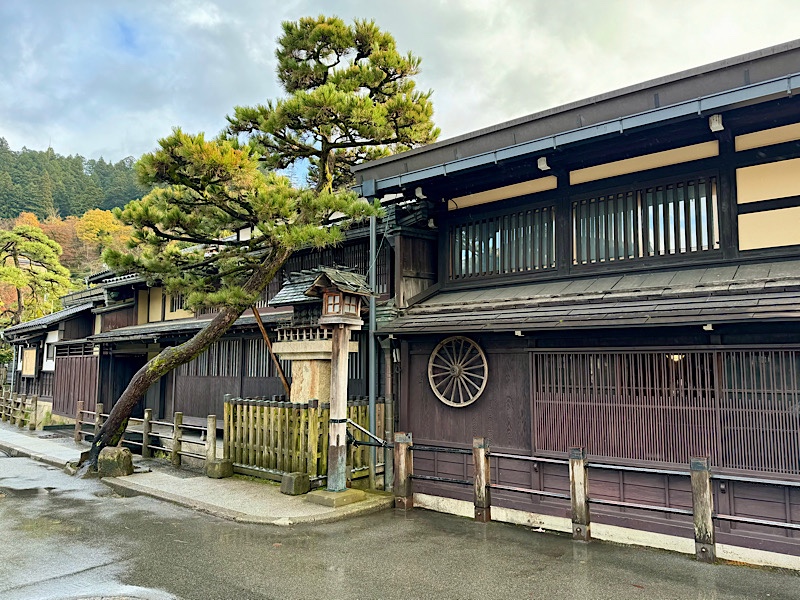 Gorgeous little town with heaps to see. And we didn’t even touch on their weird retro museums and other offerings.
Gorgeous little town with heaps to see. And we didn’t even touch on their weird retro museums and other offerings.